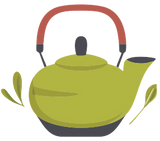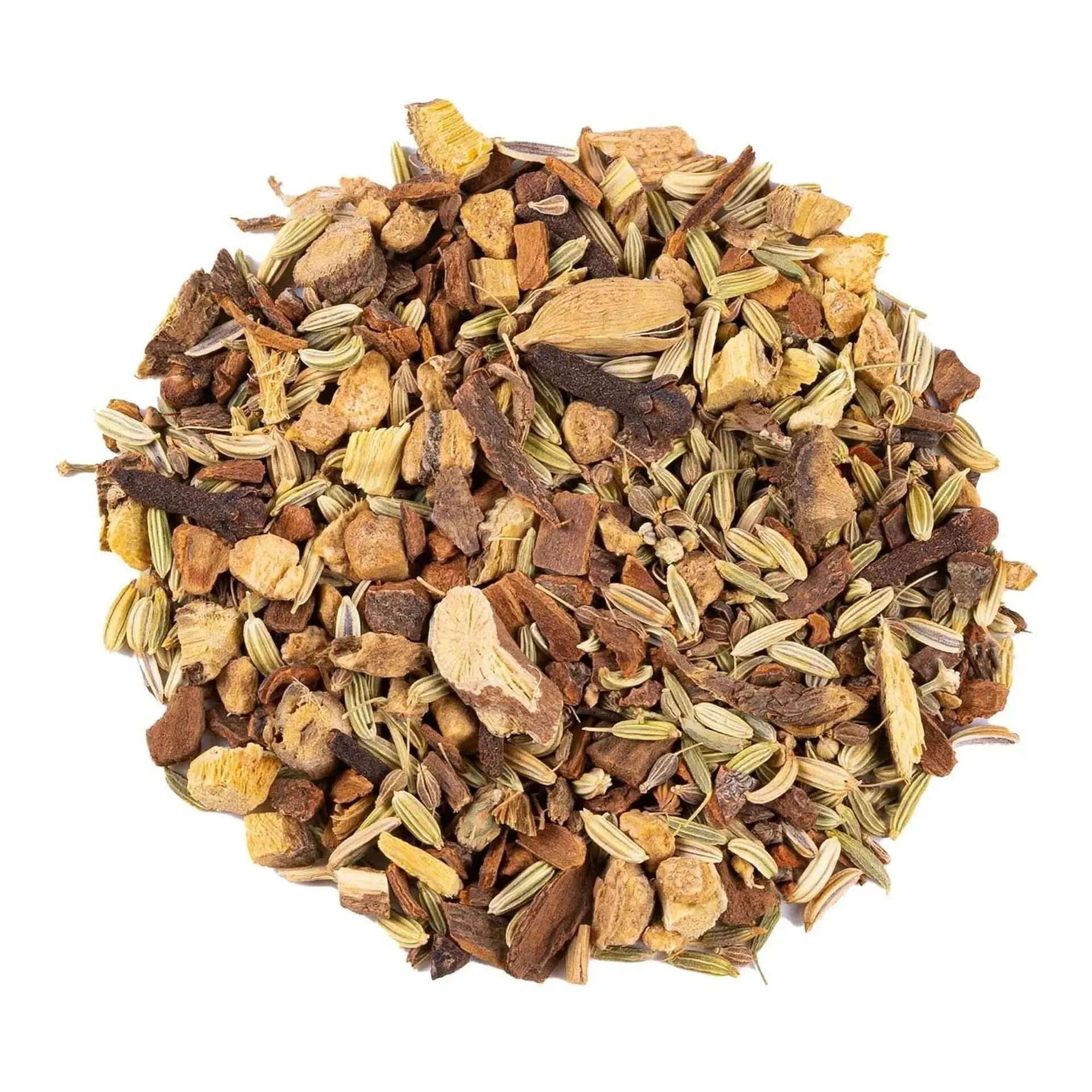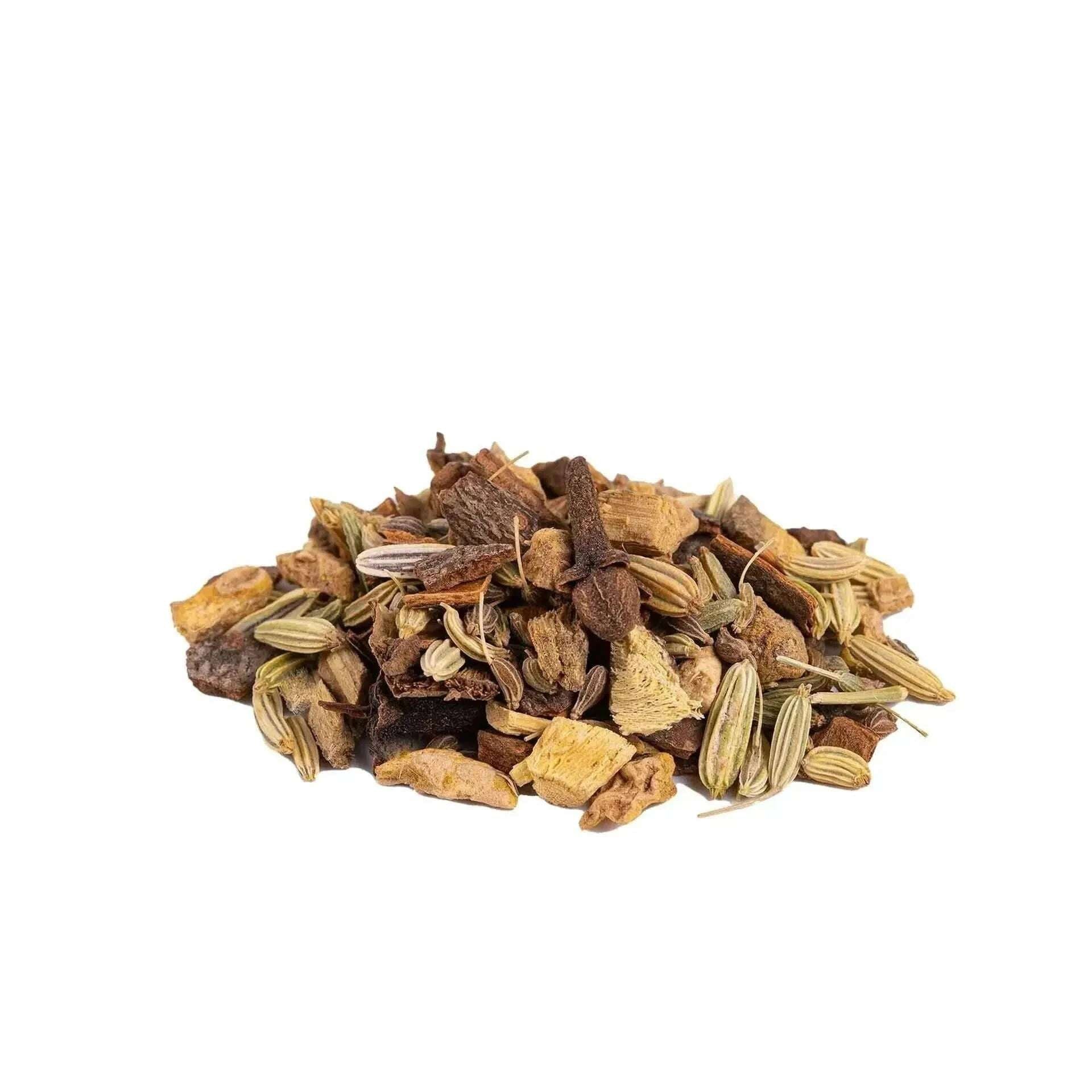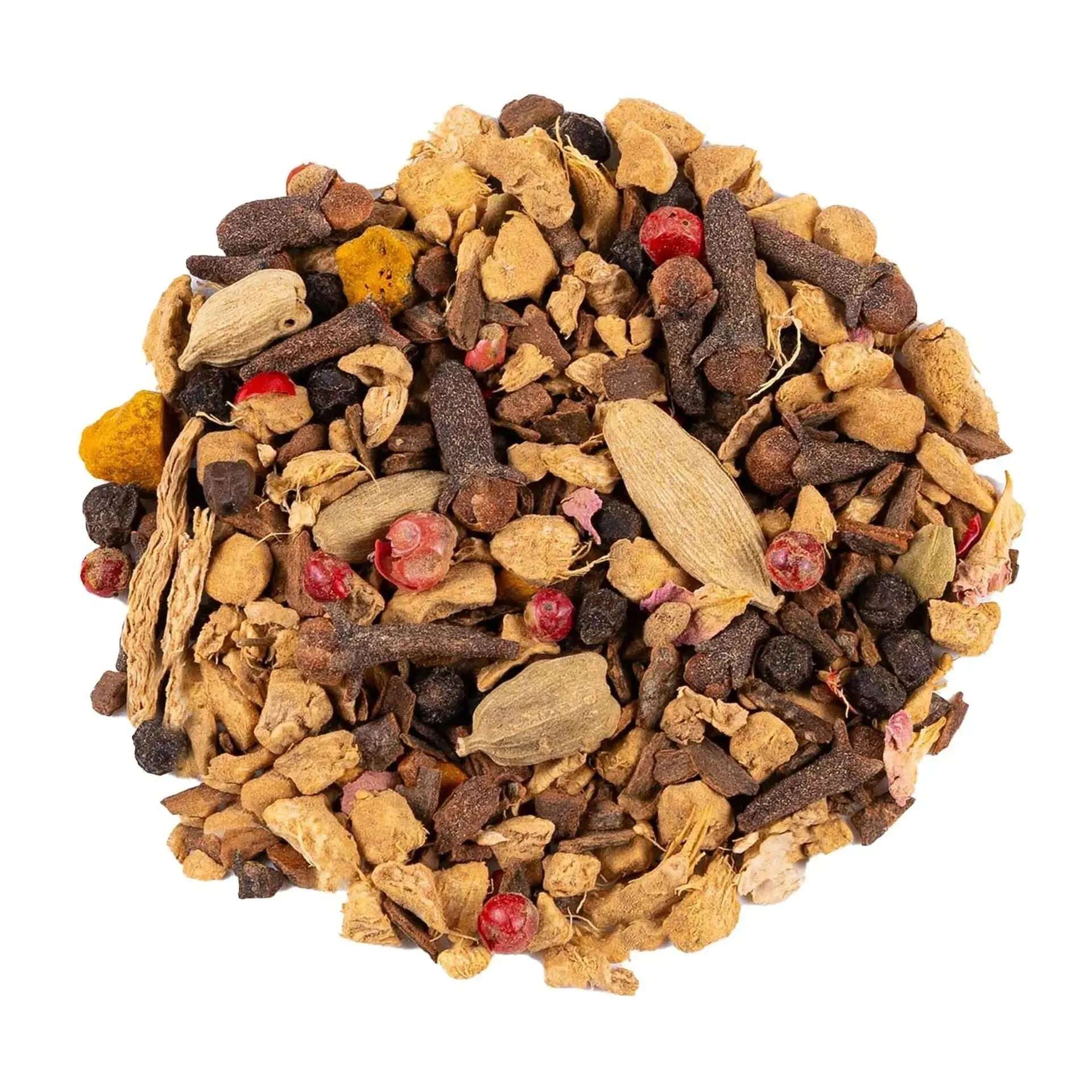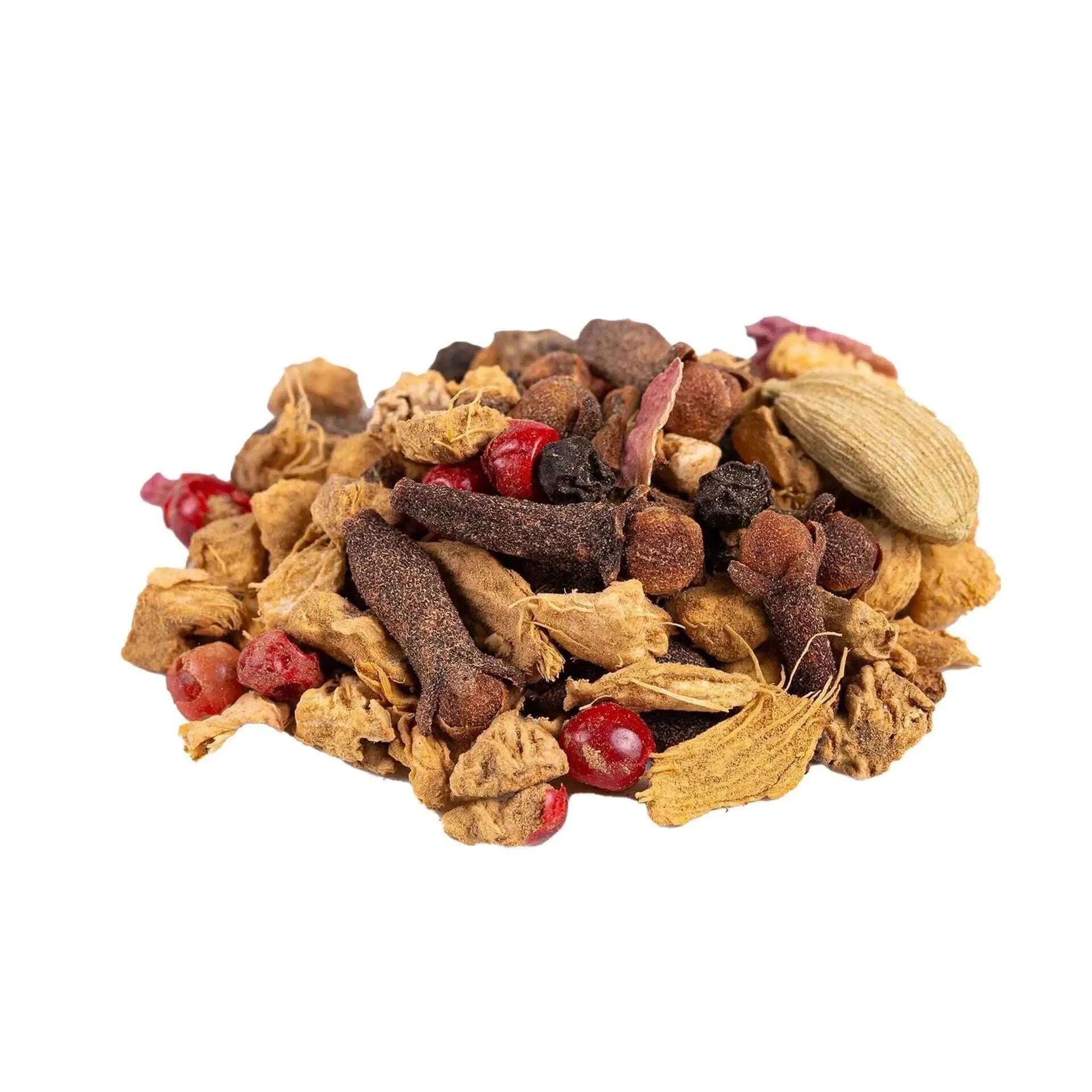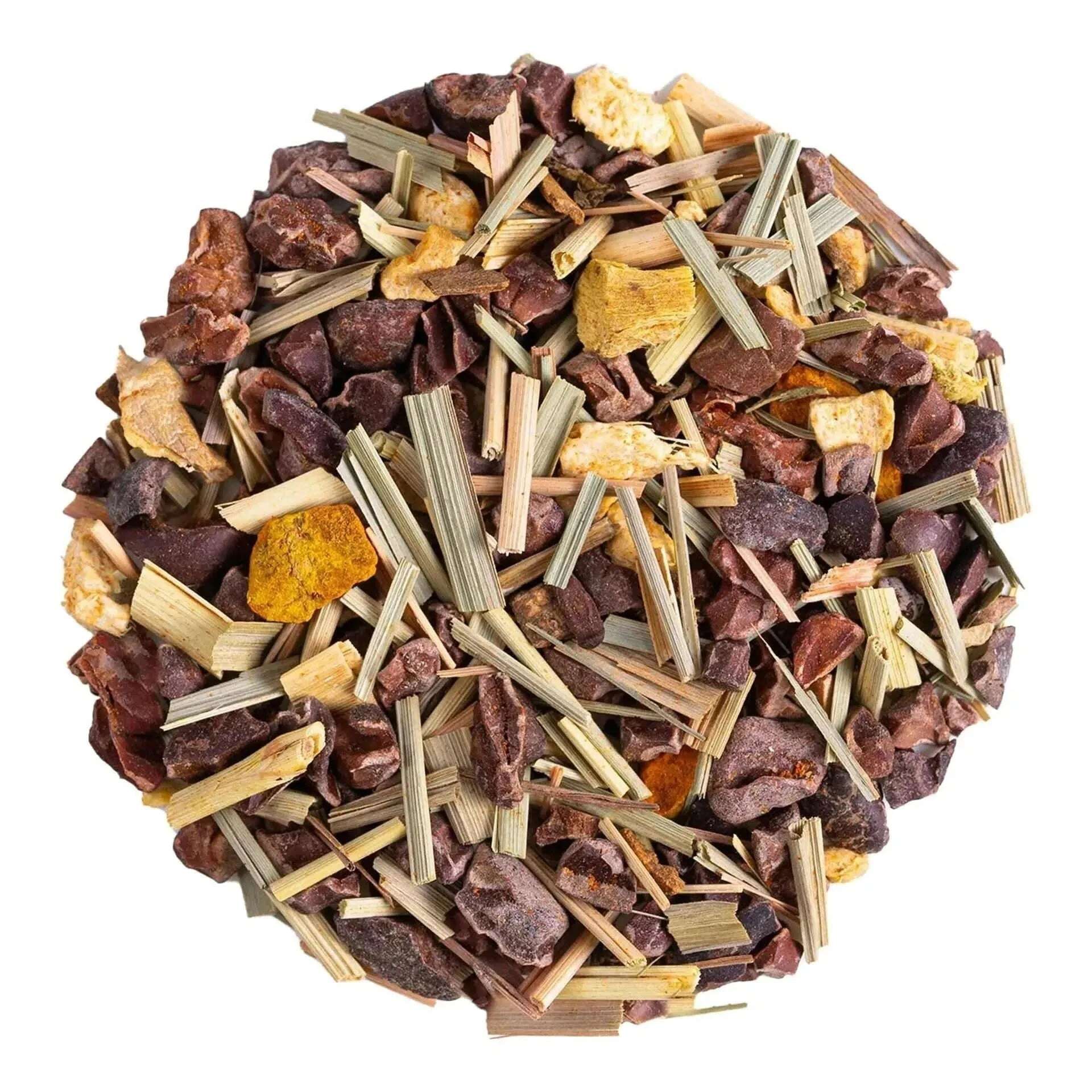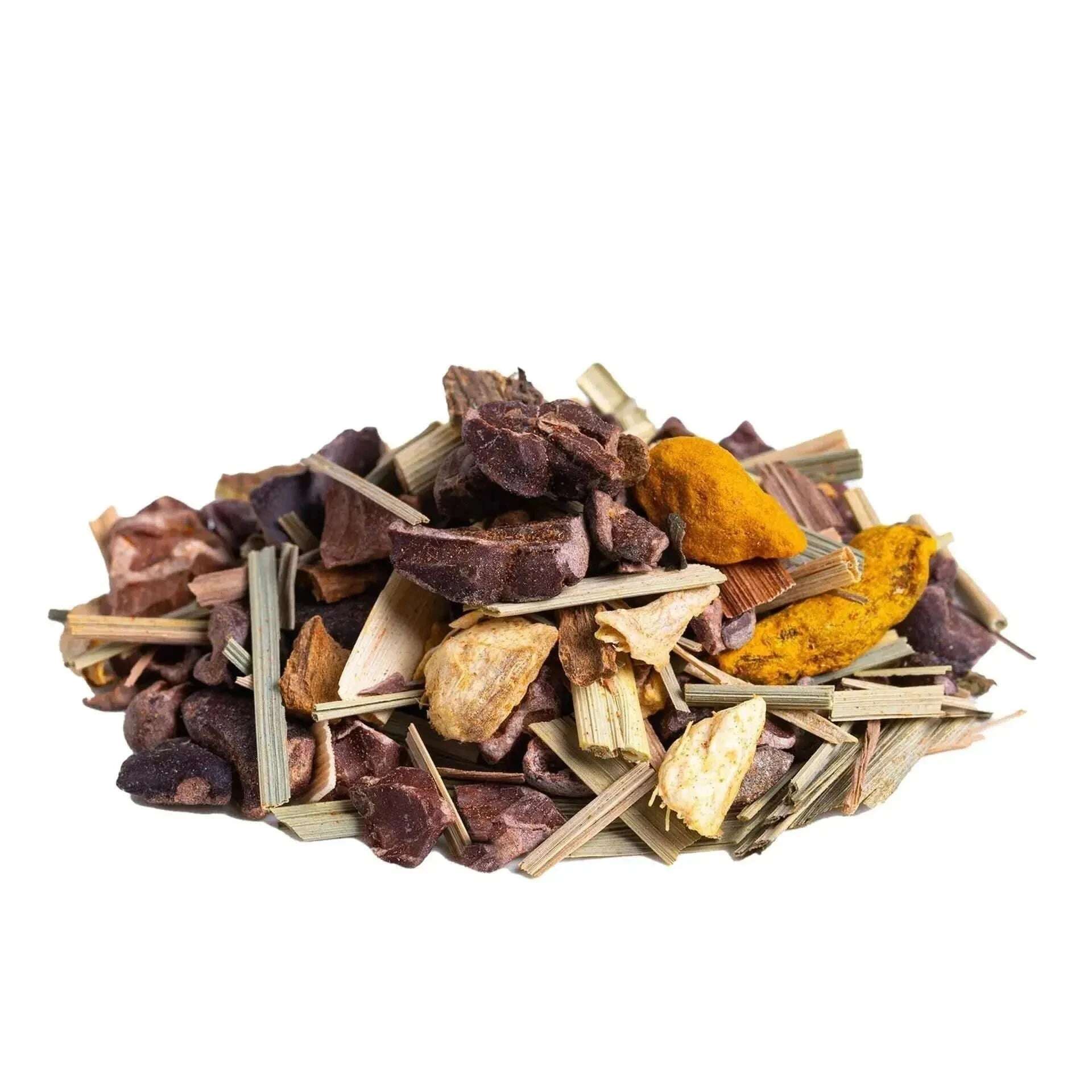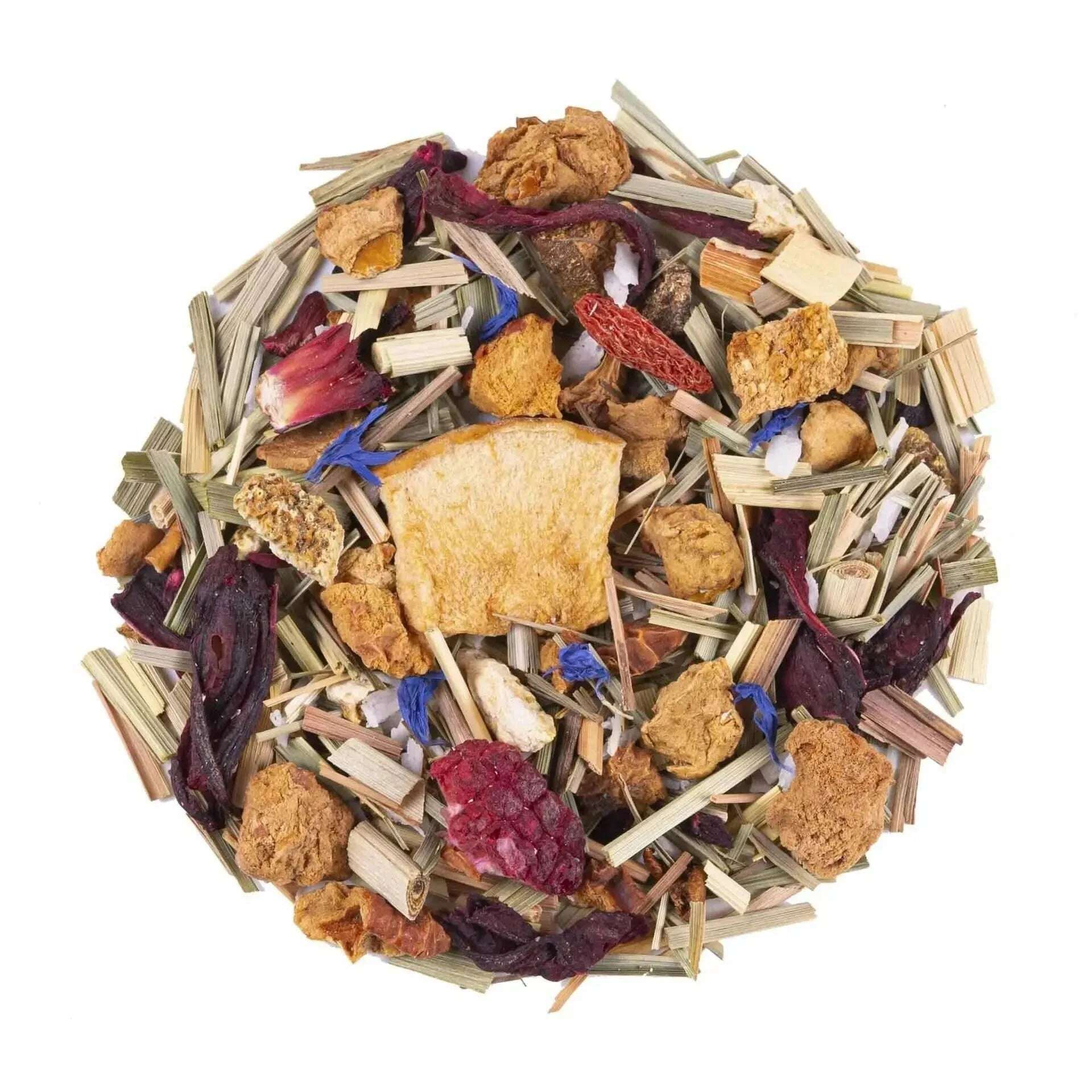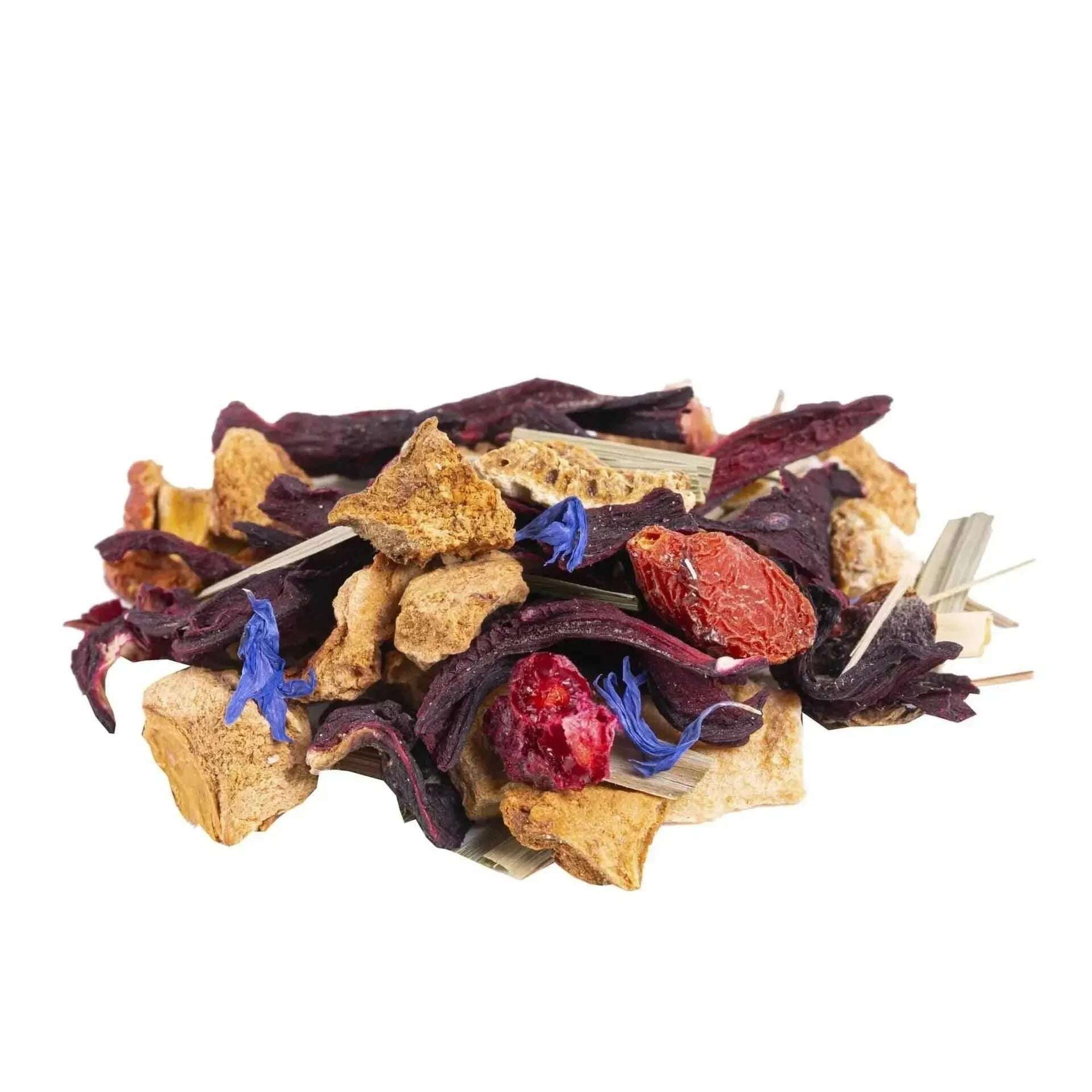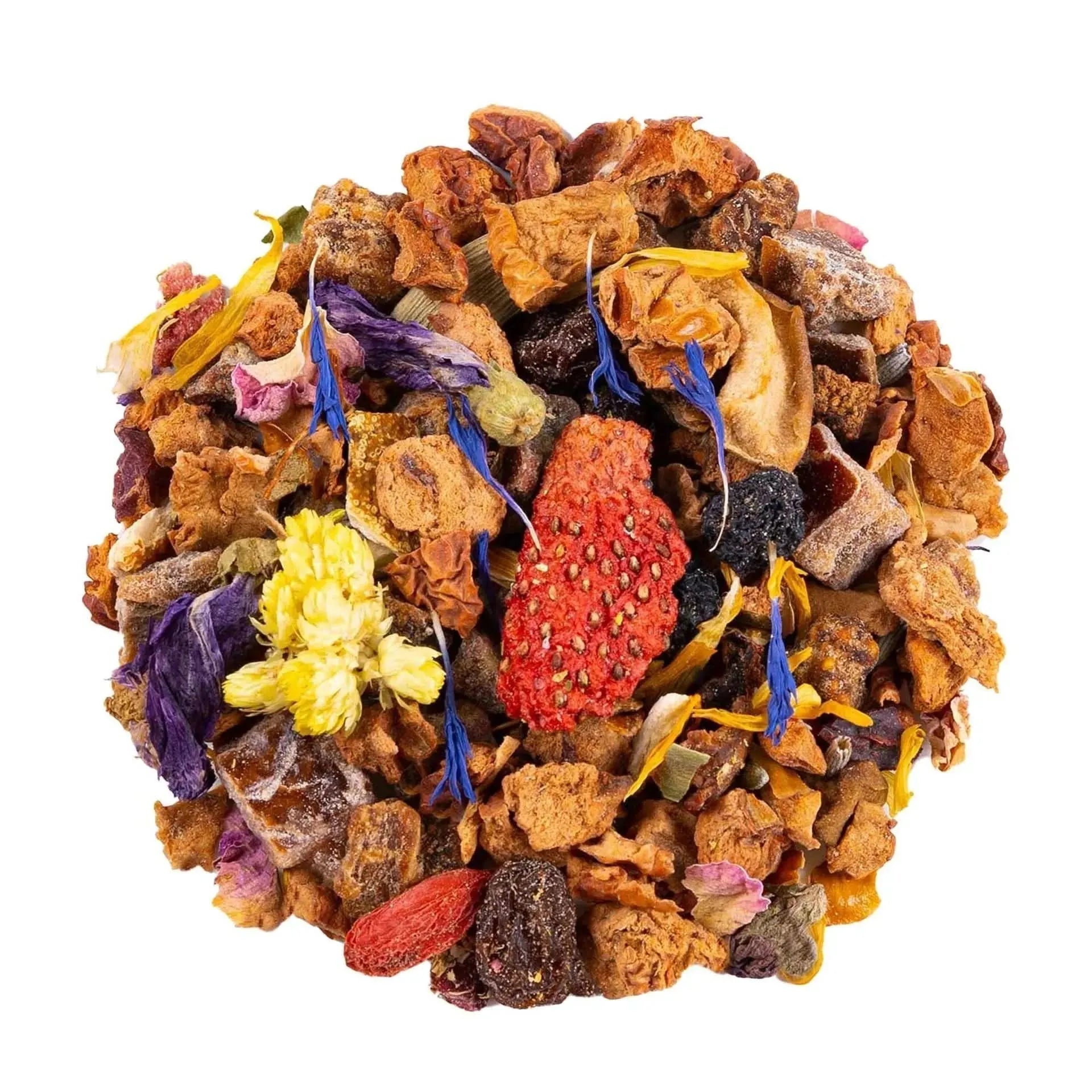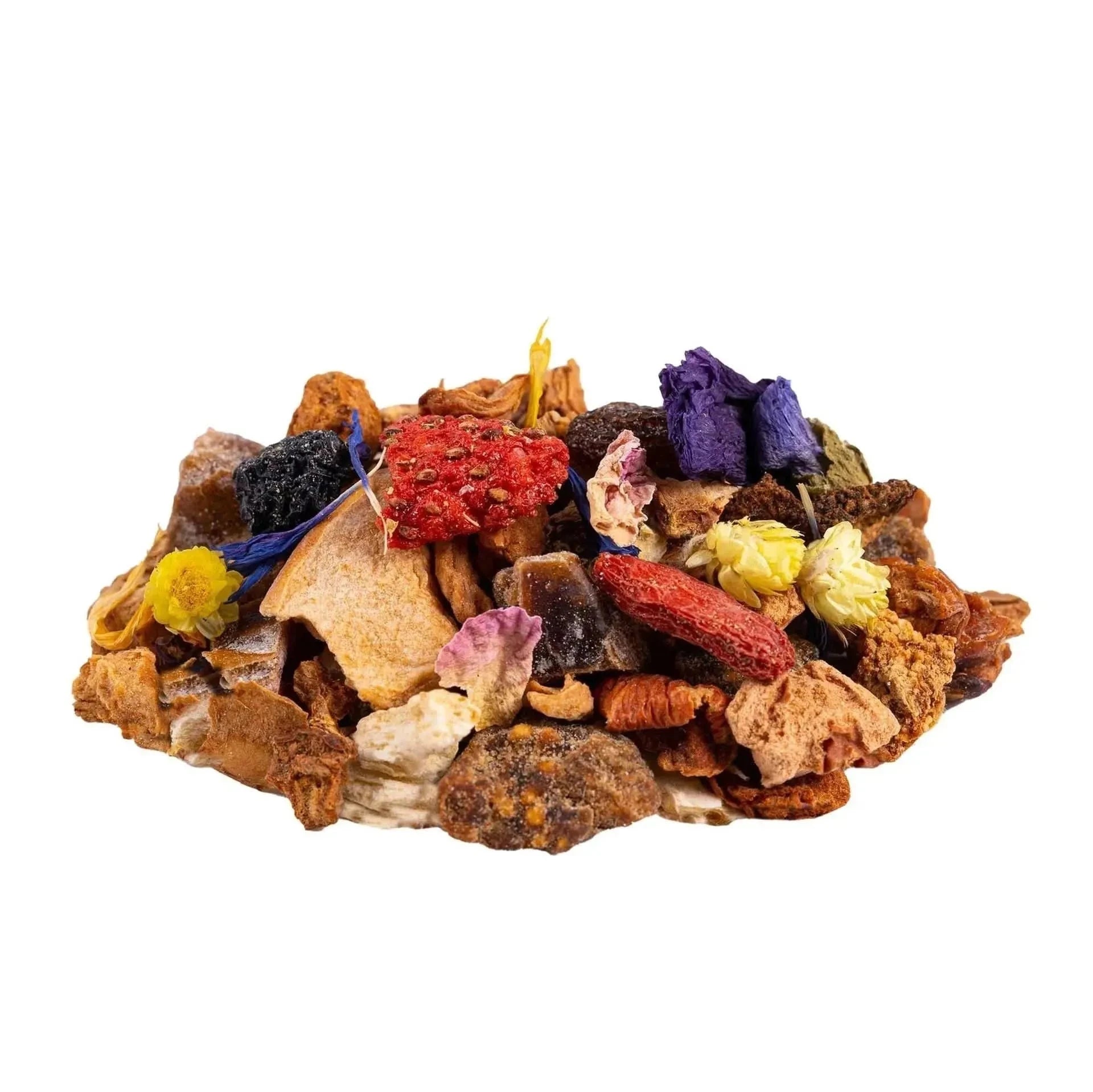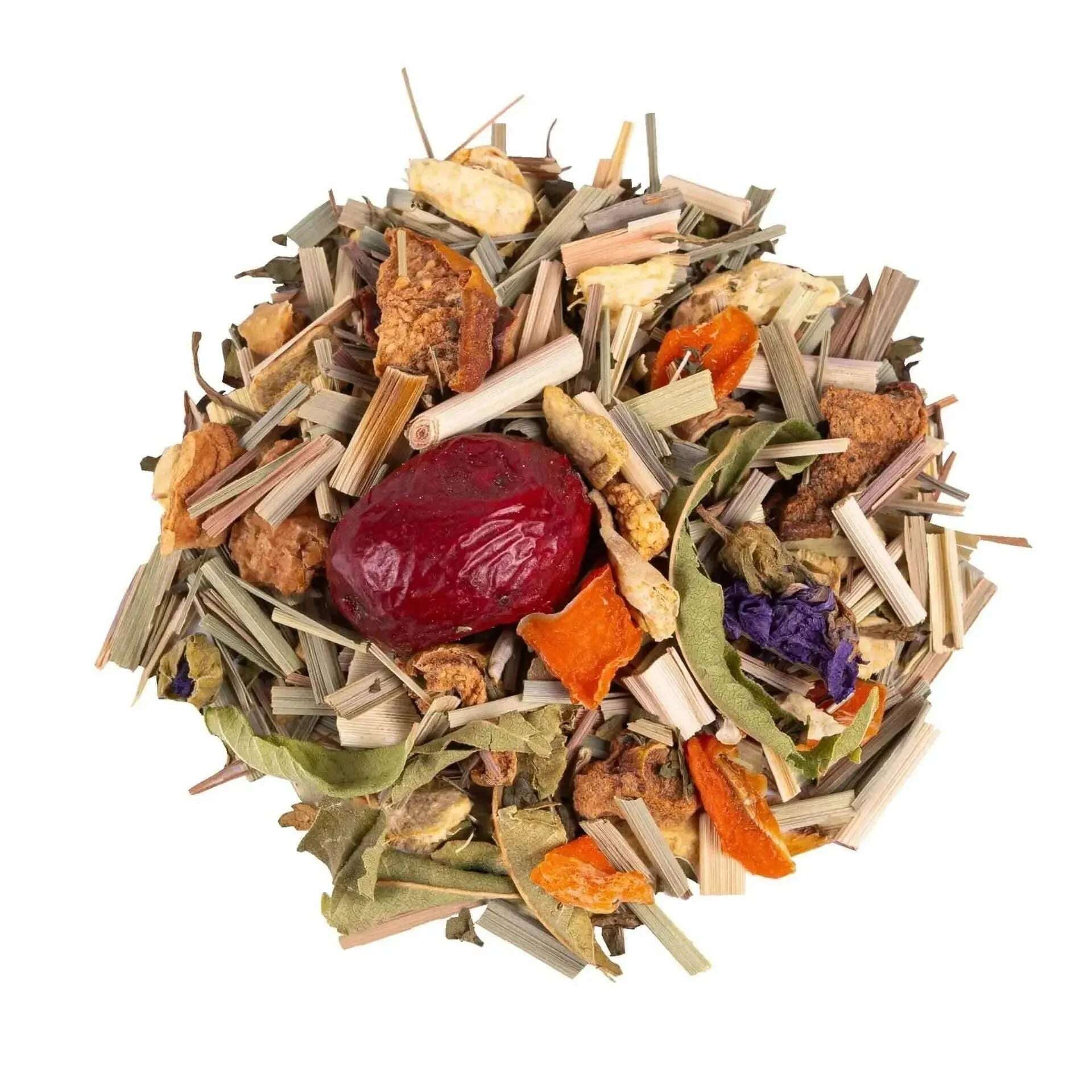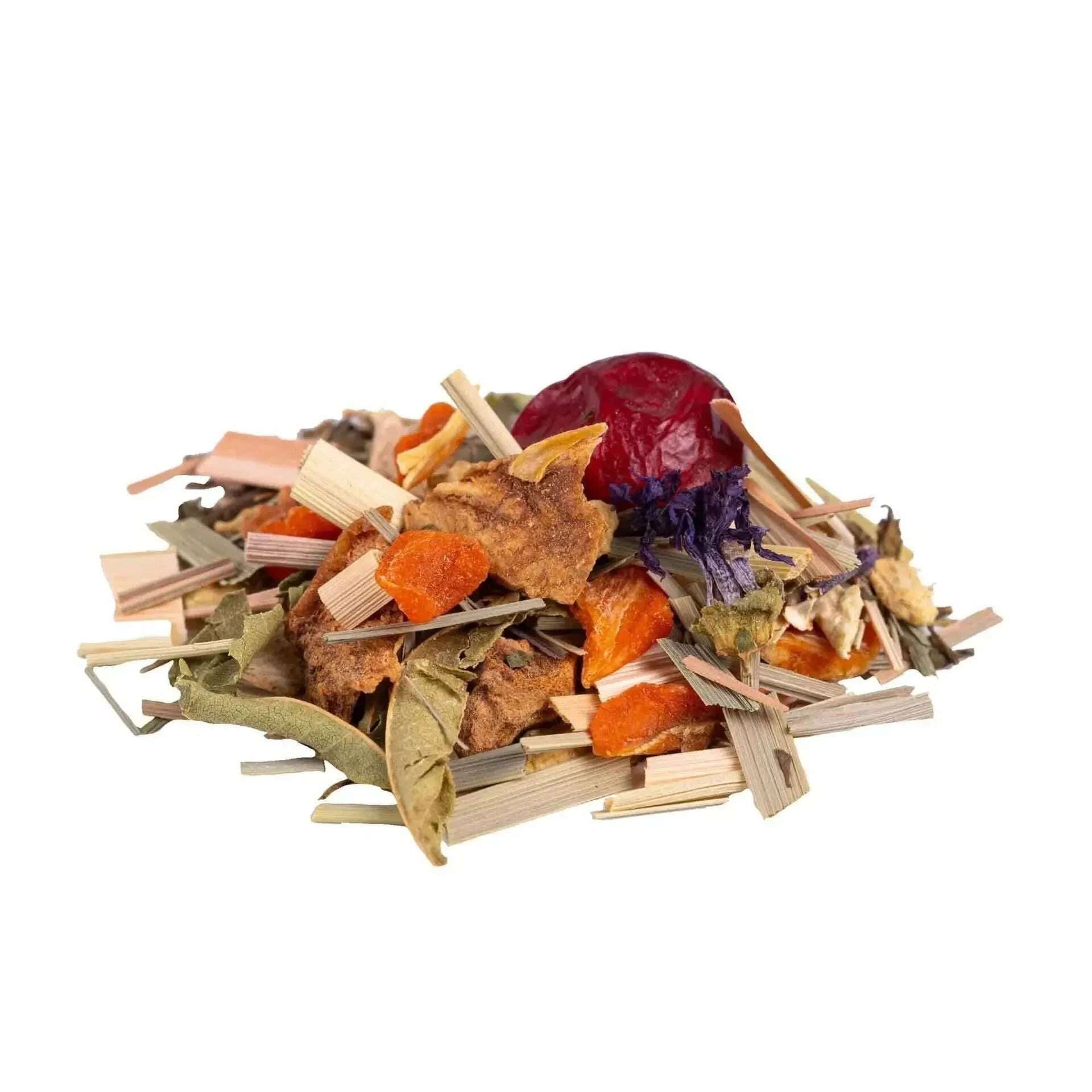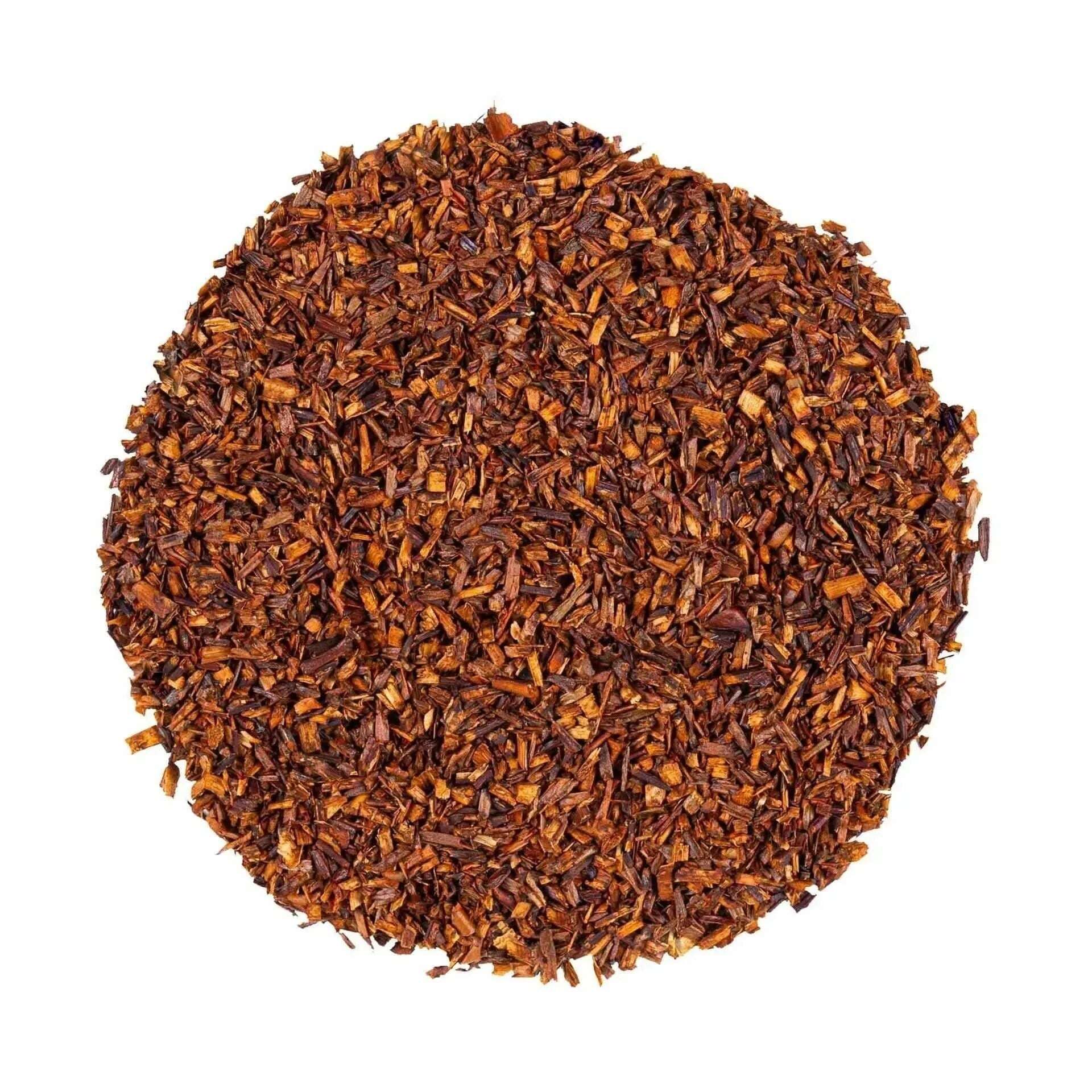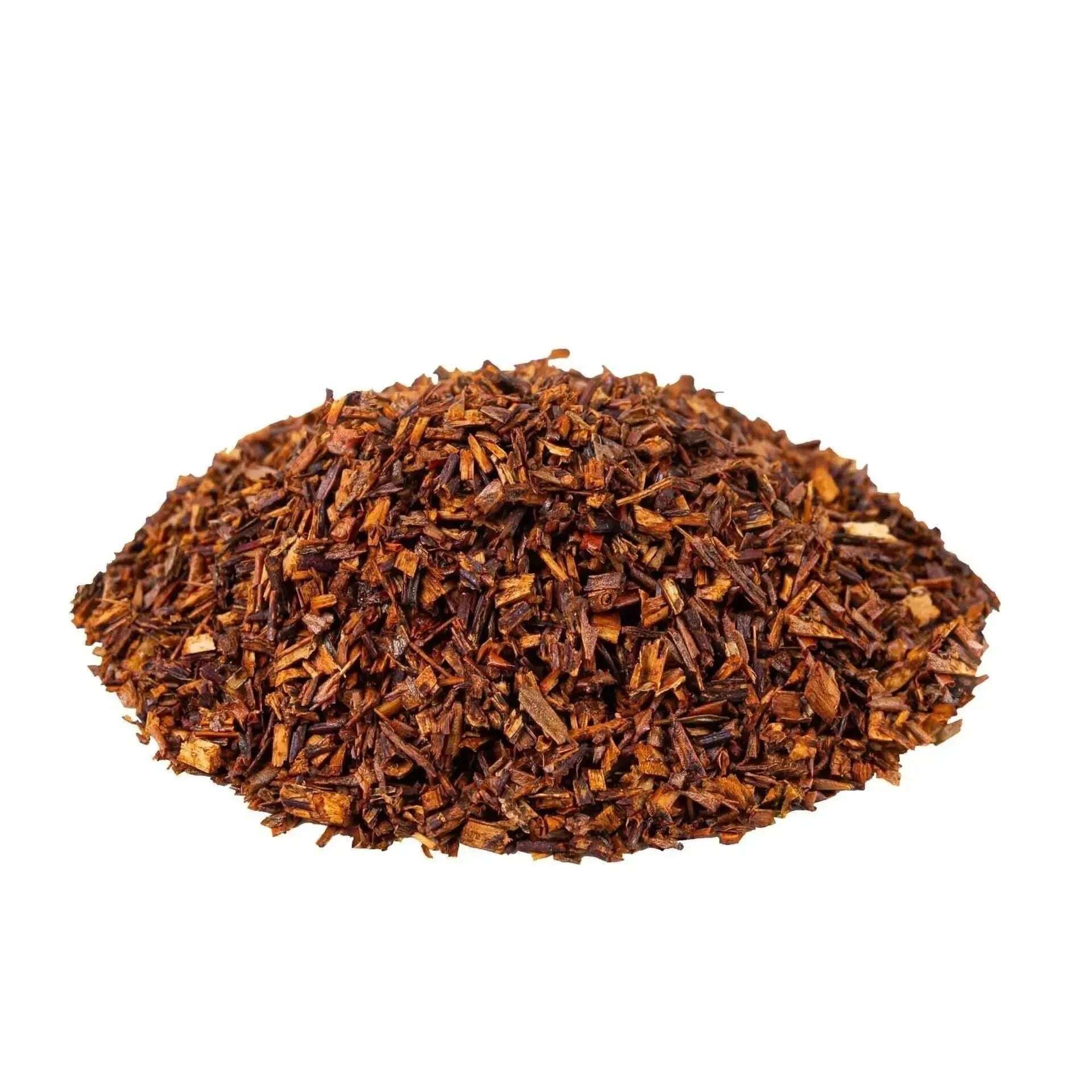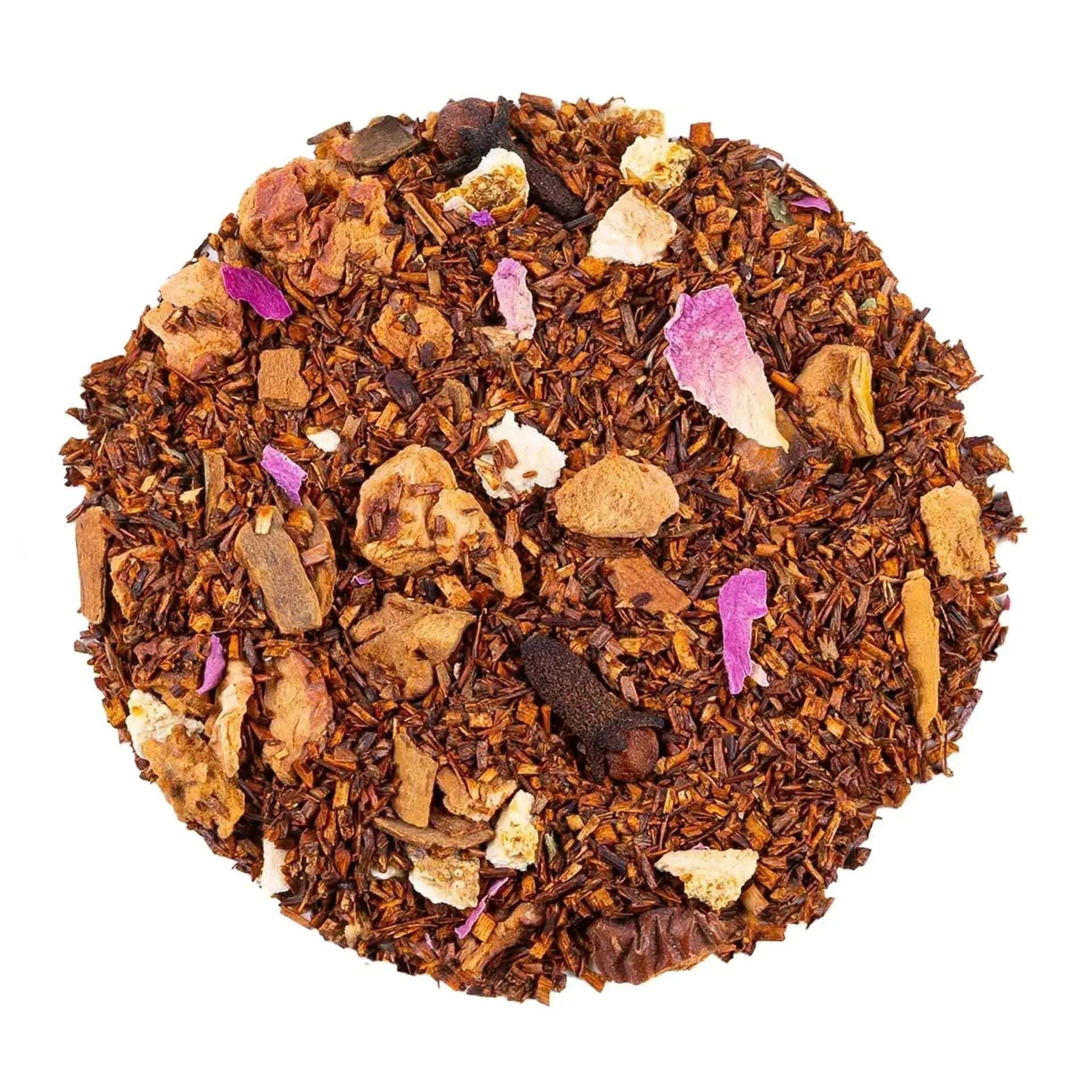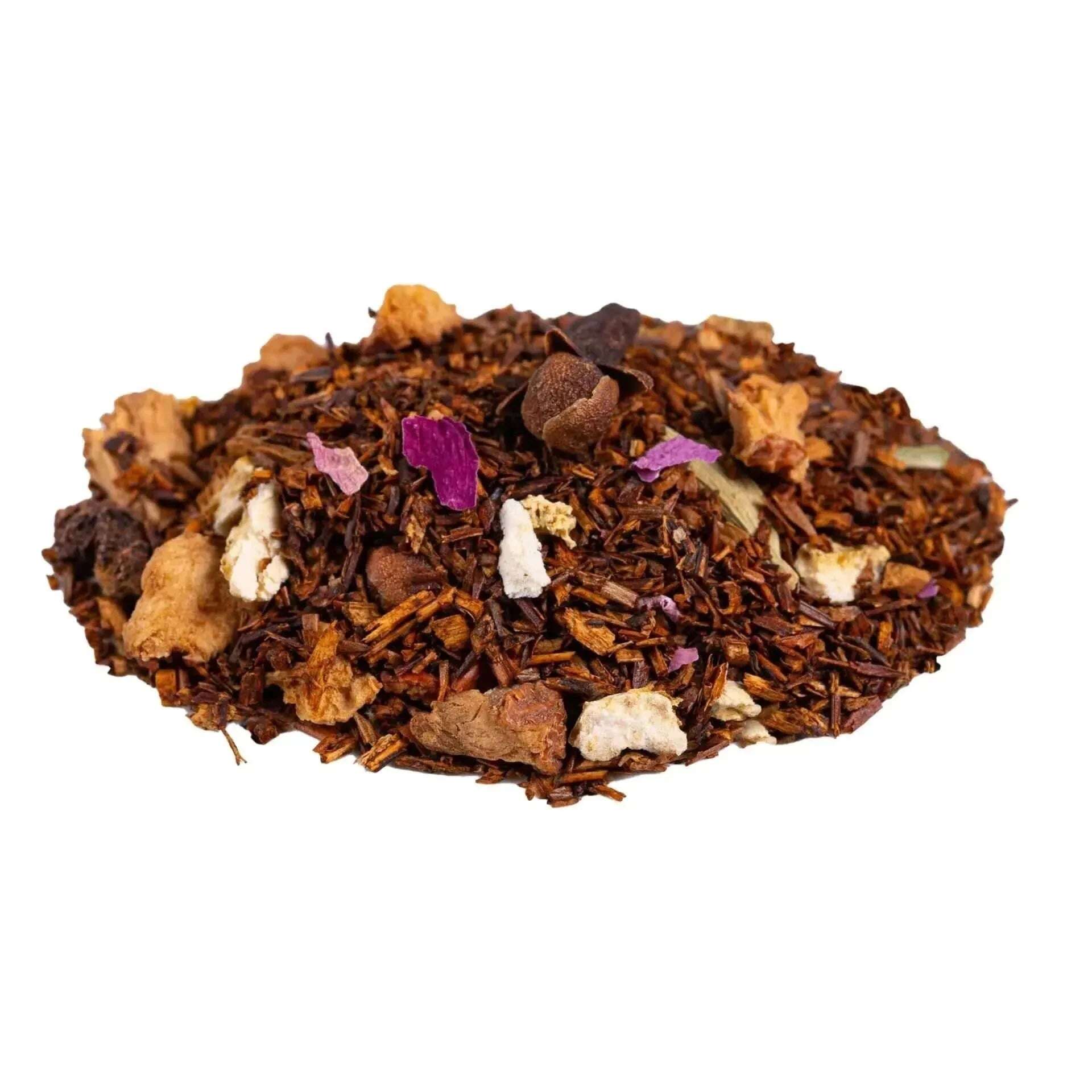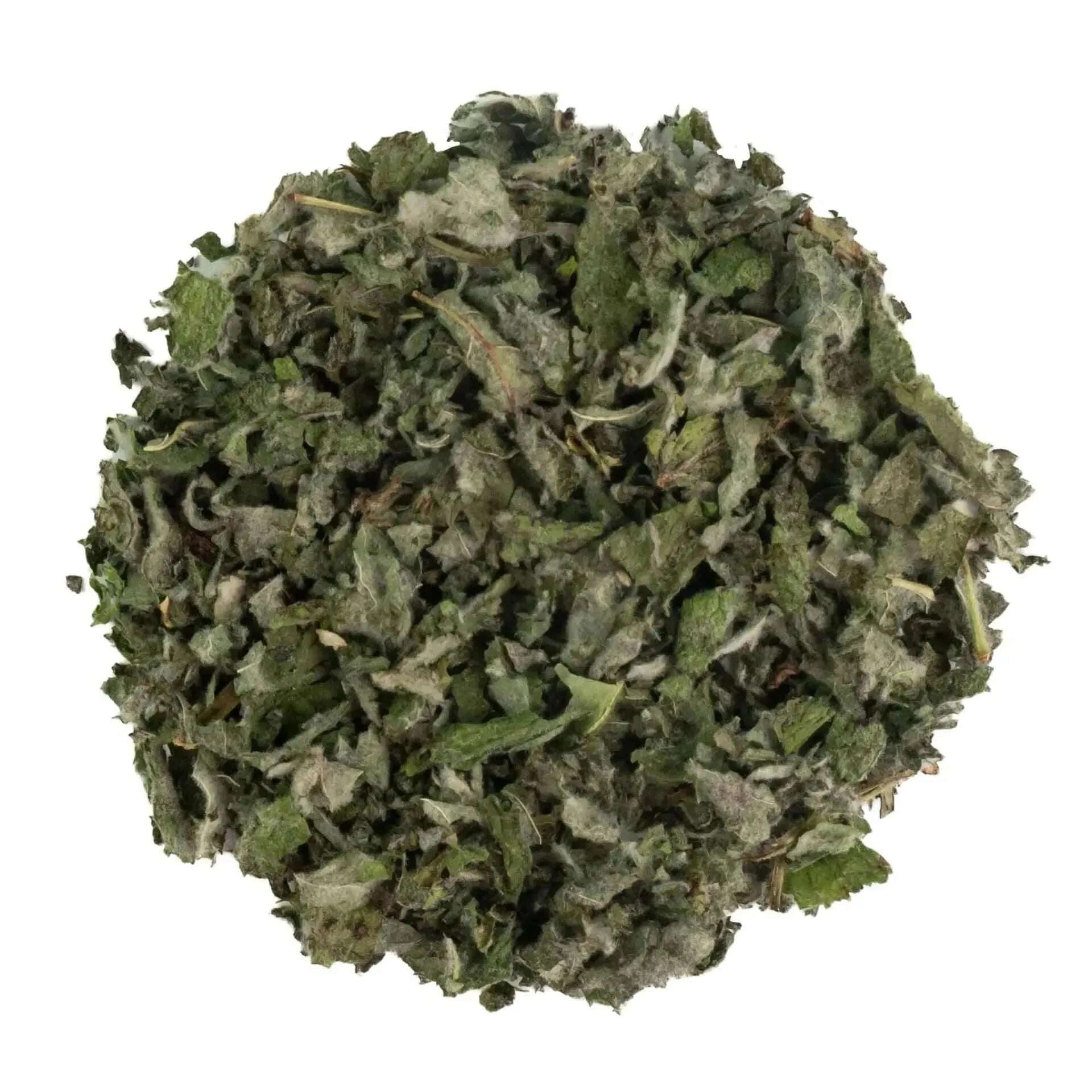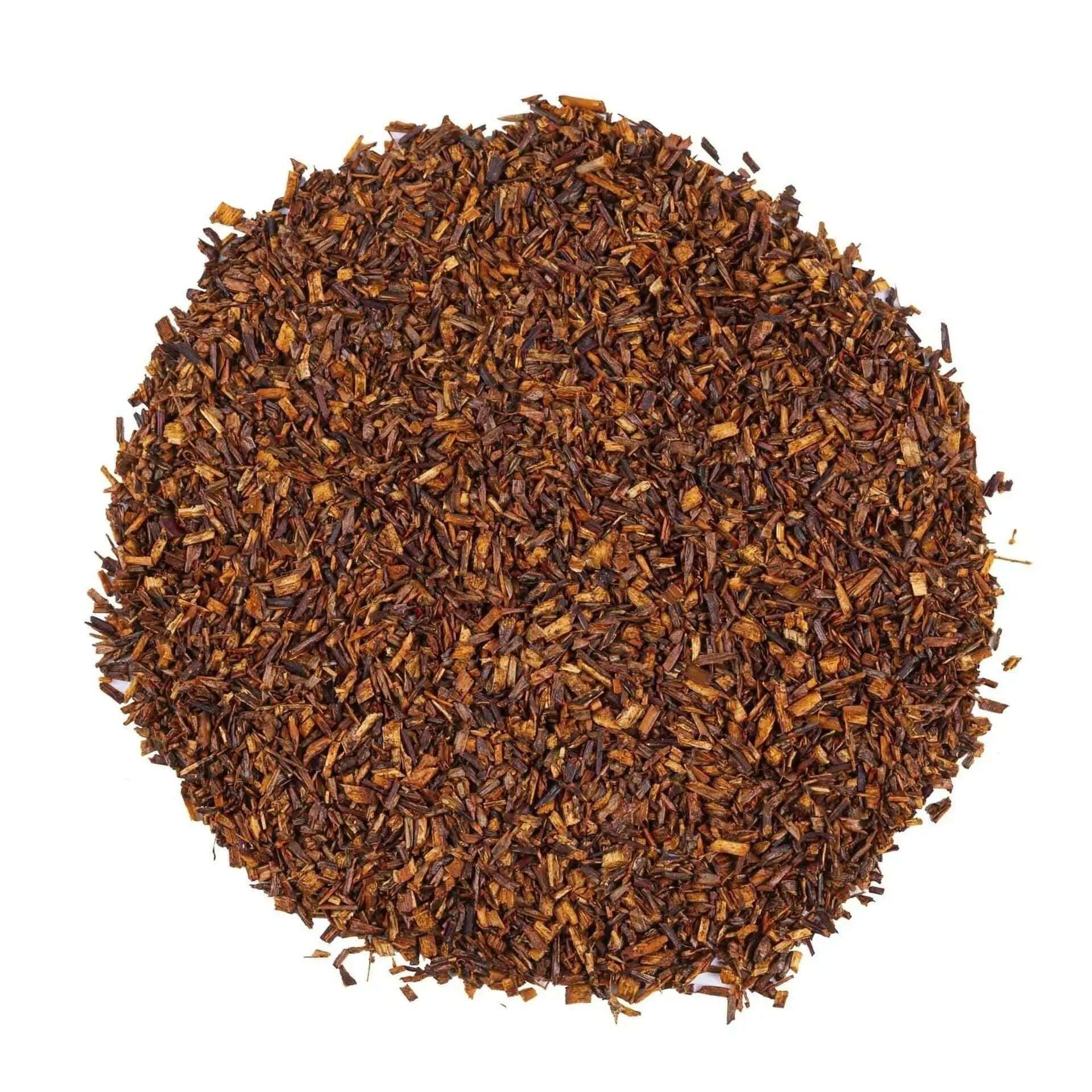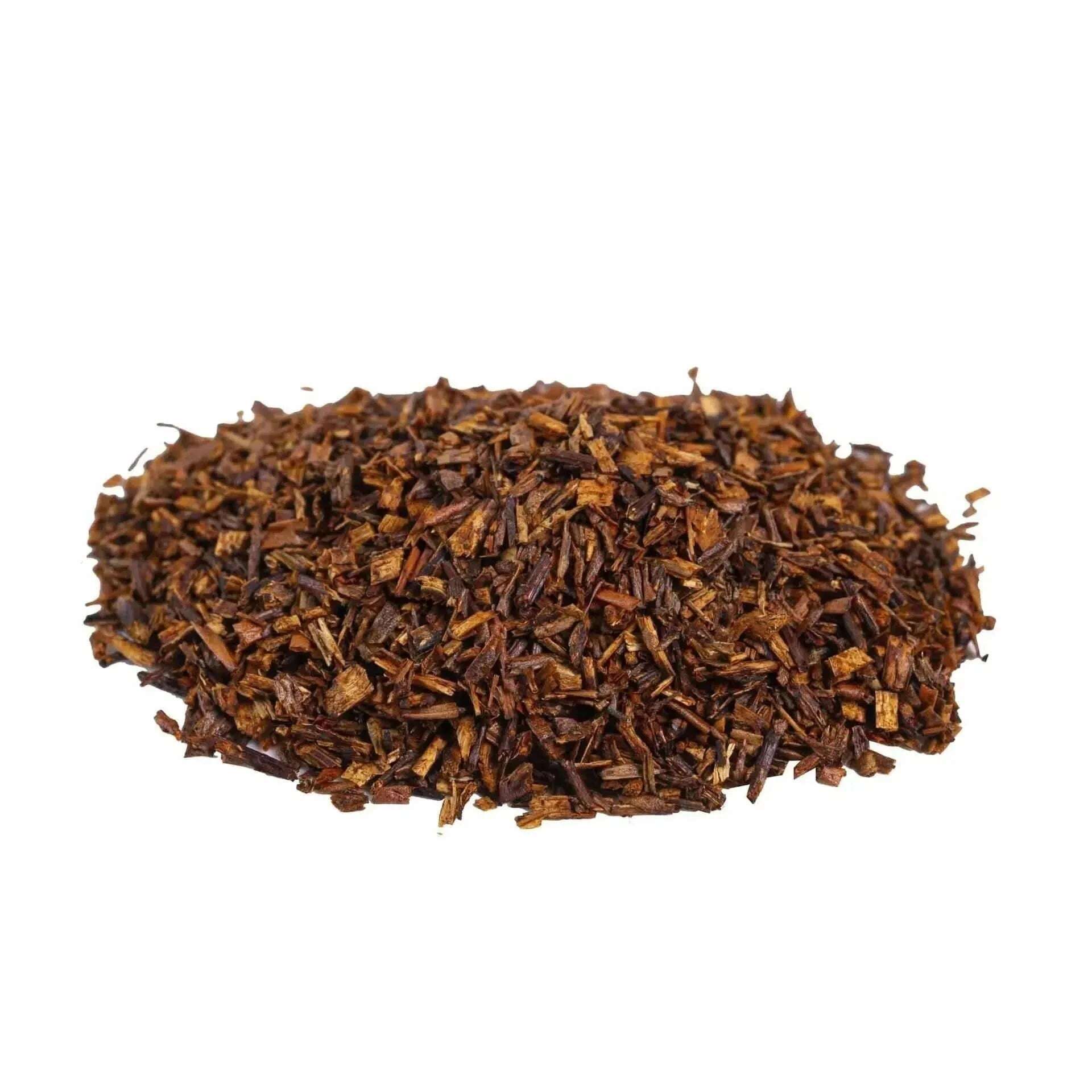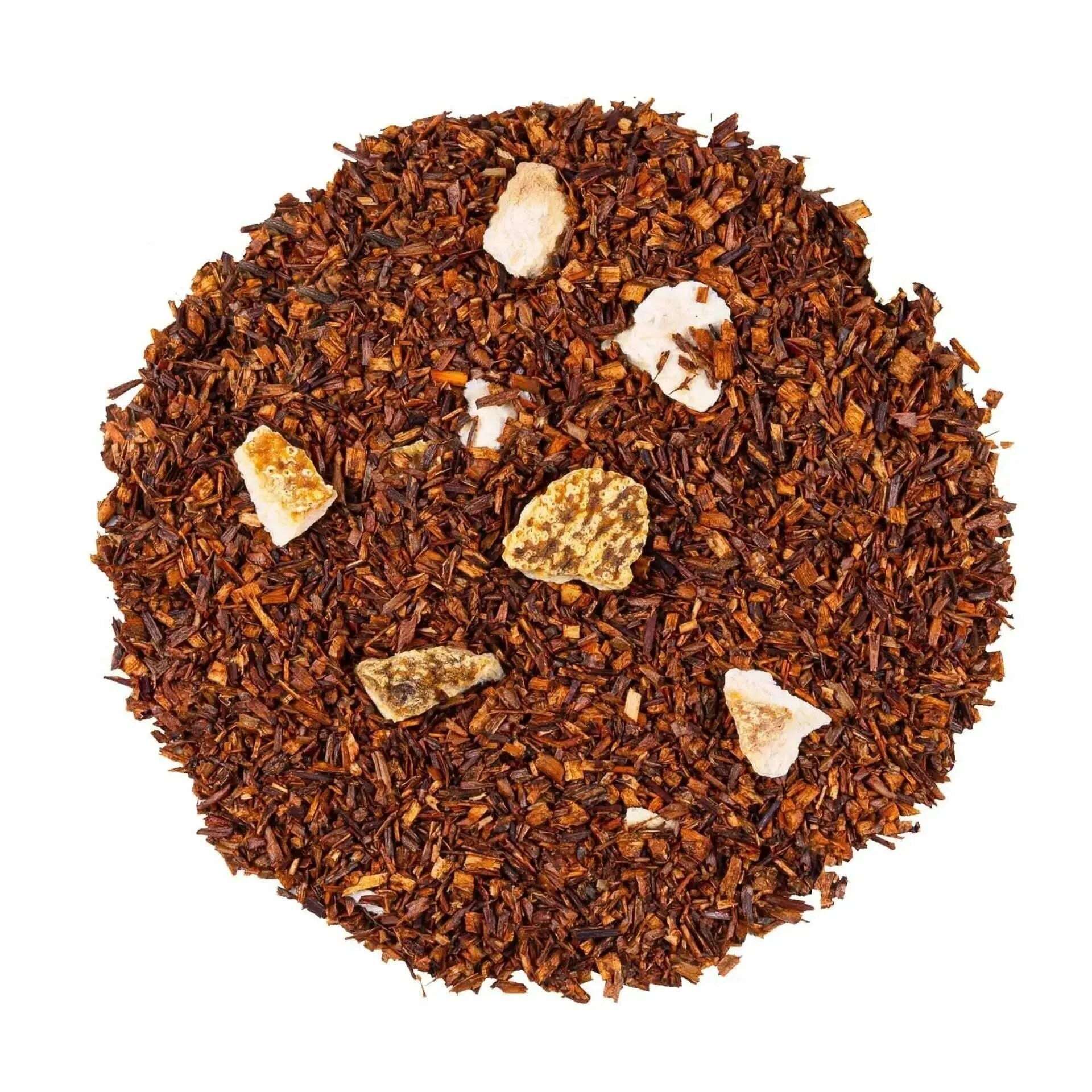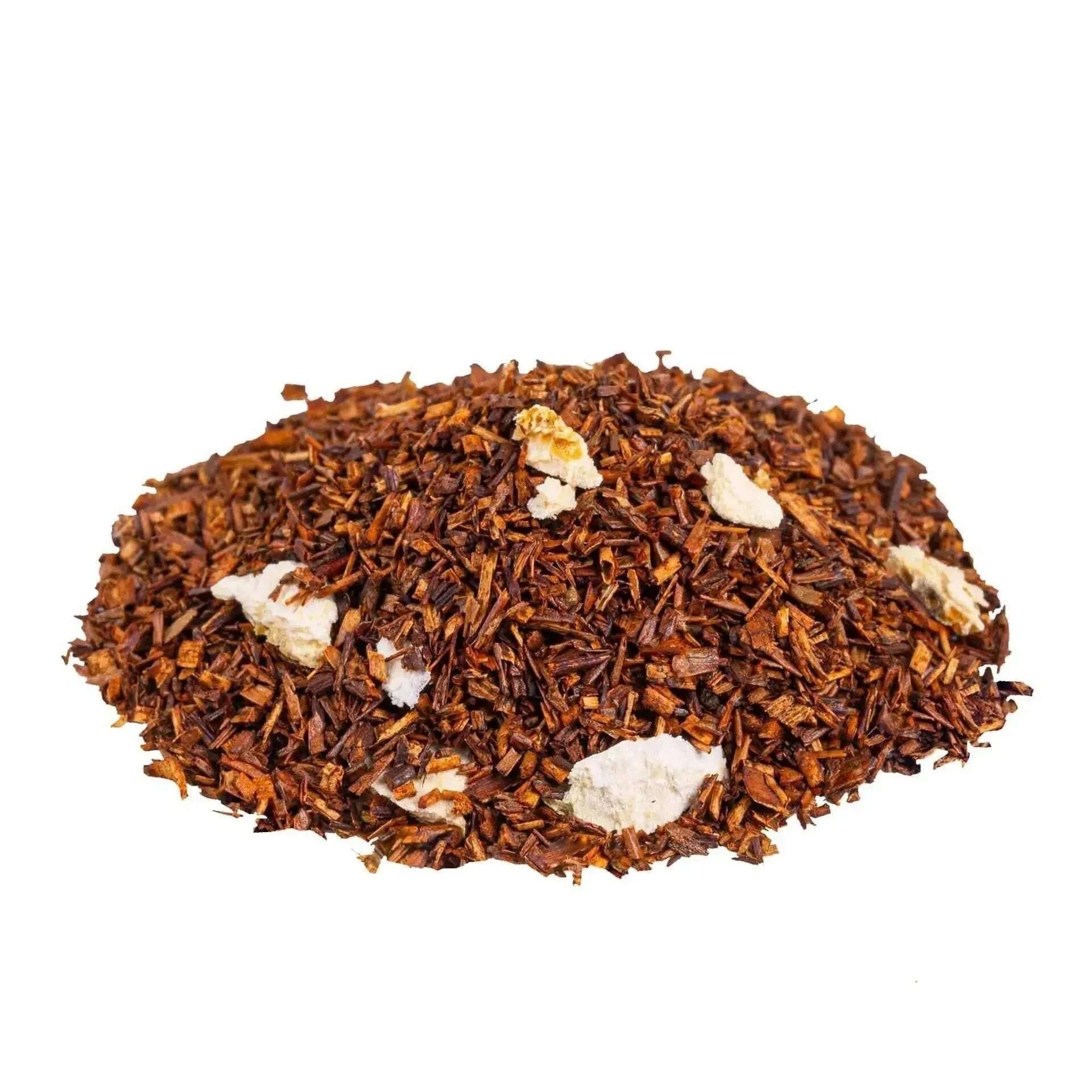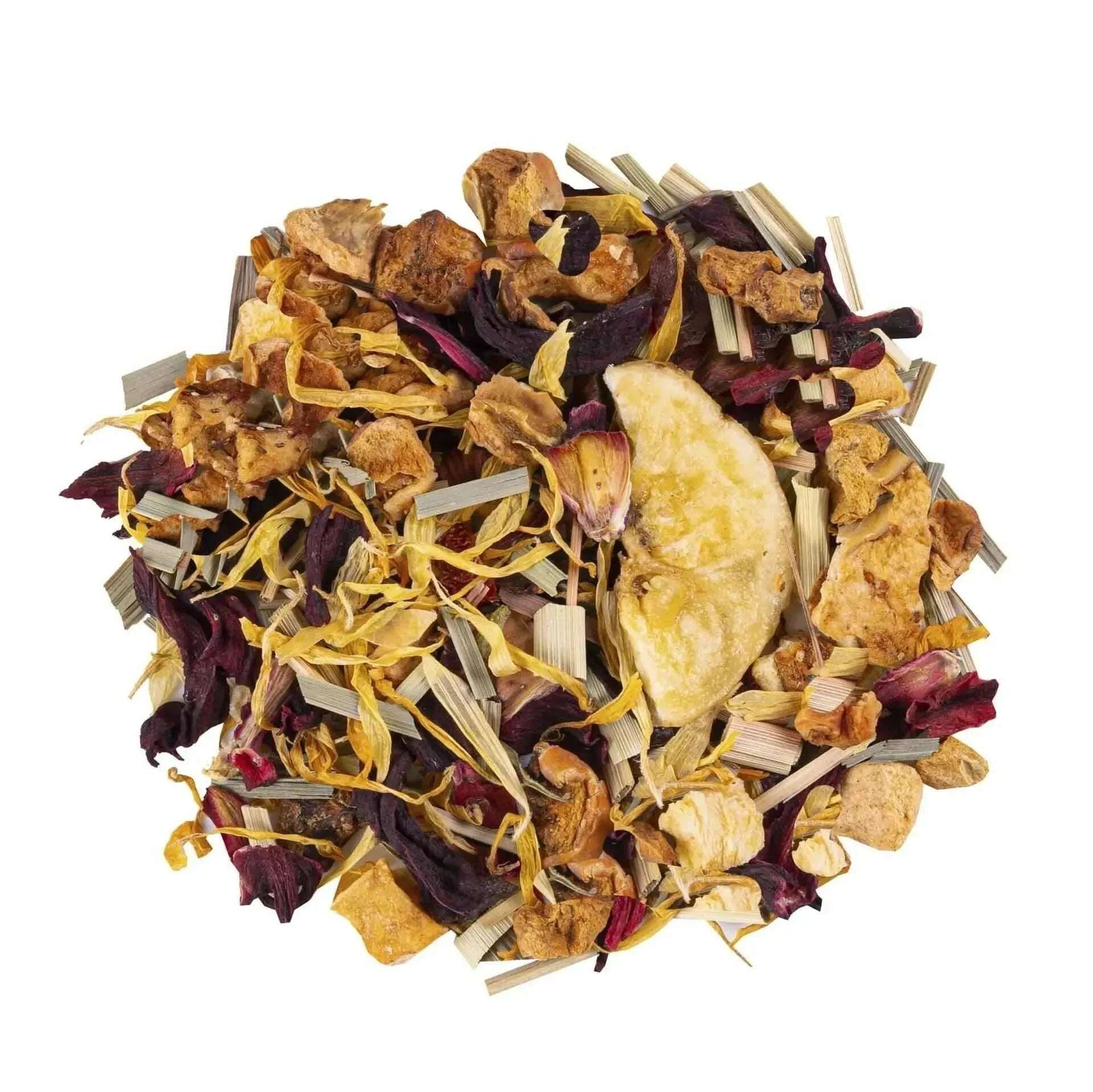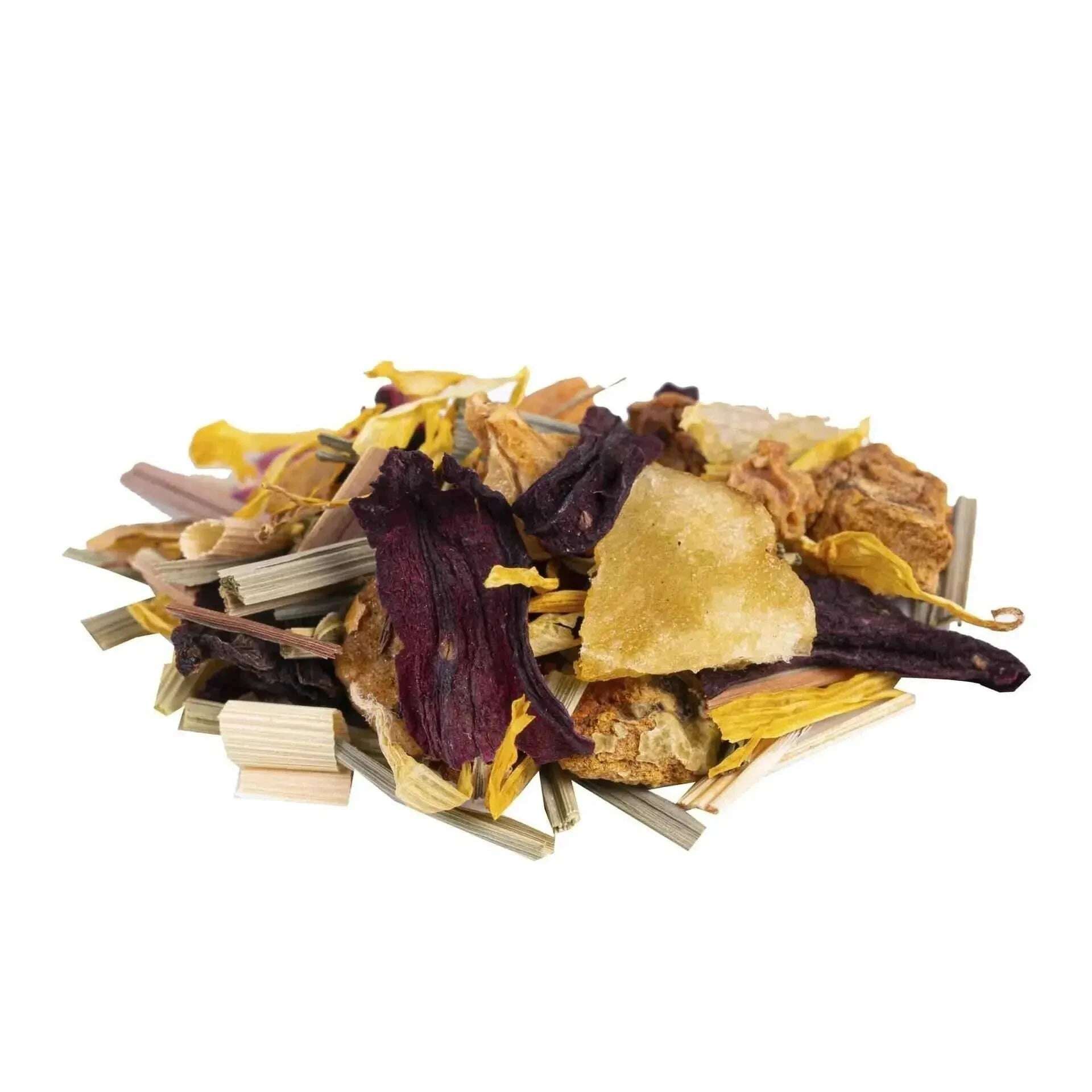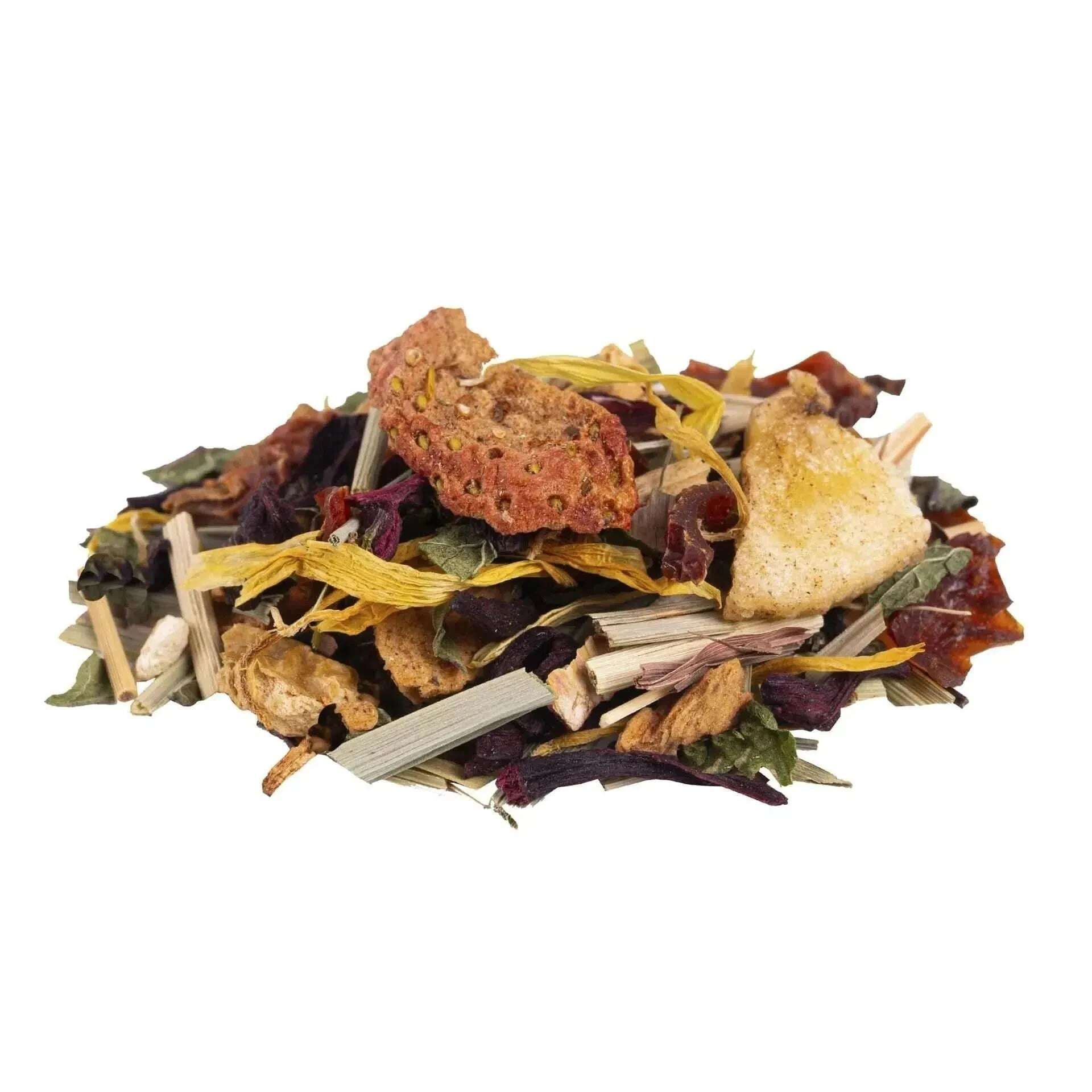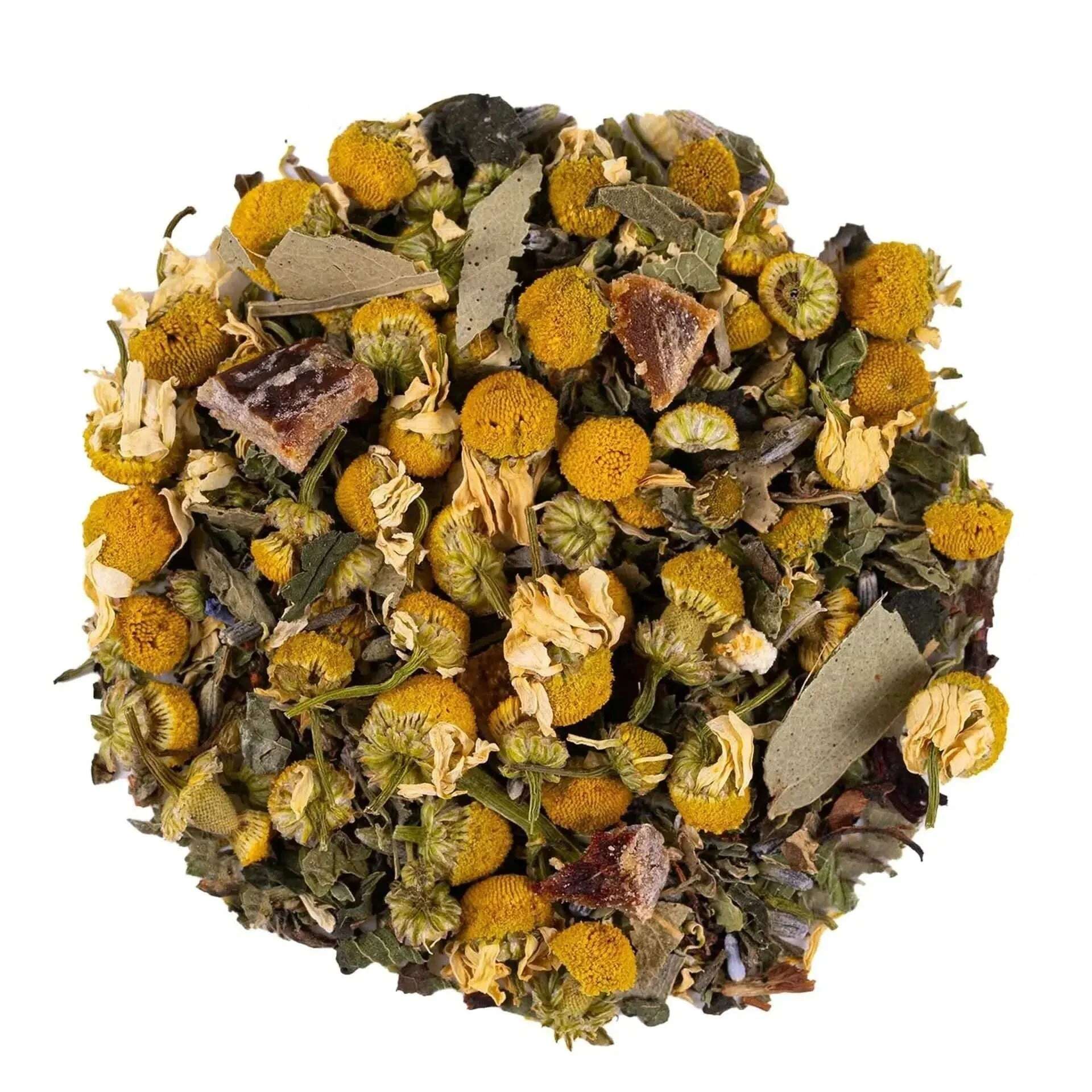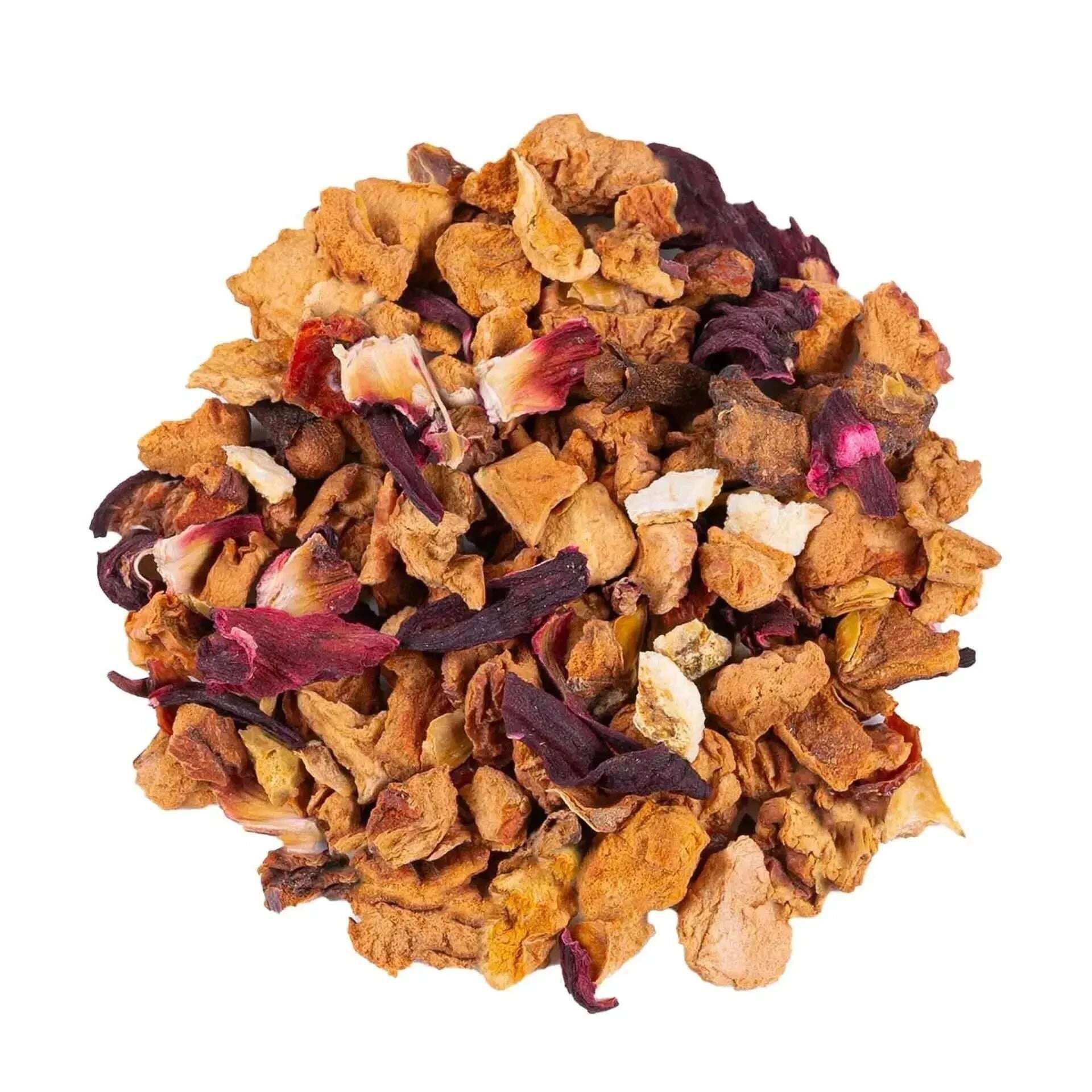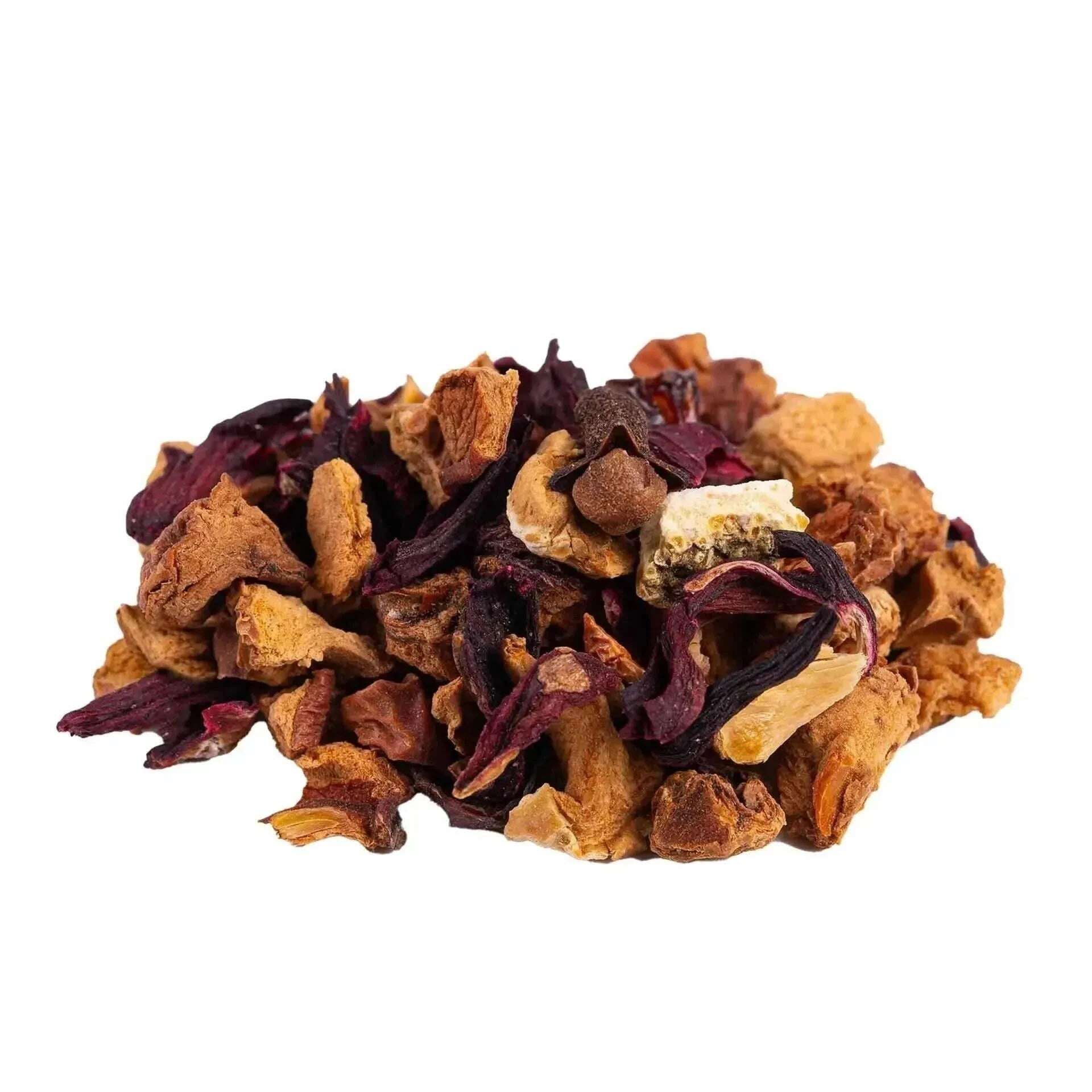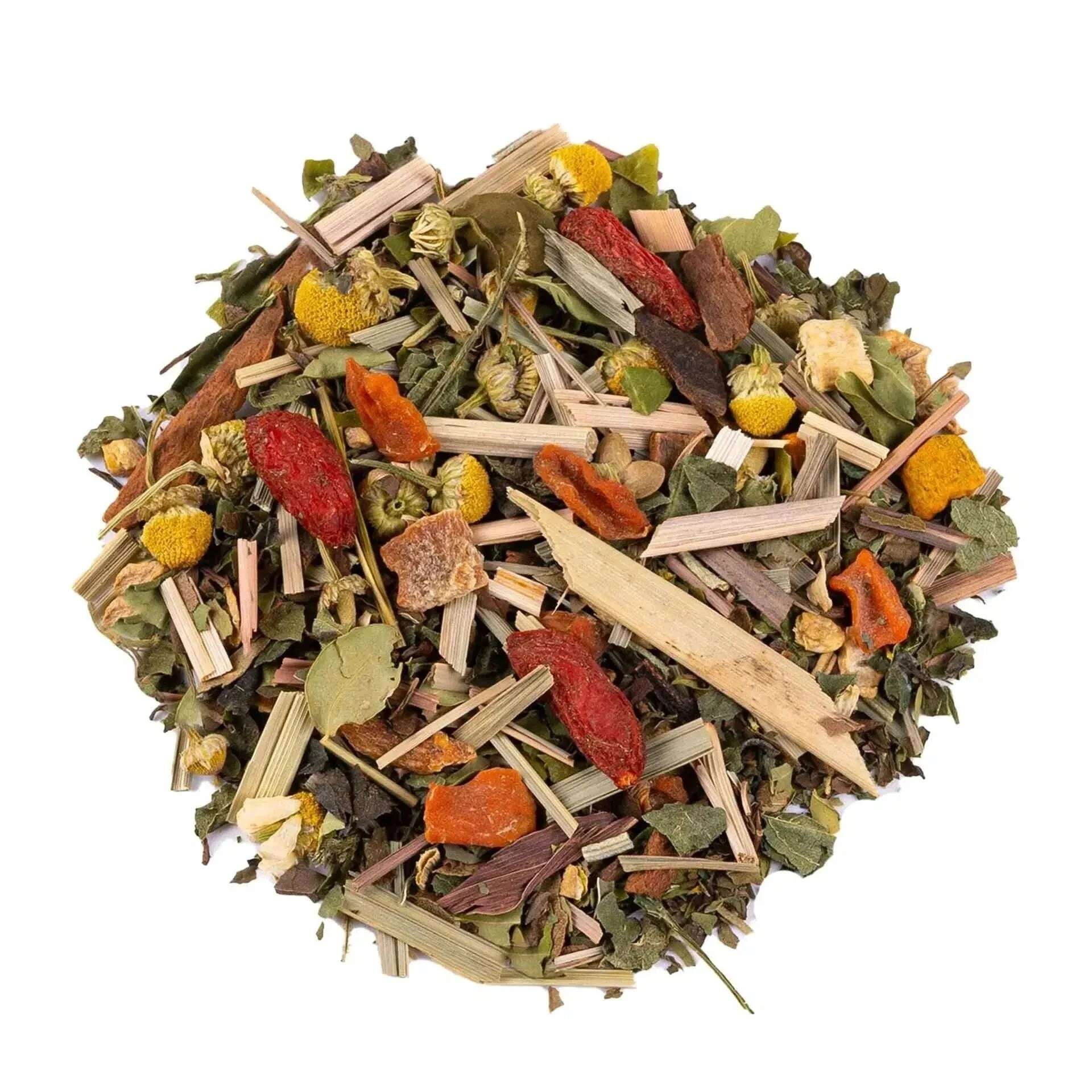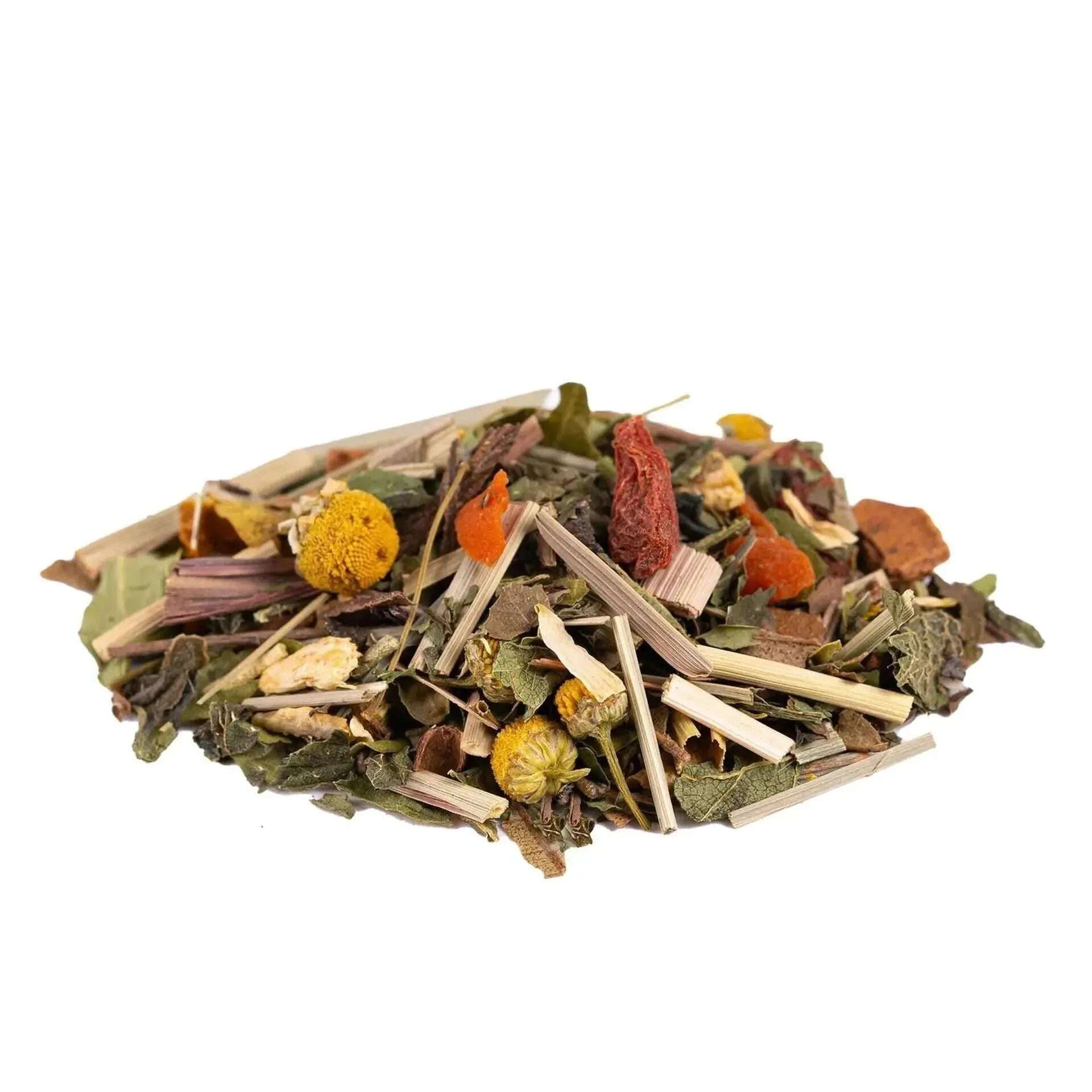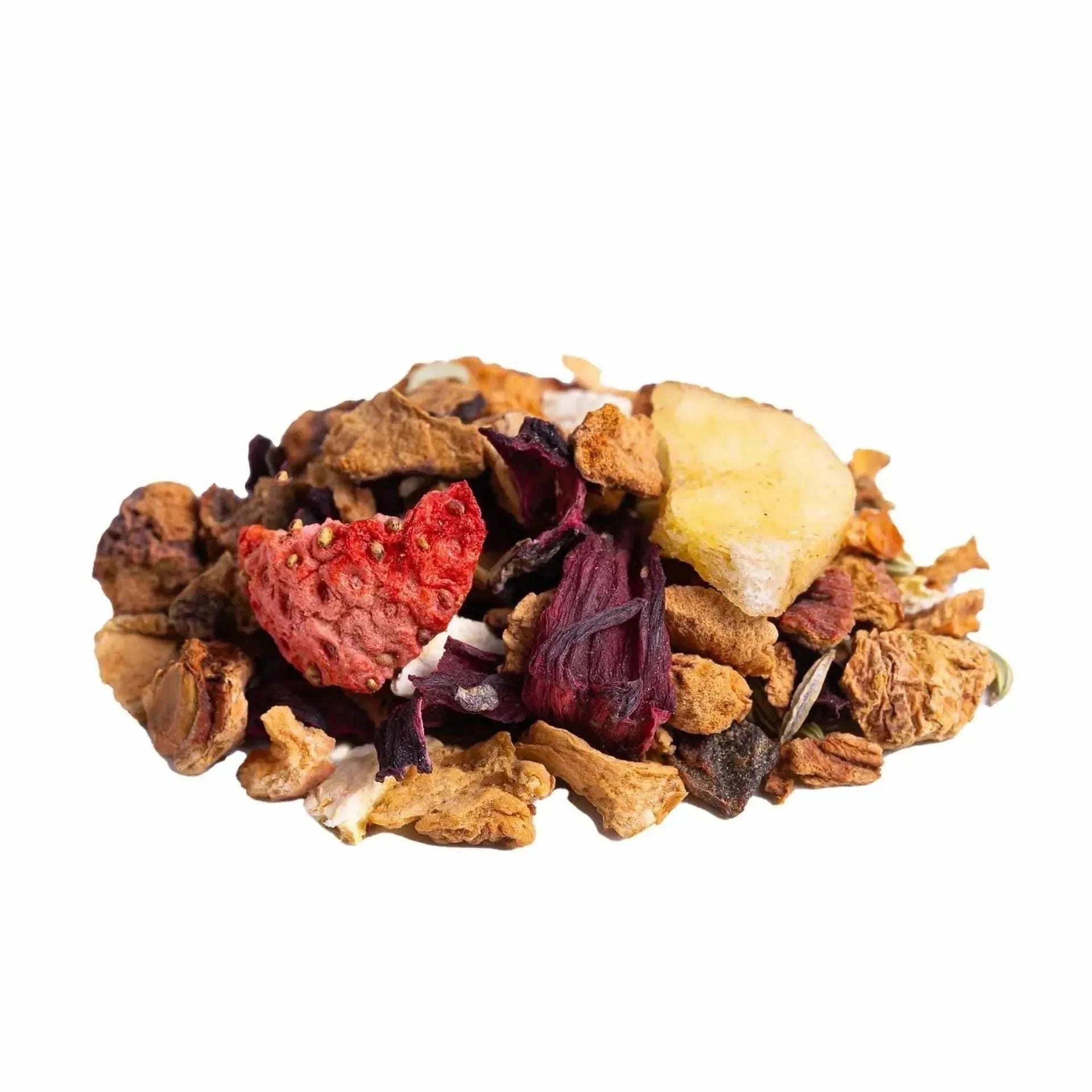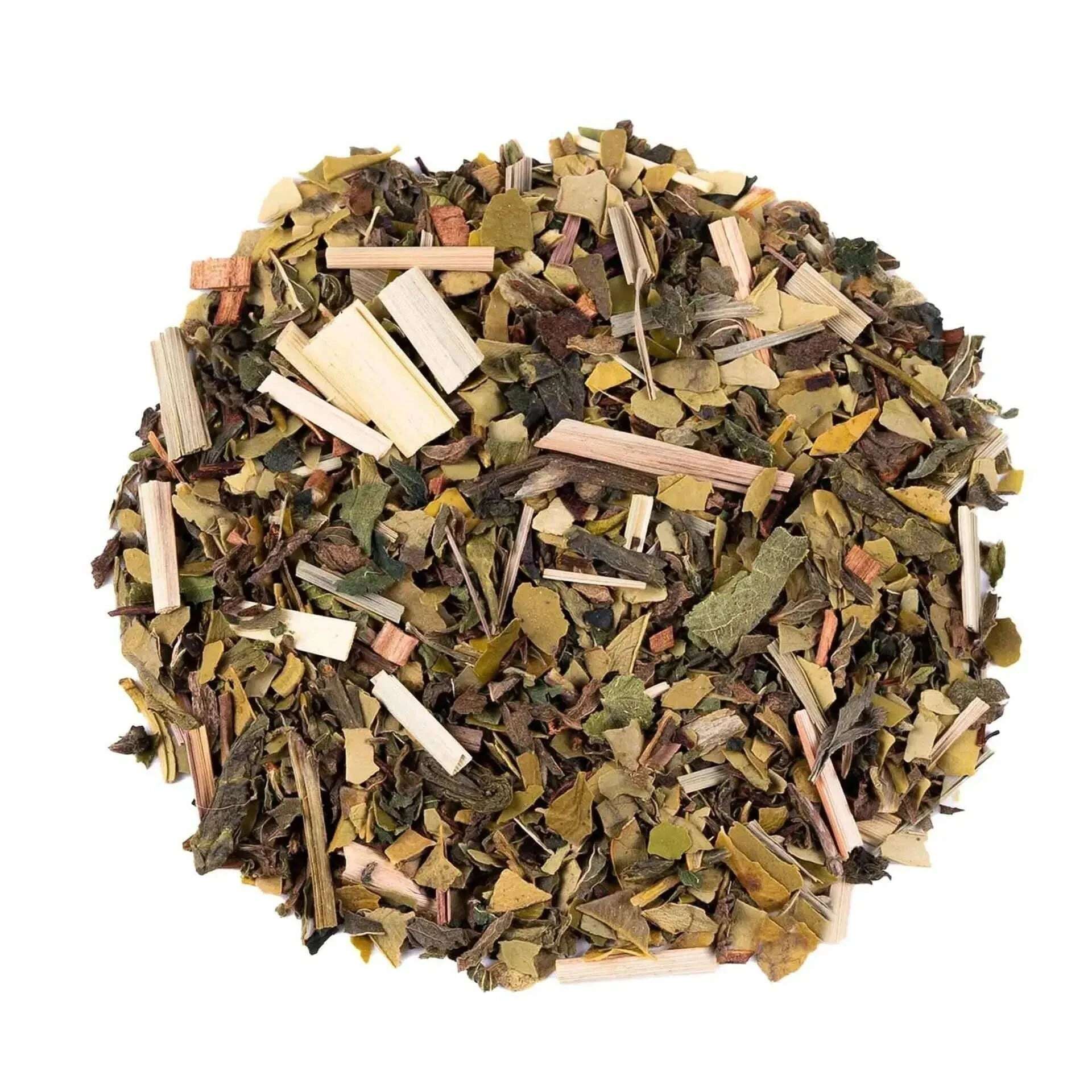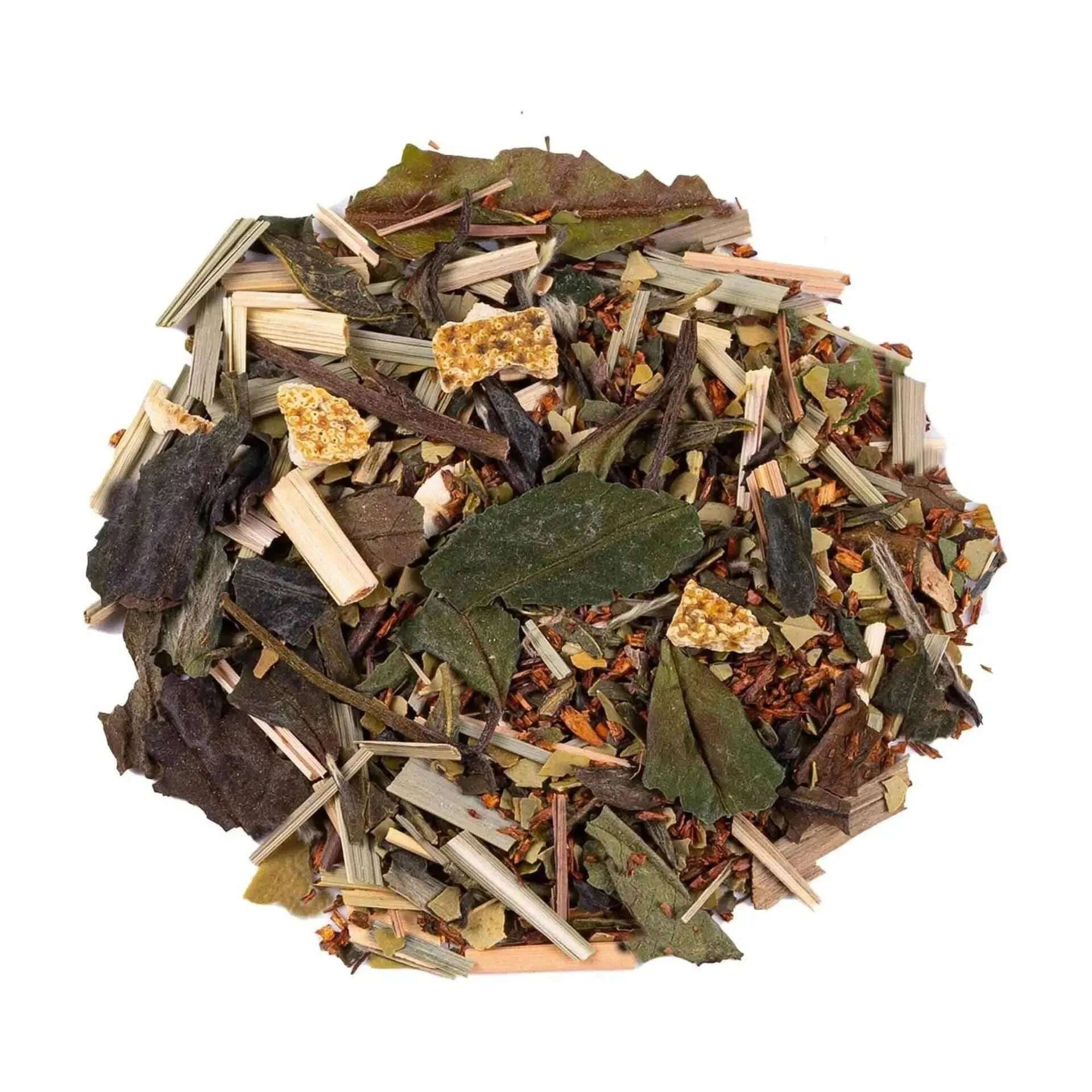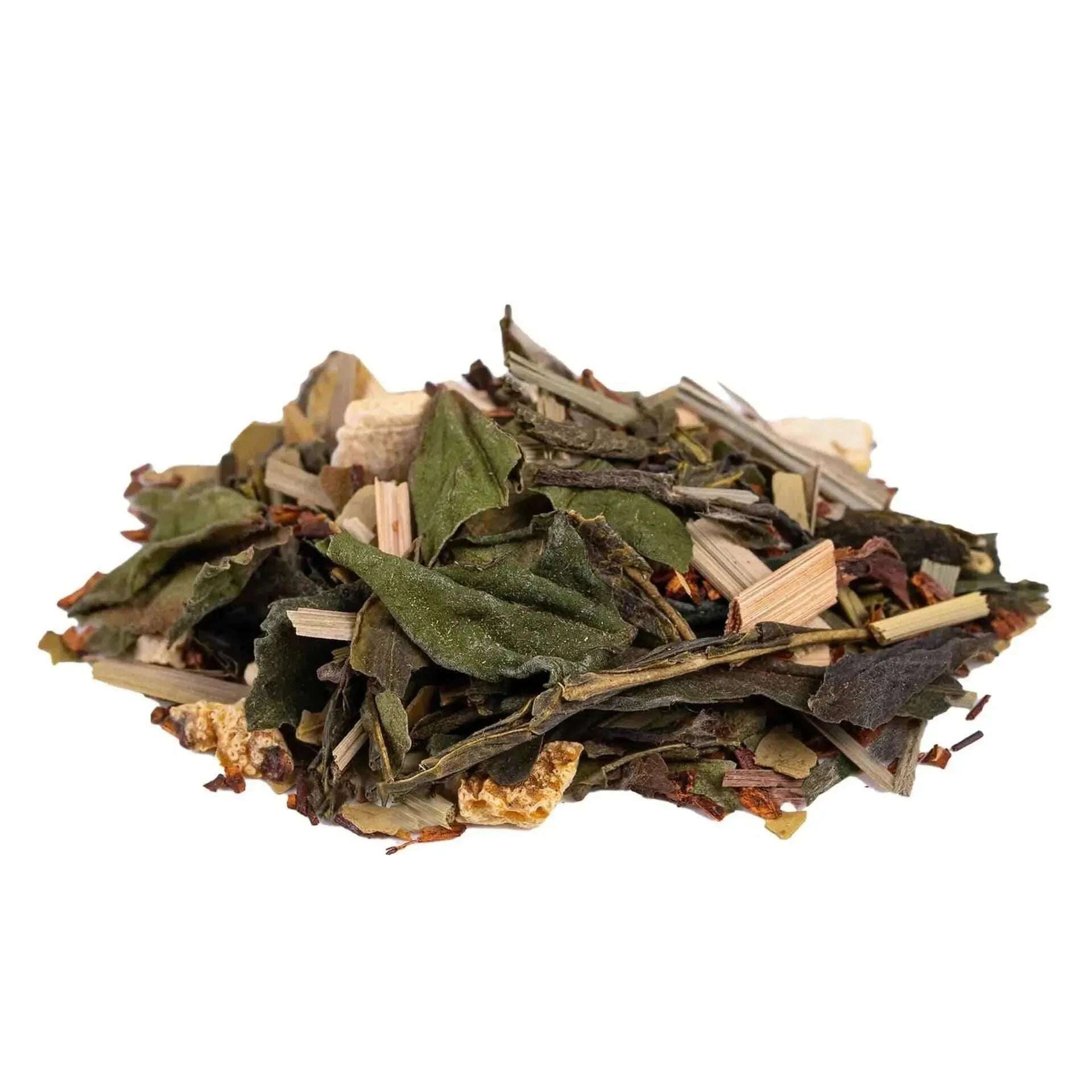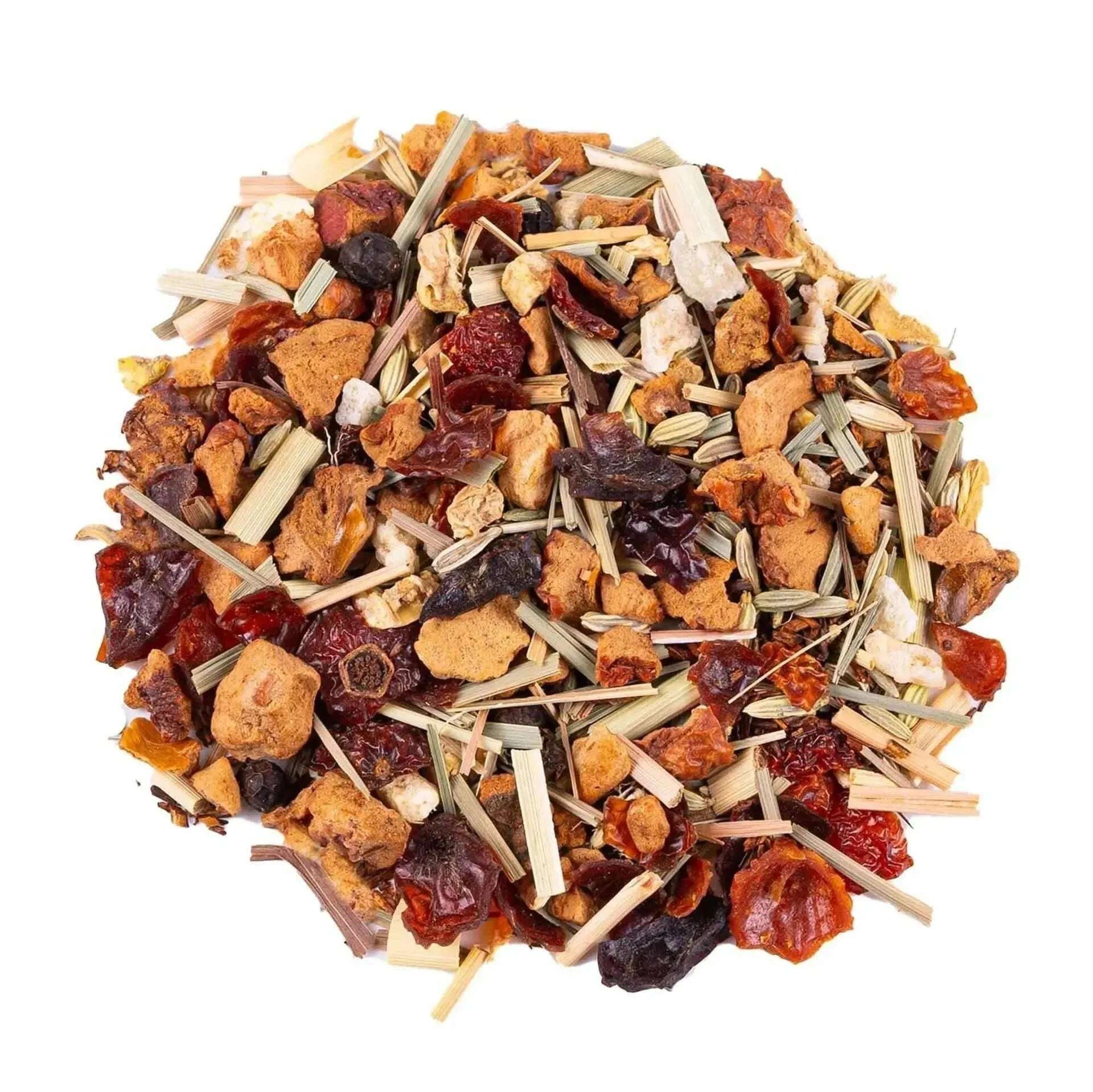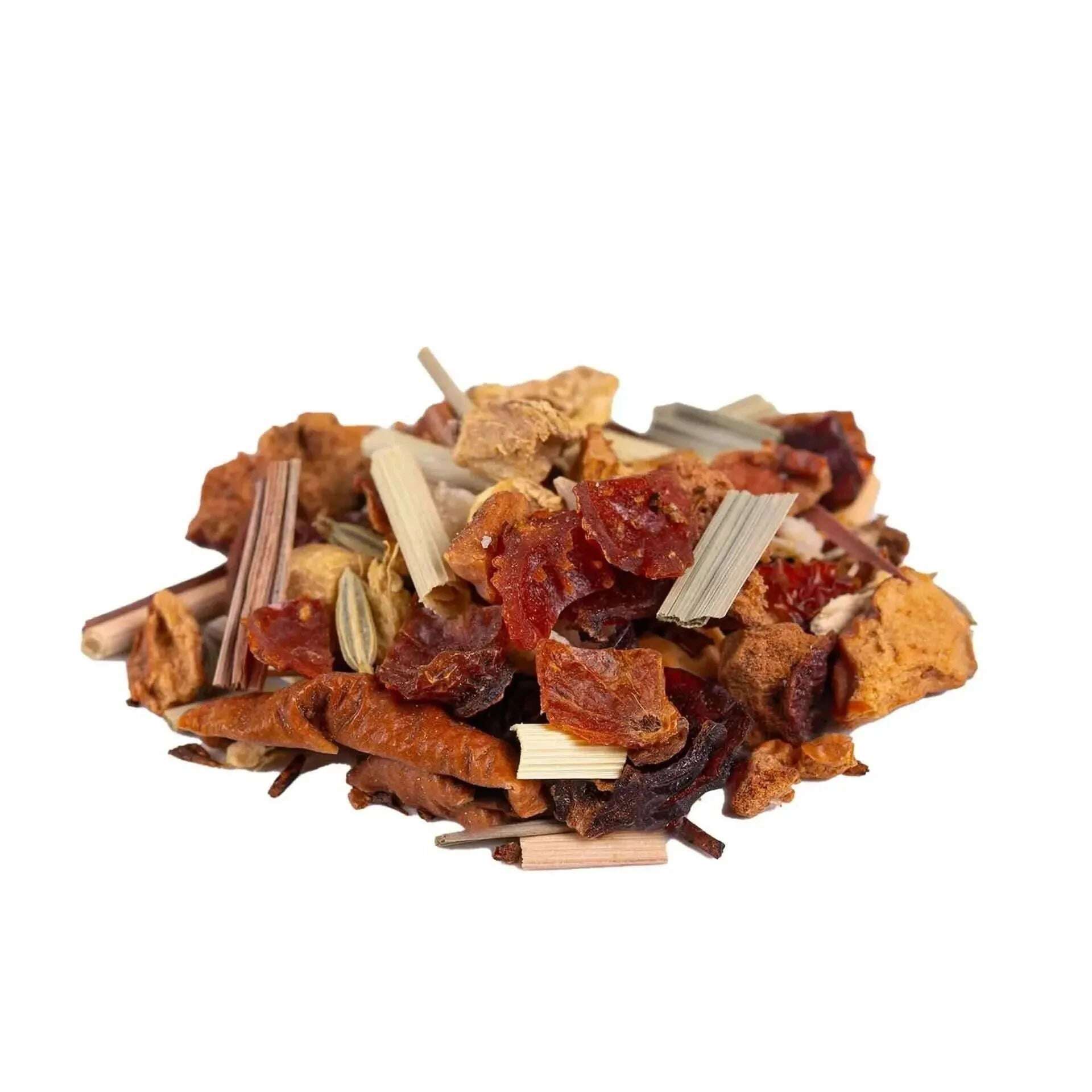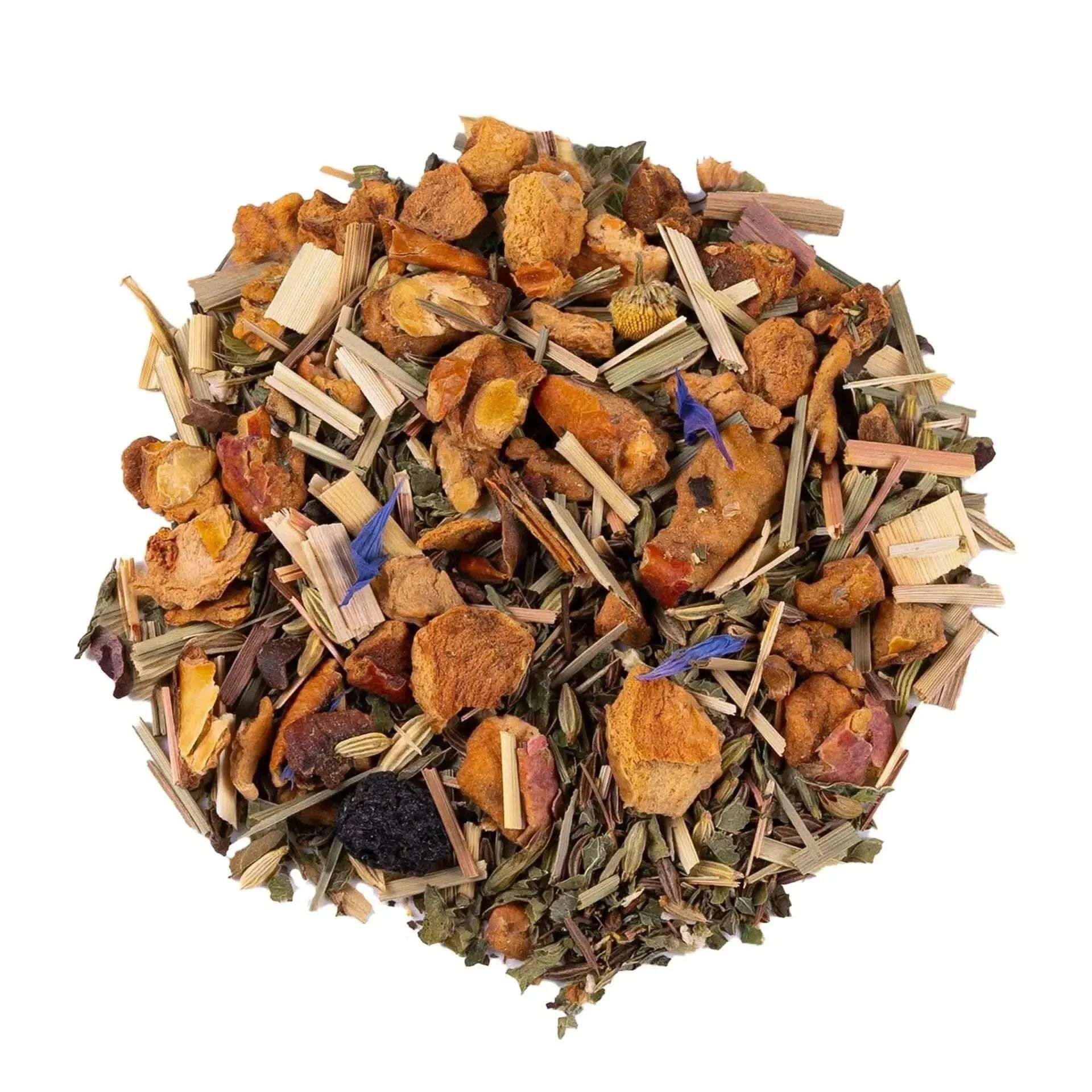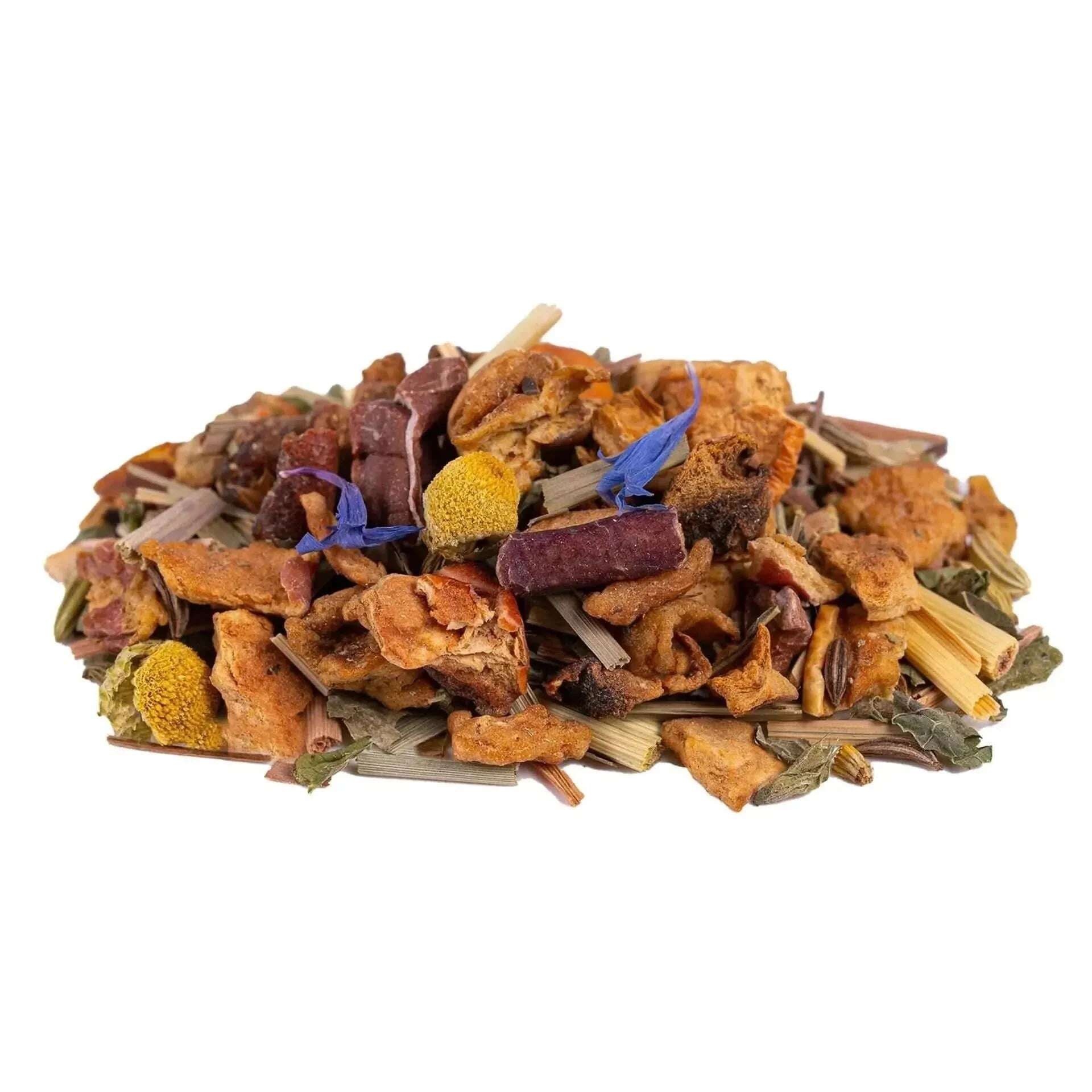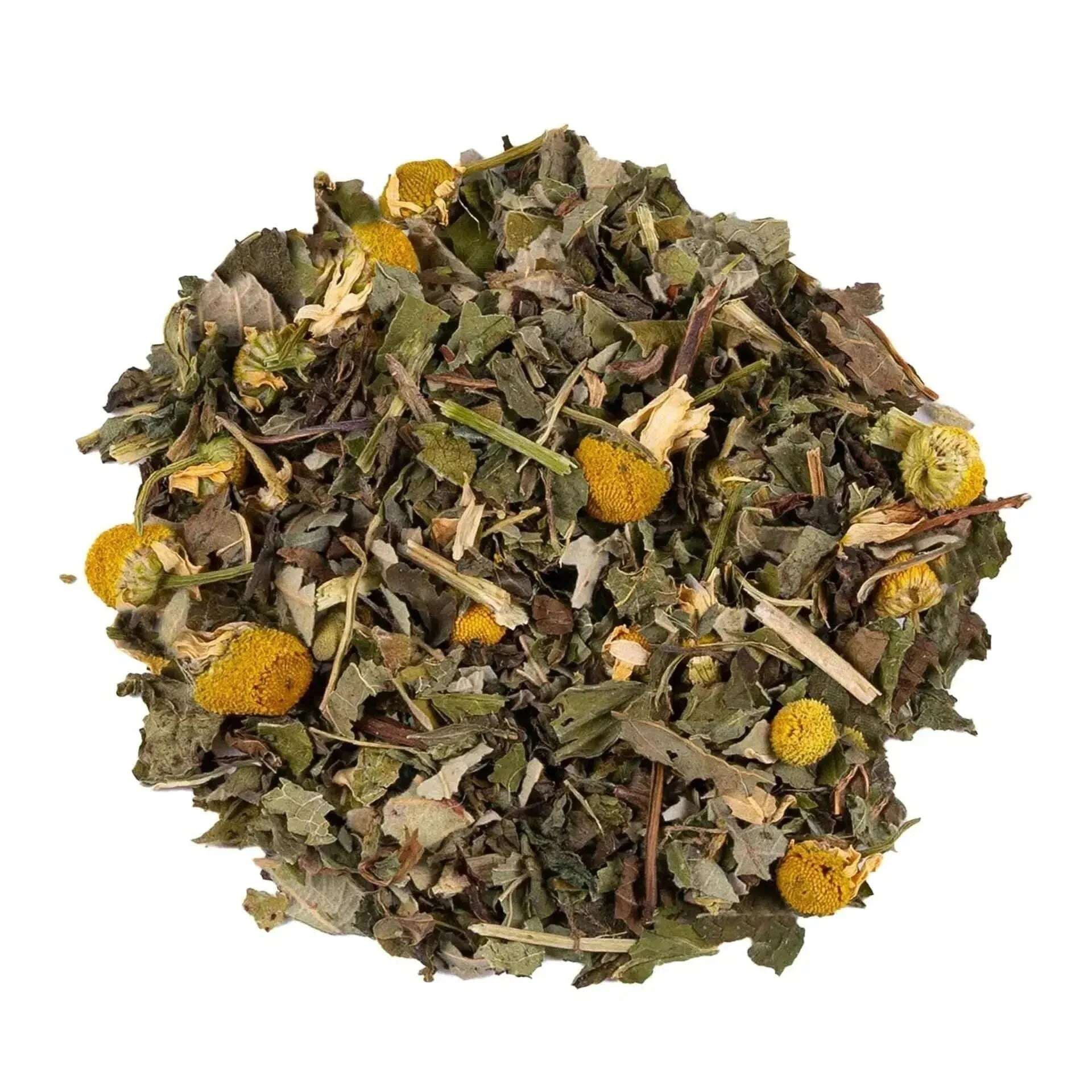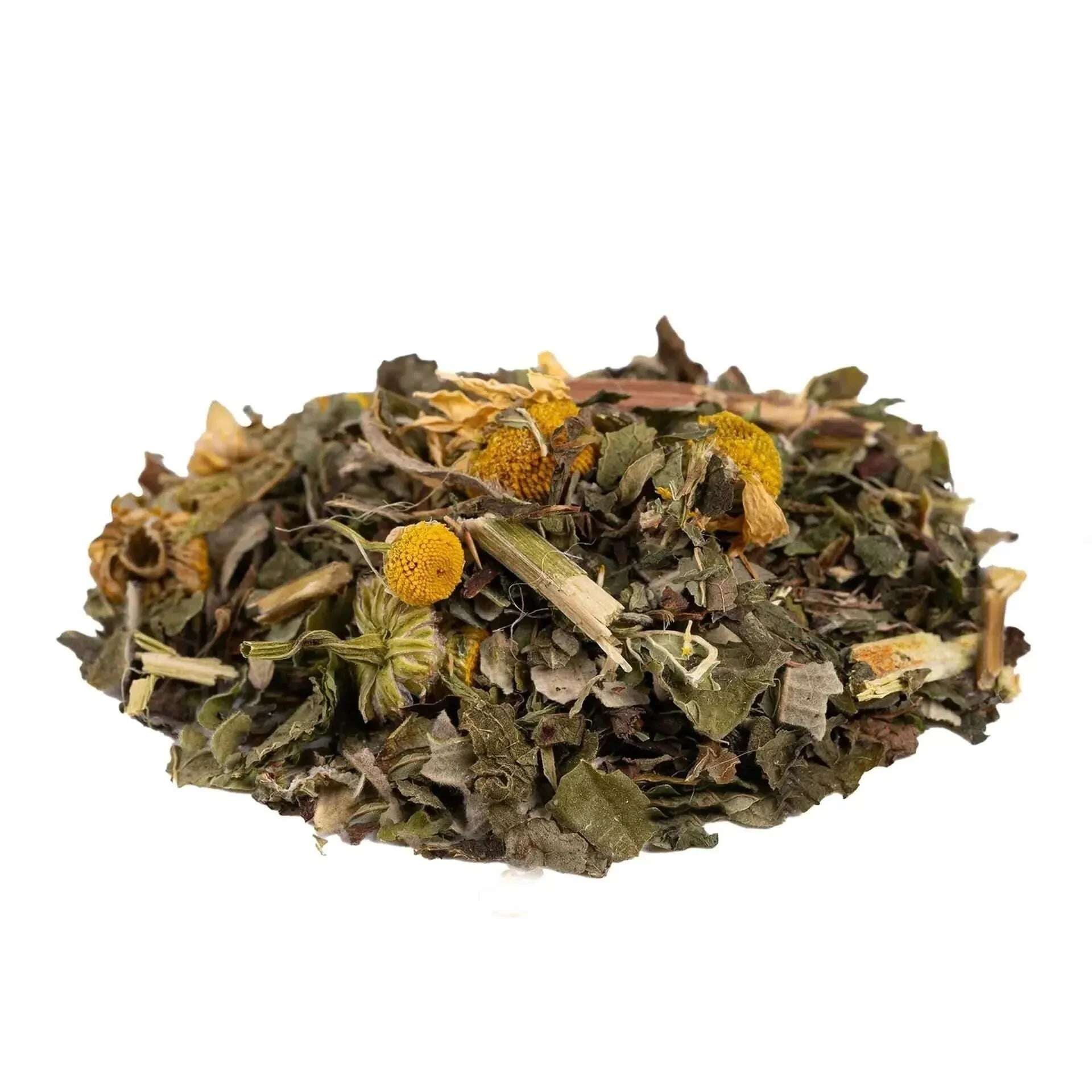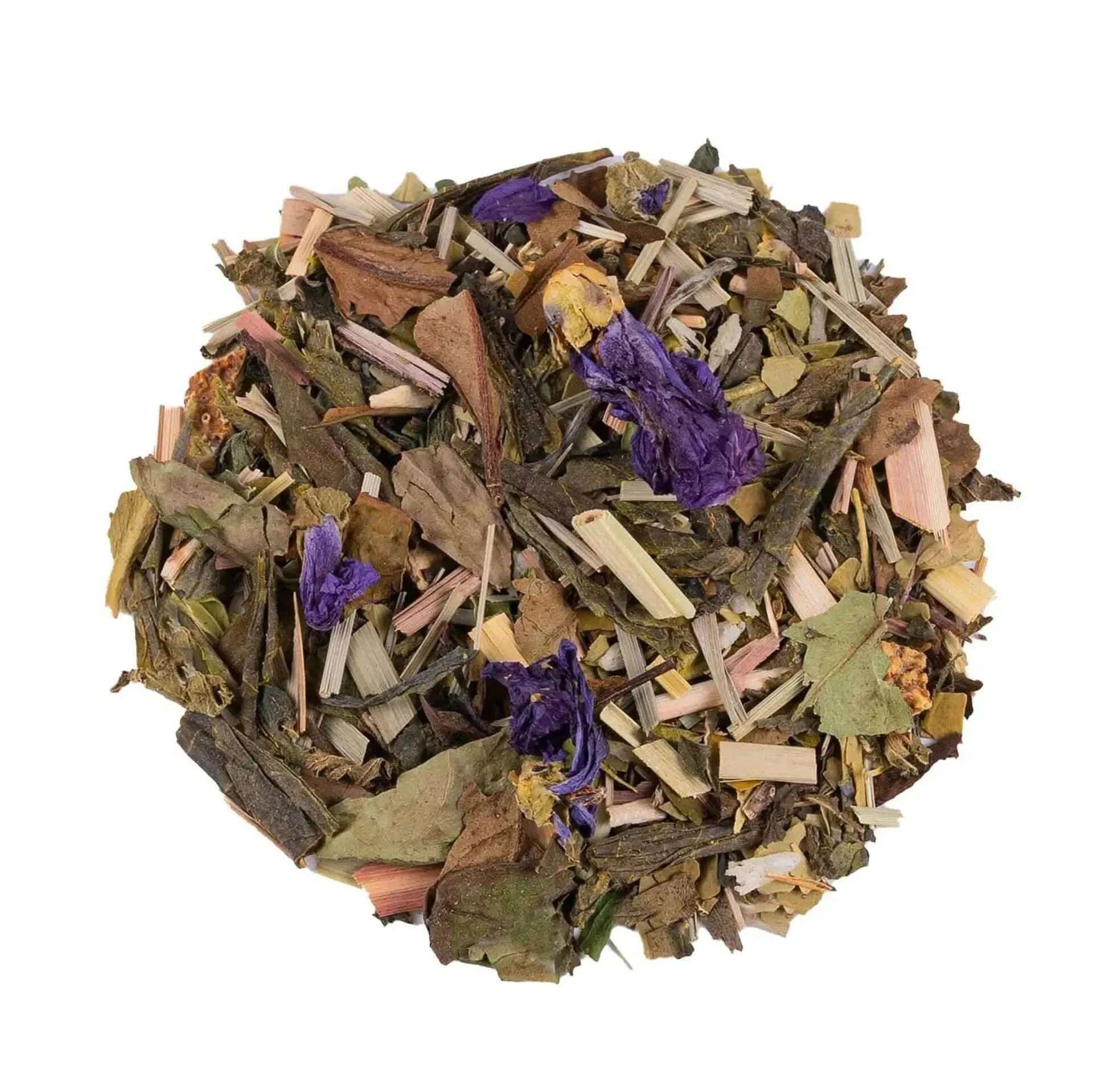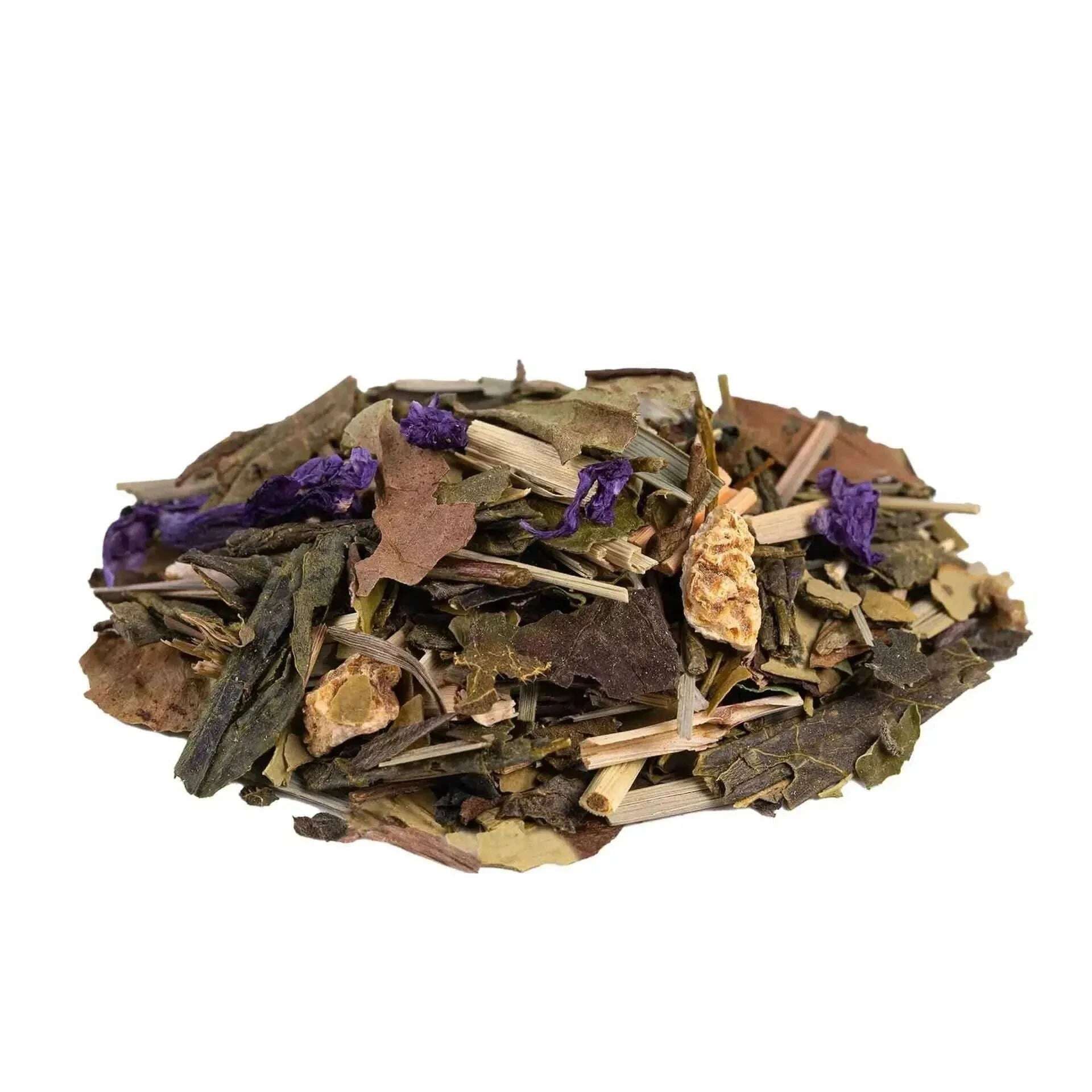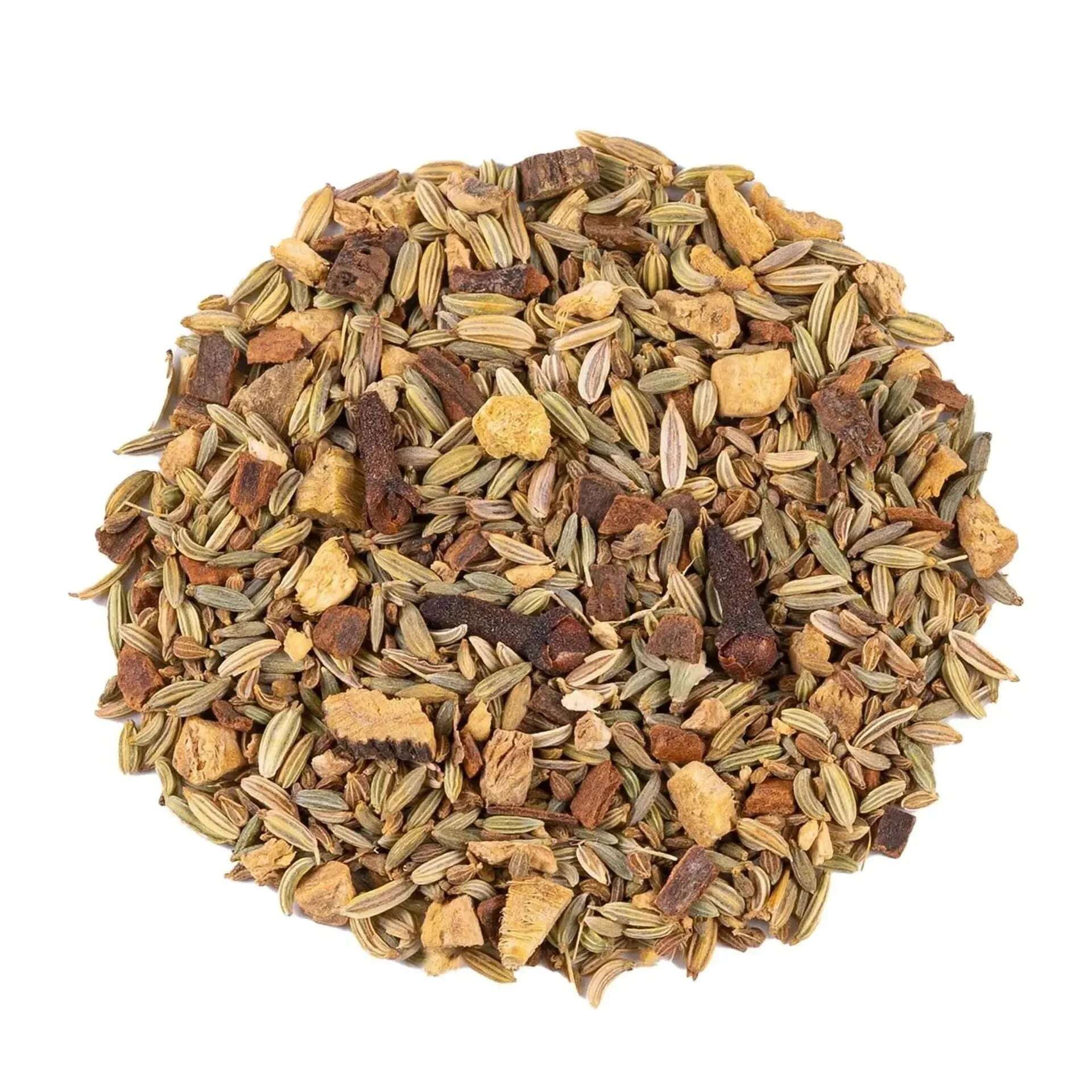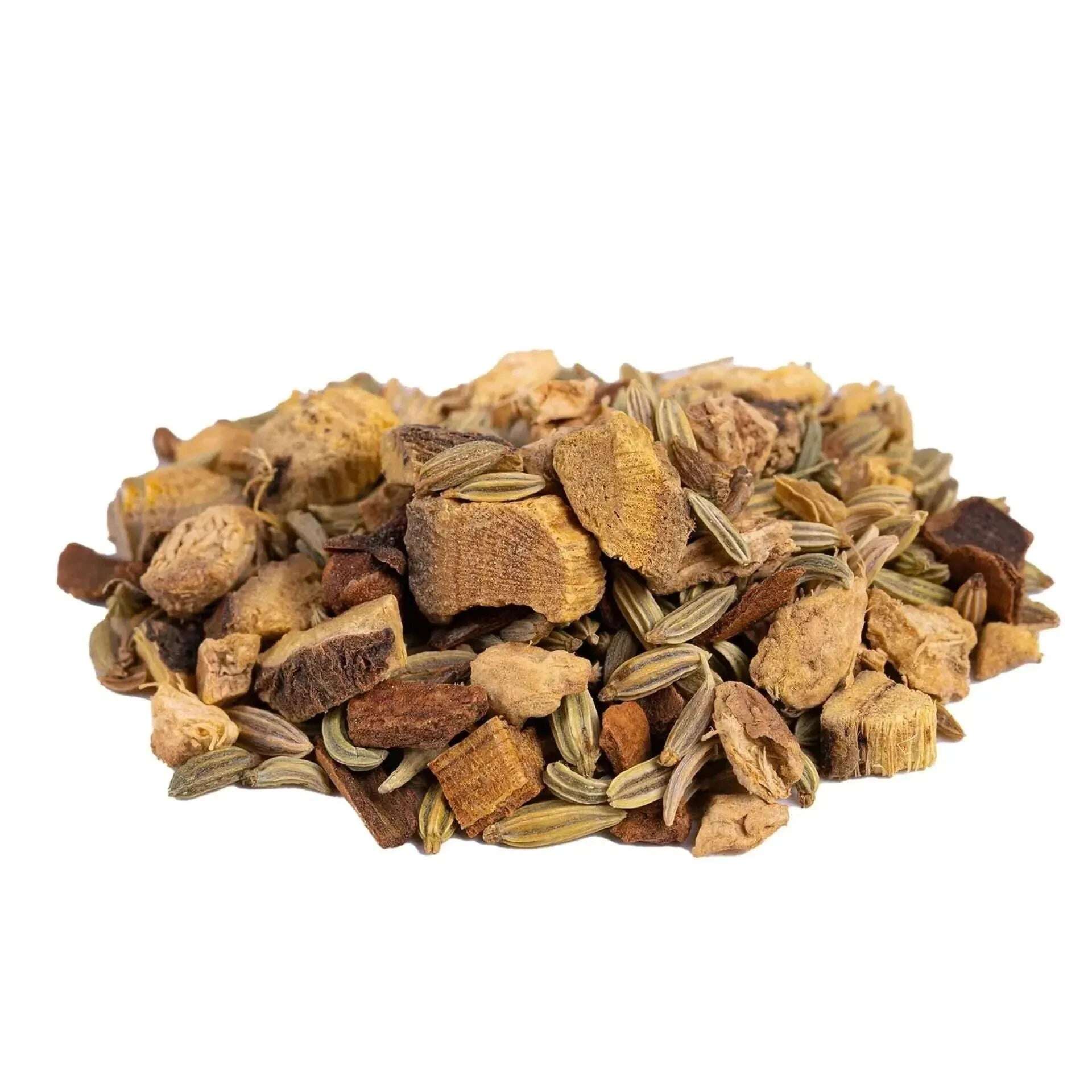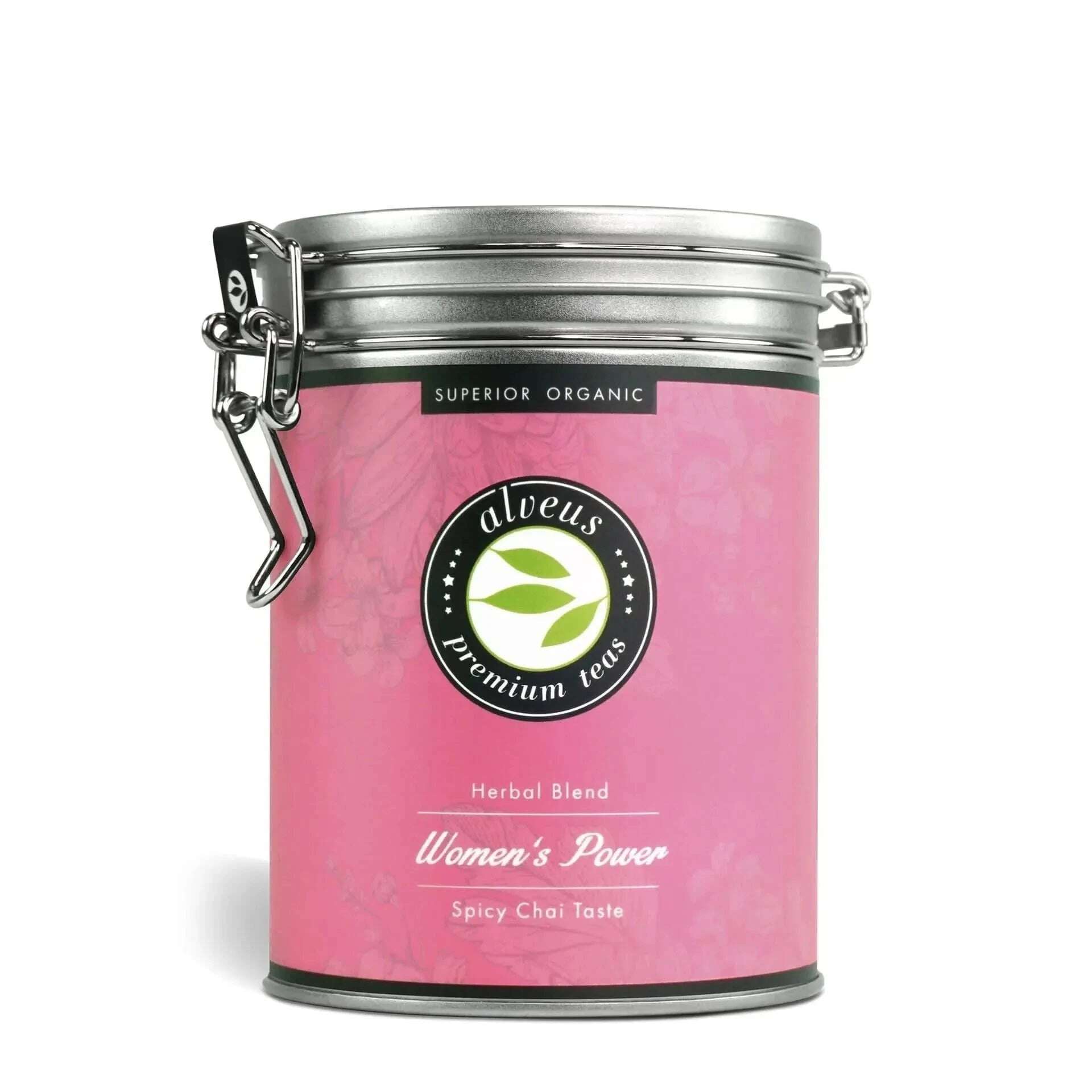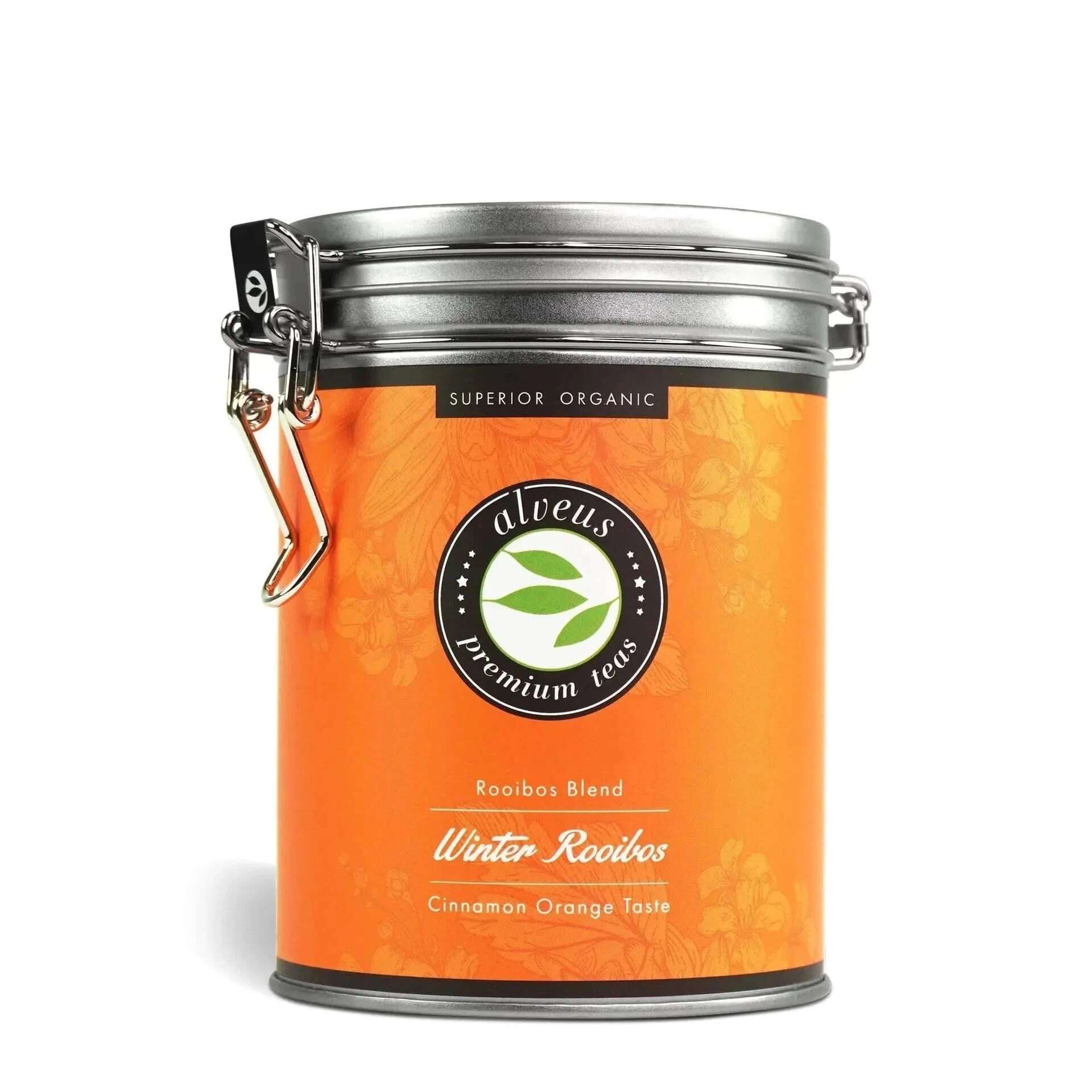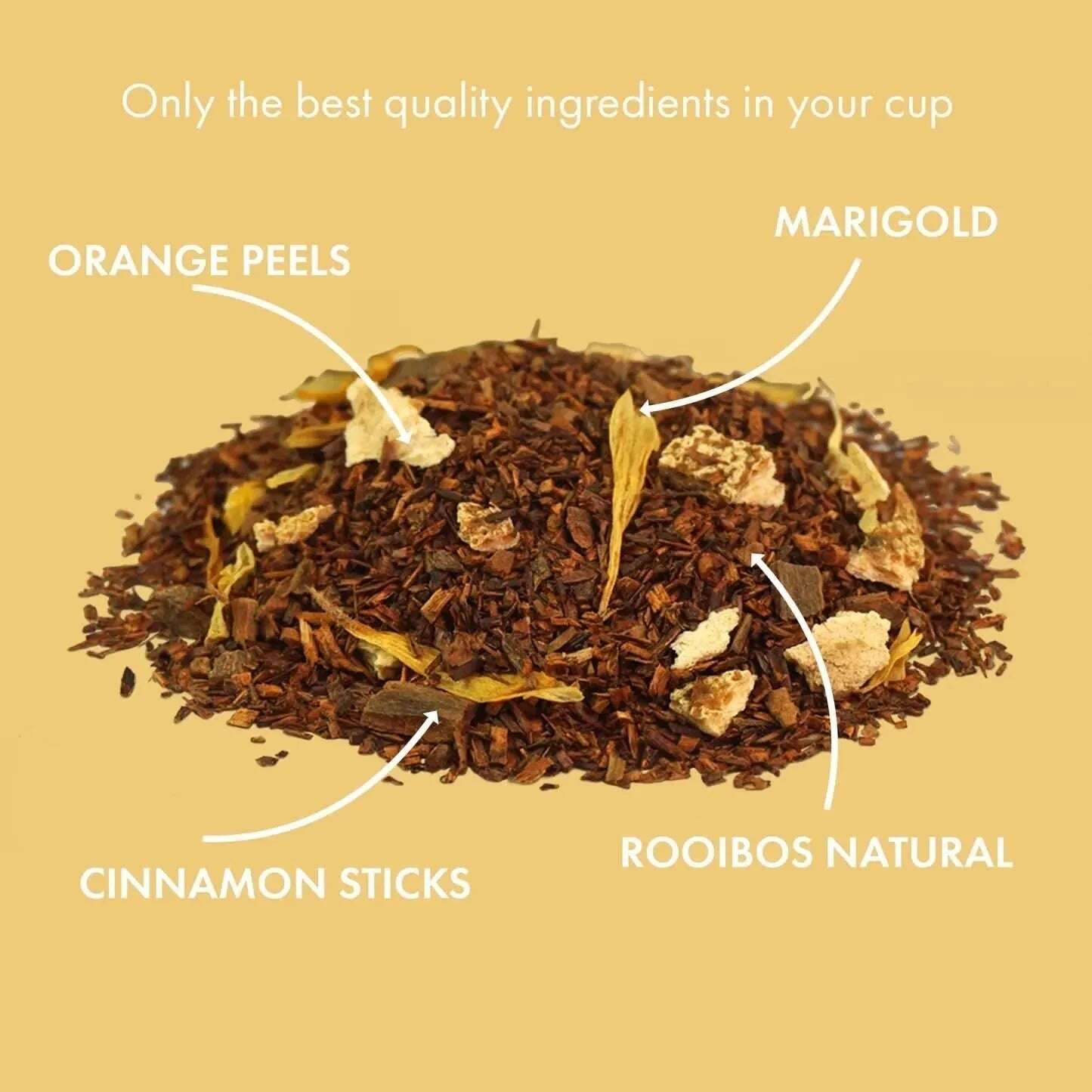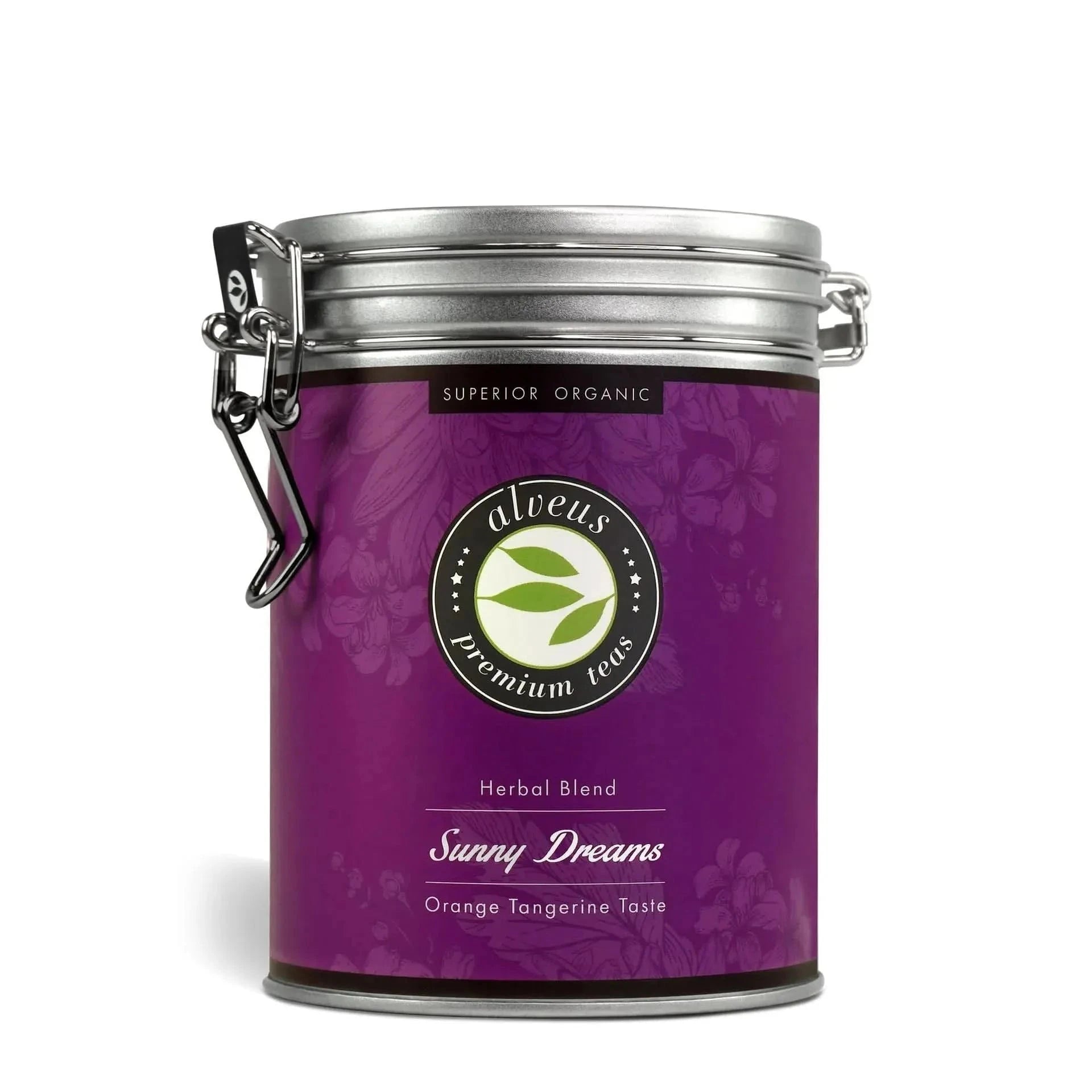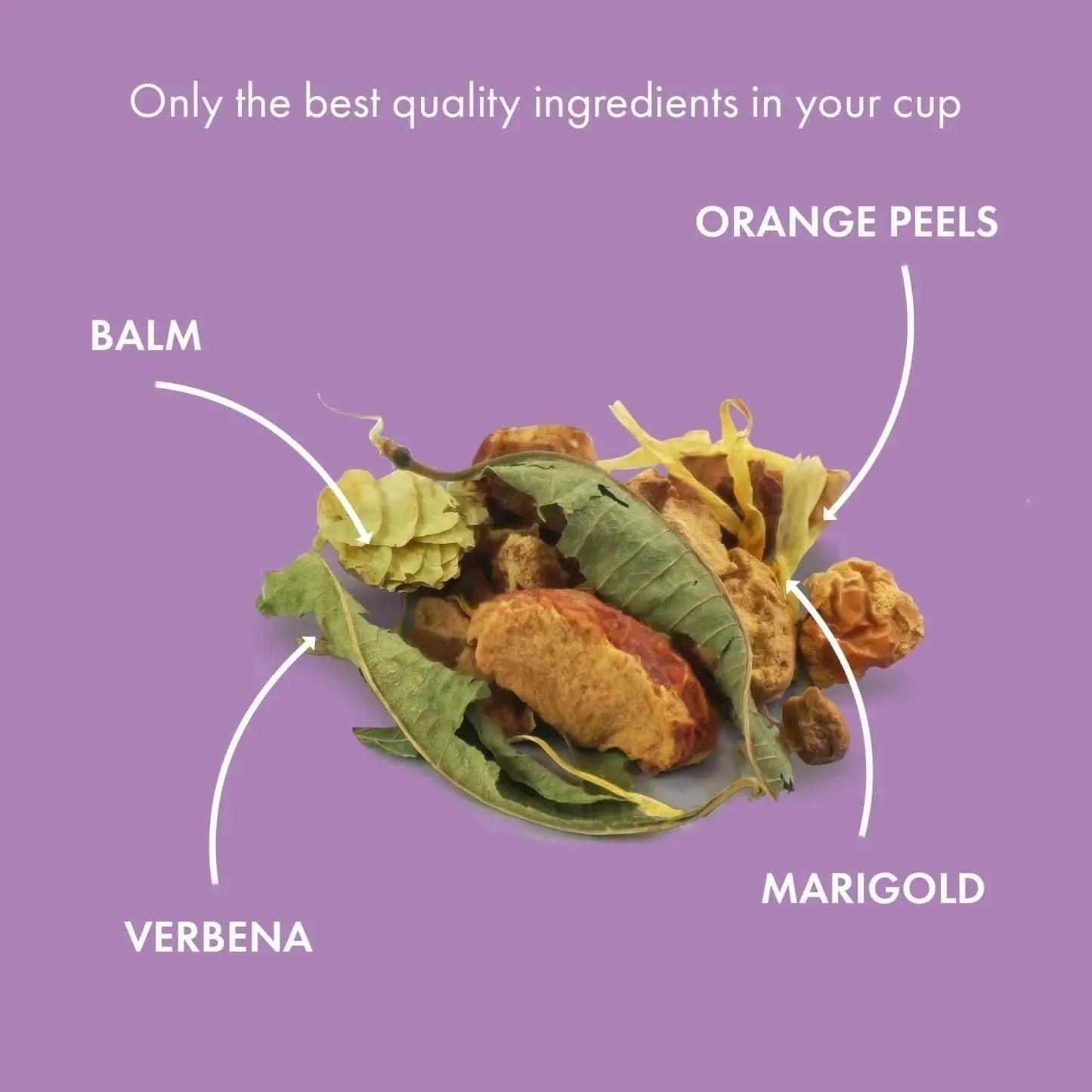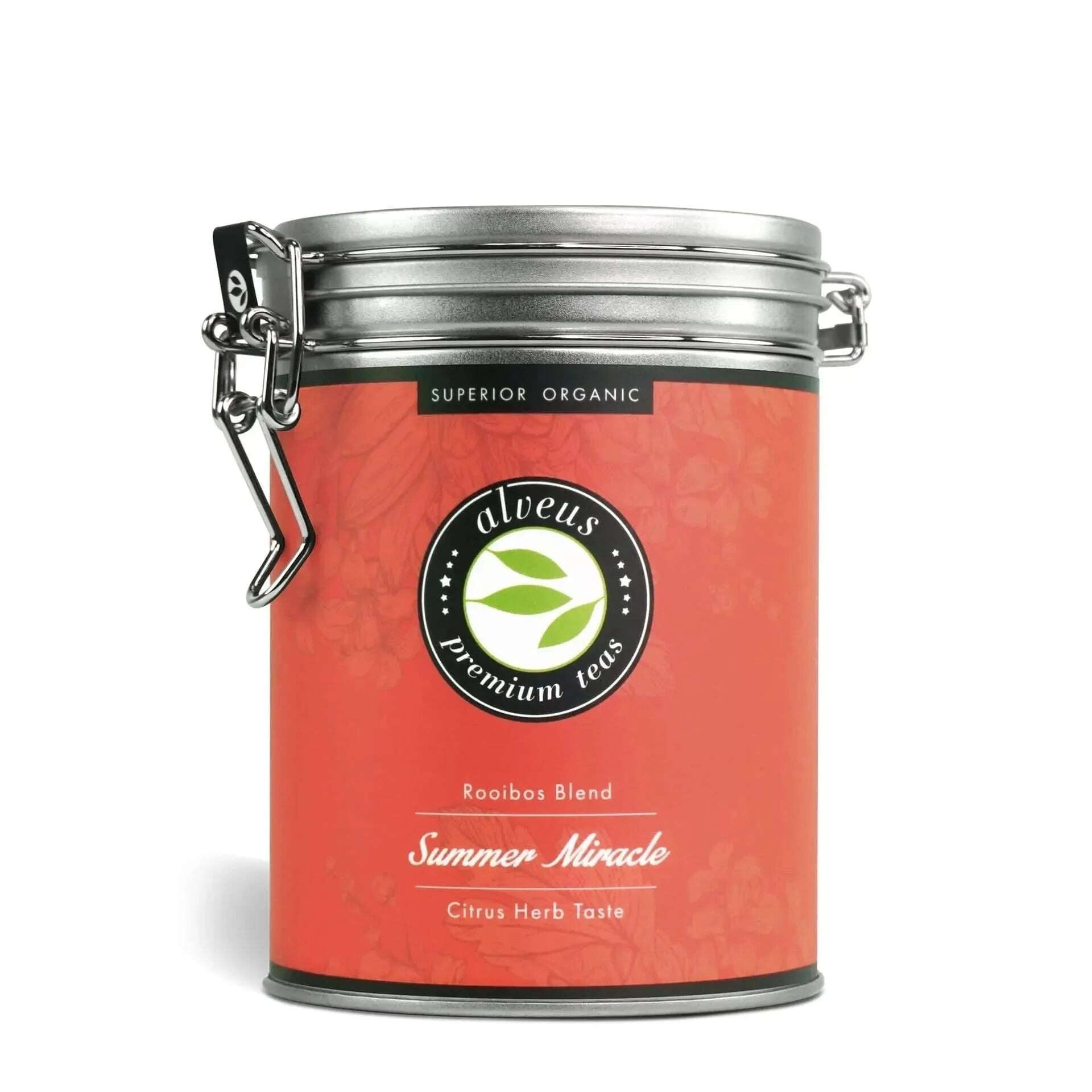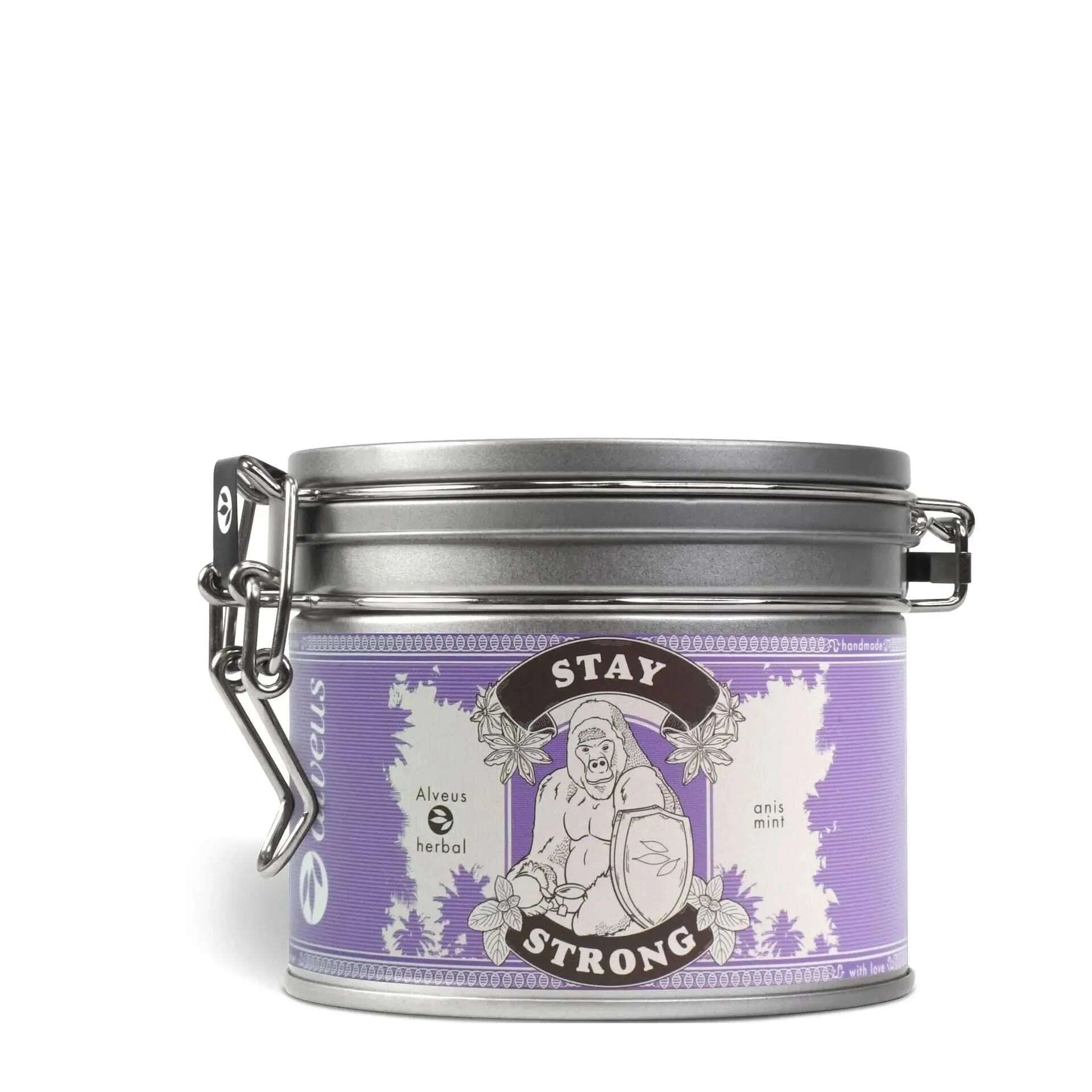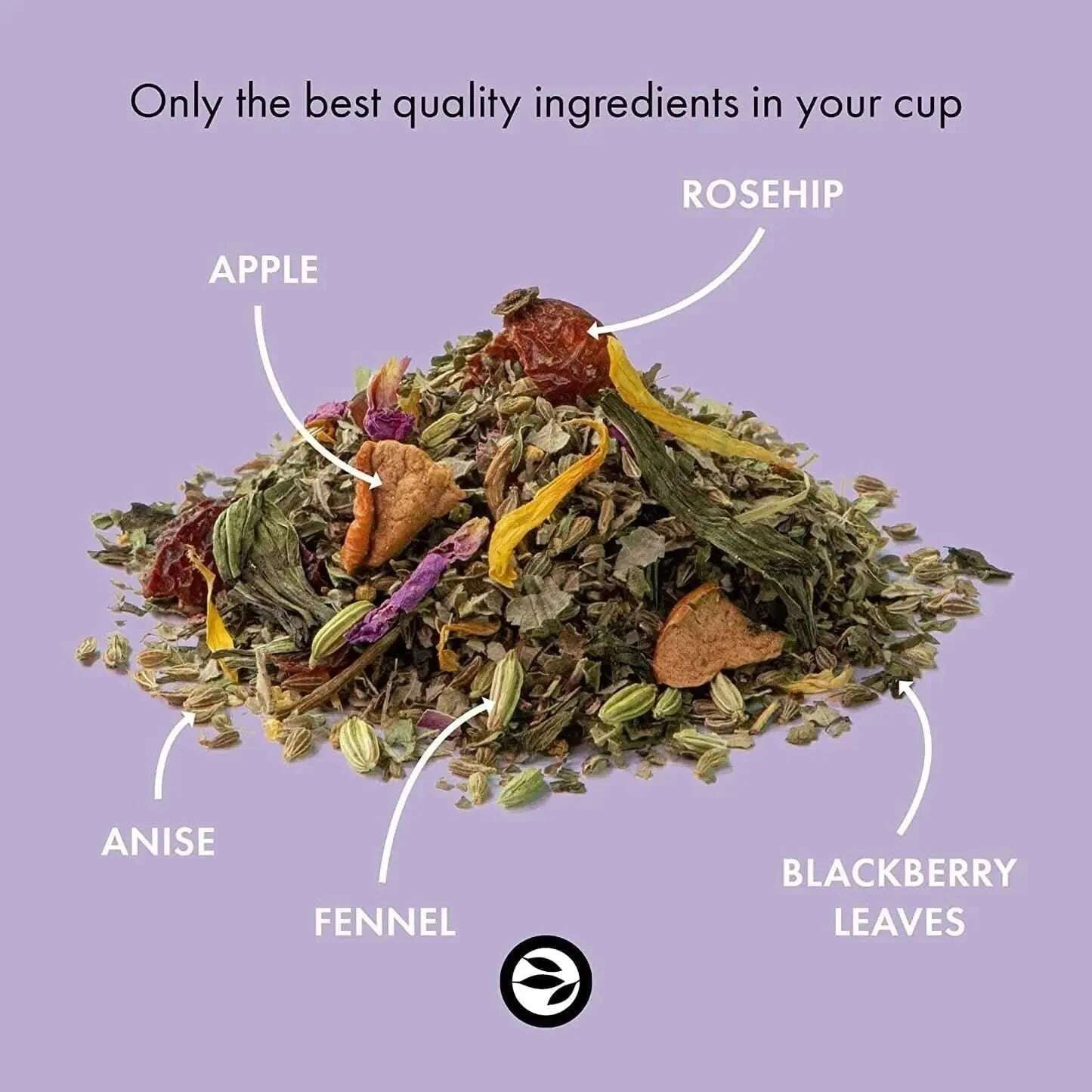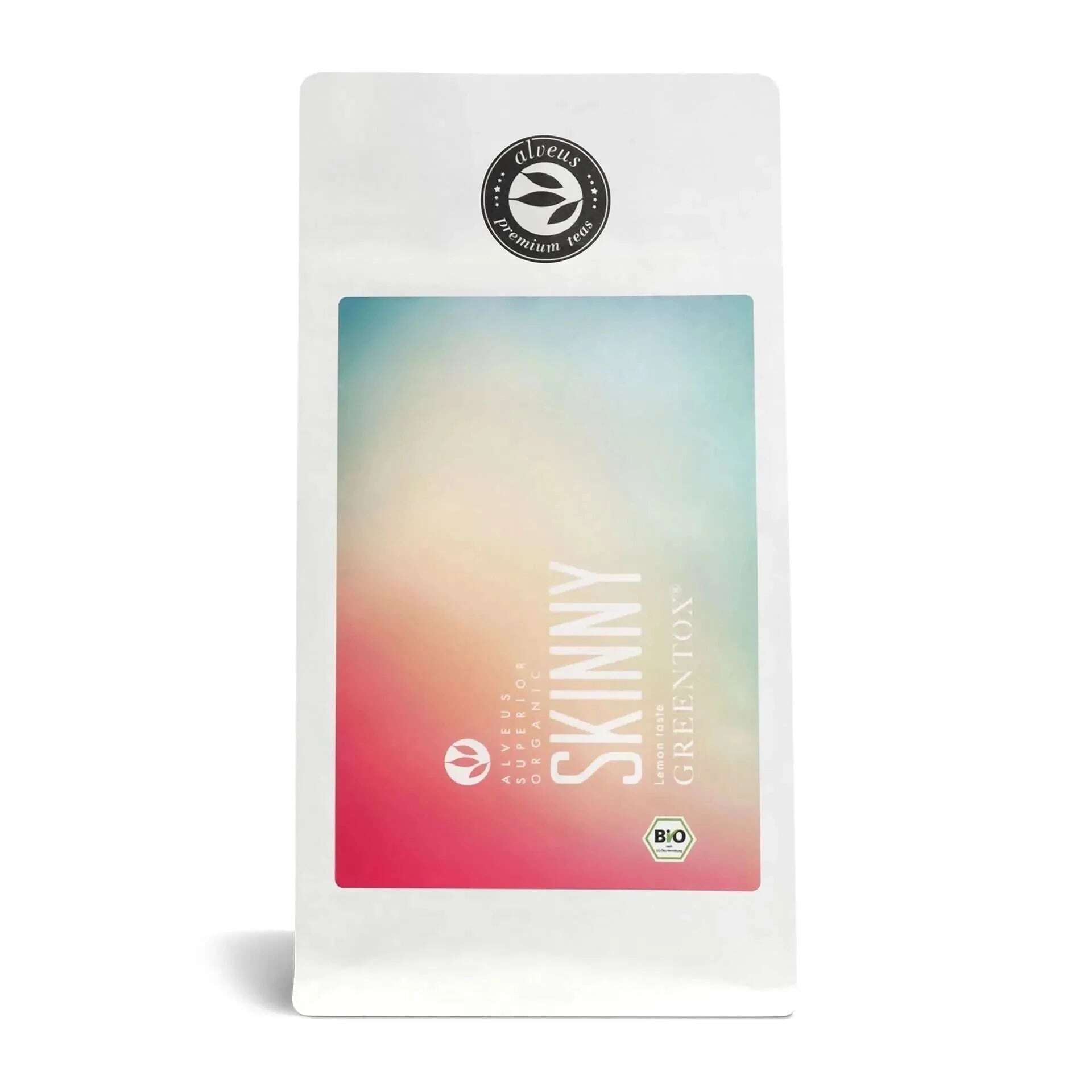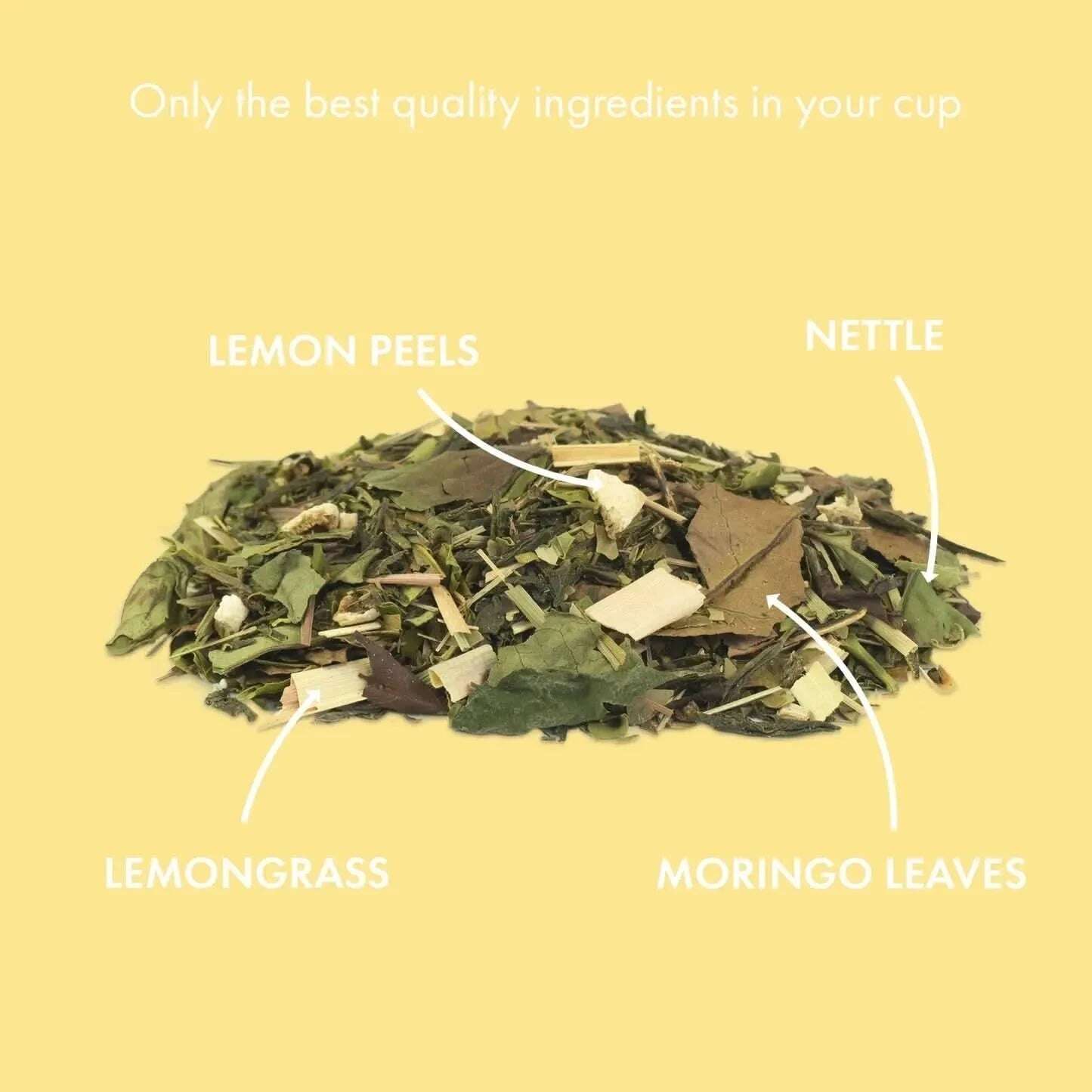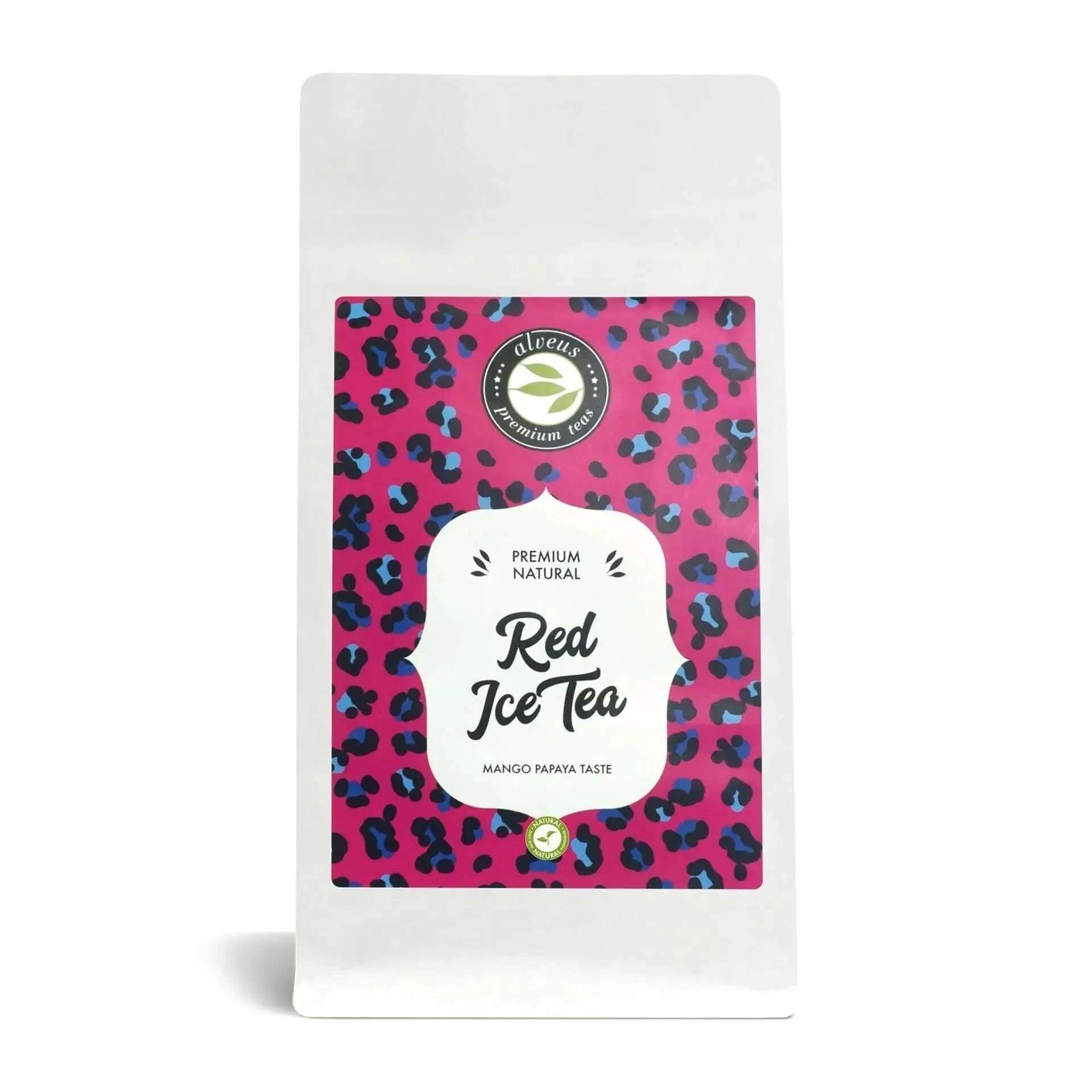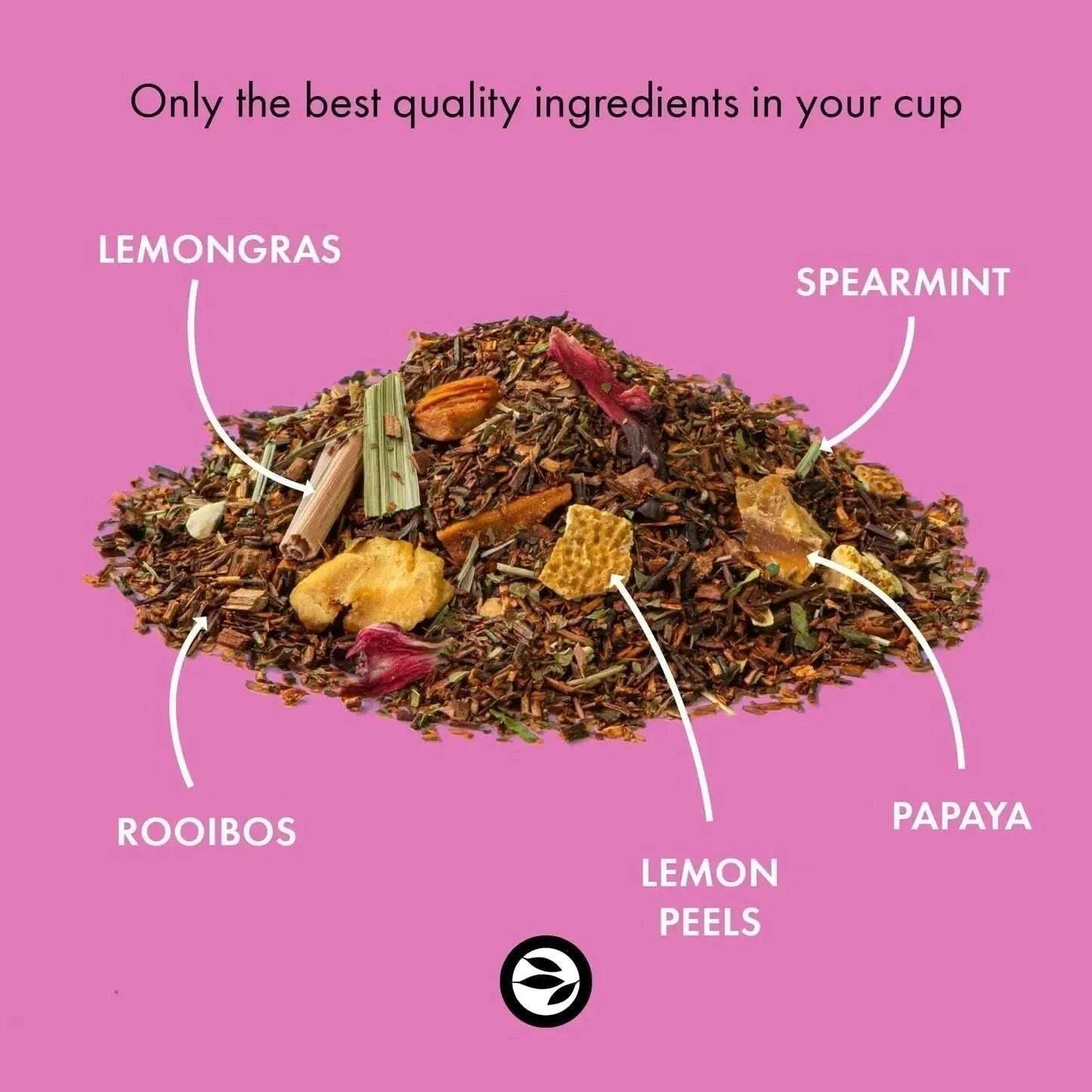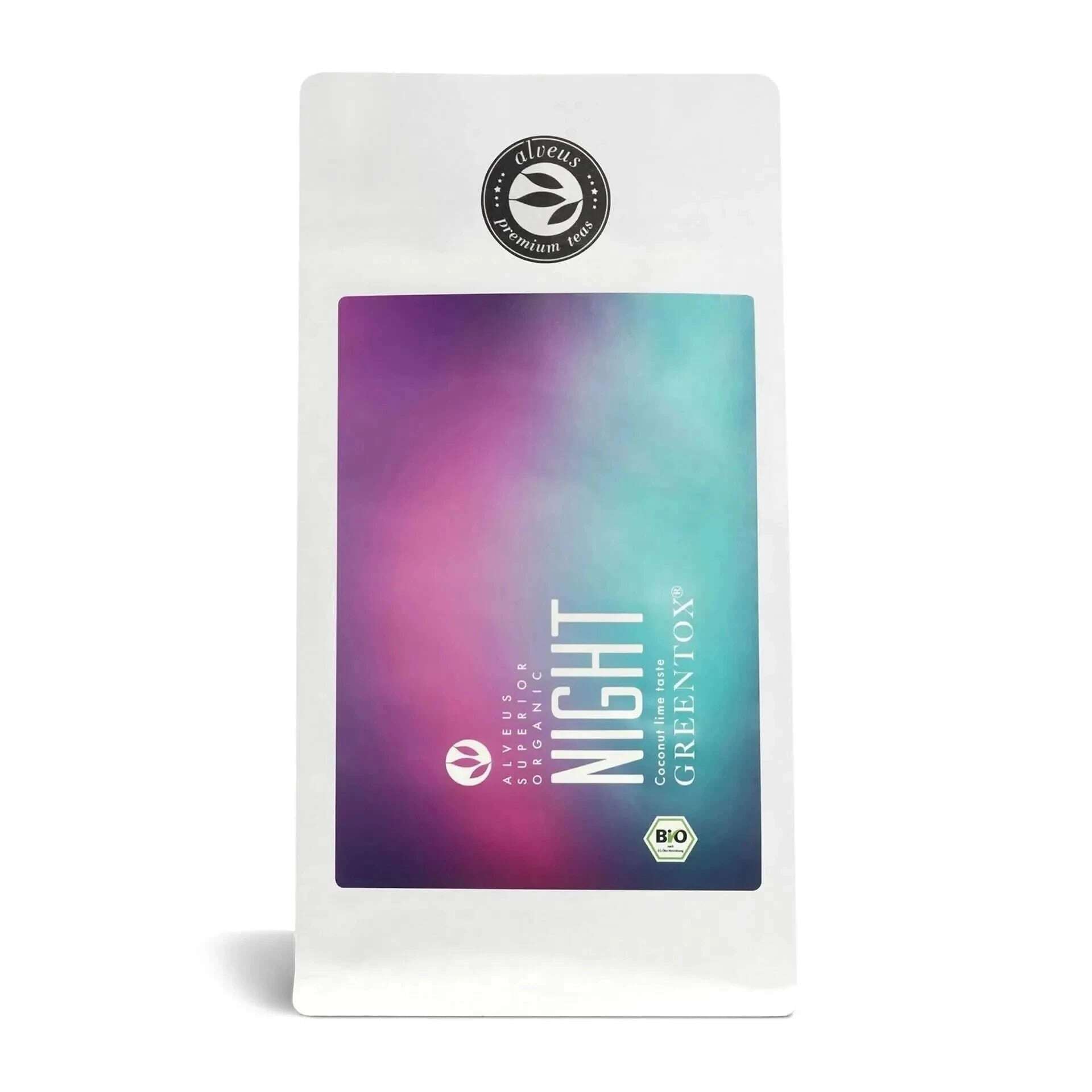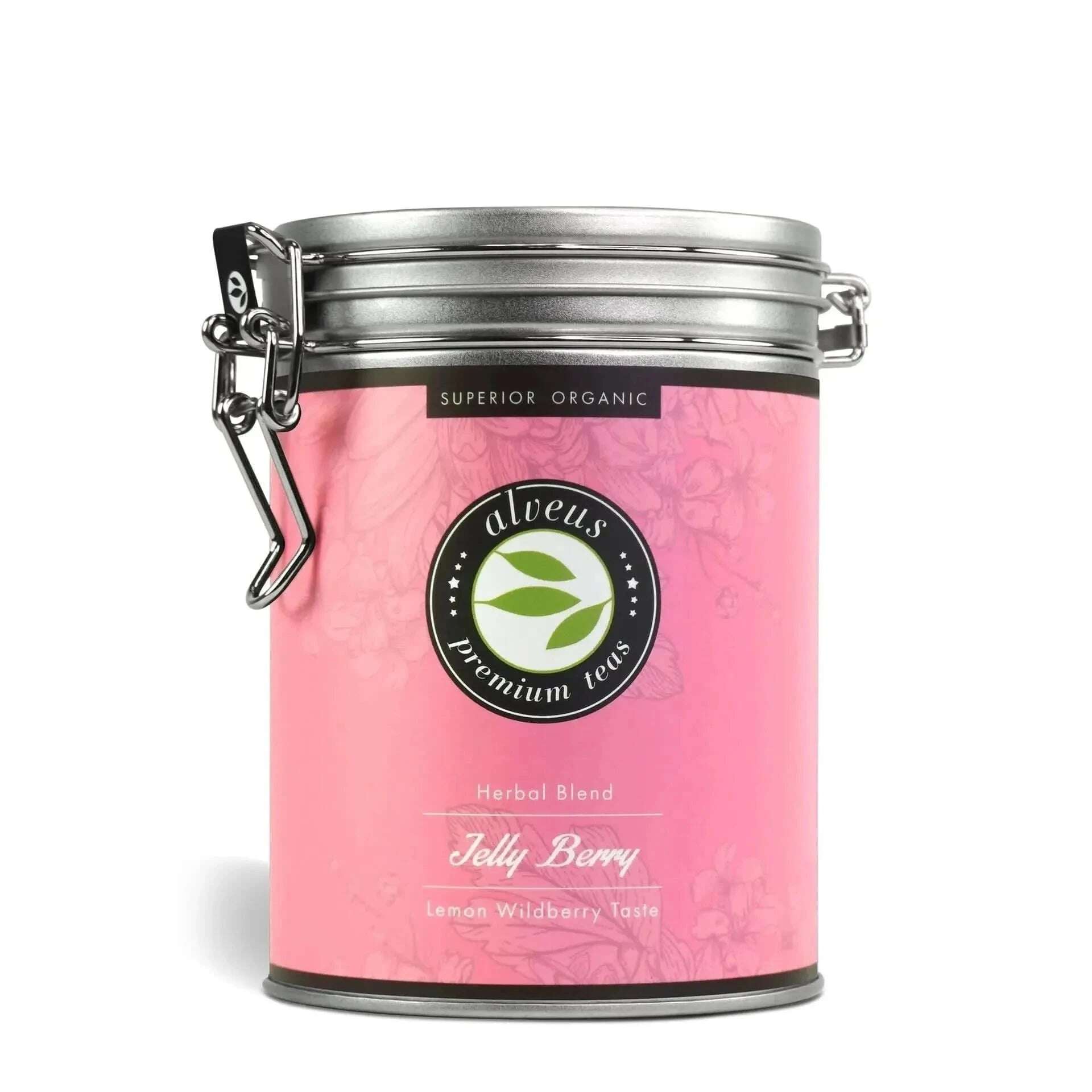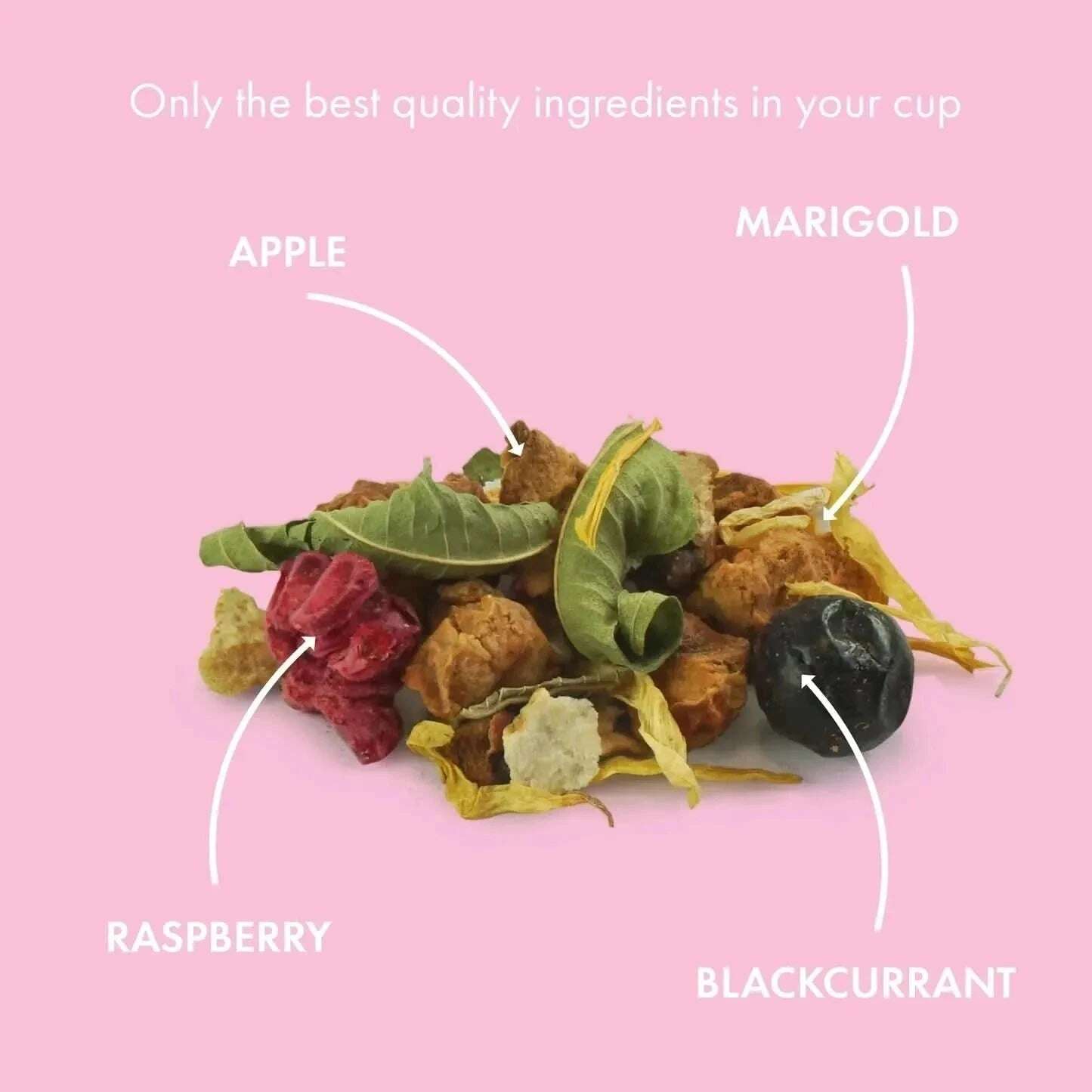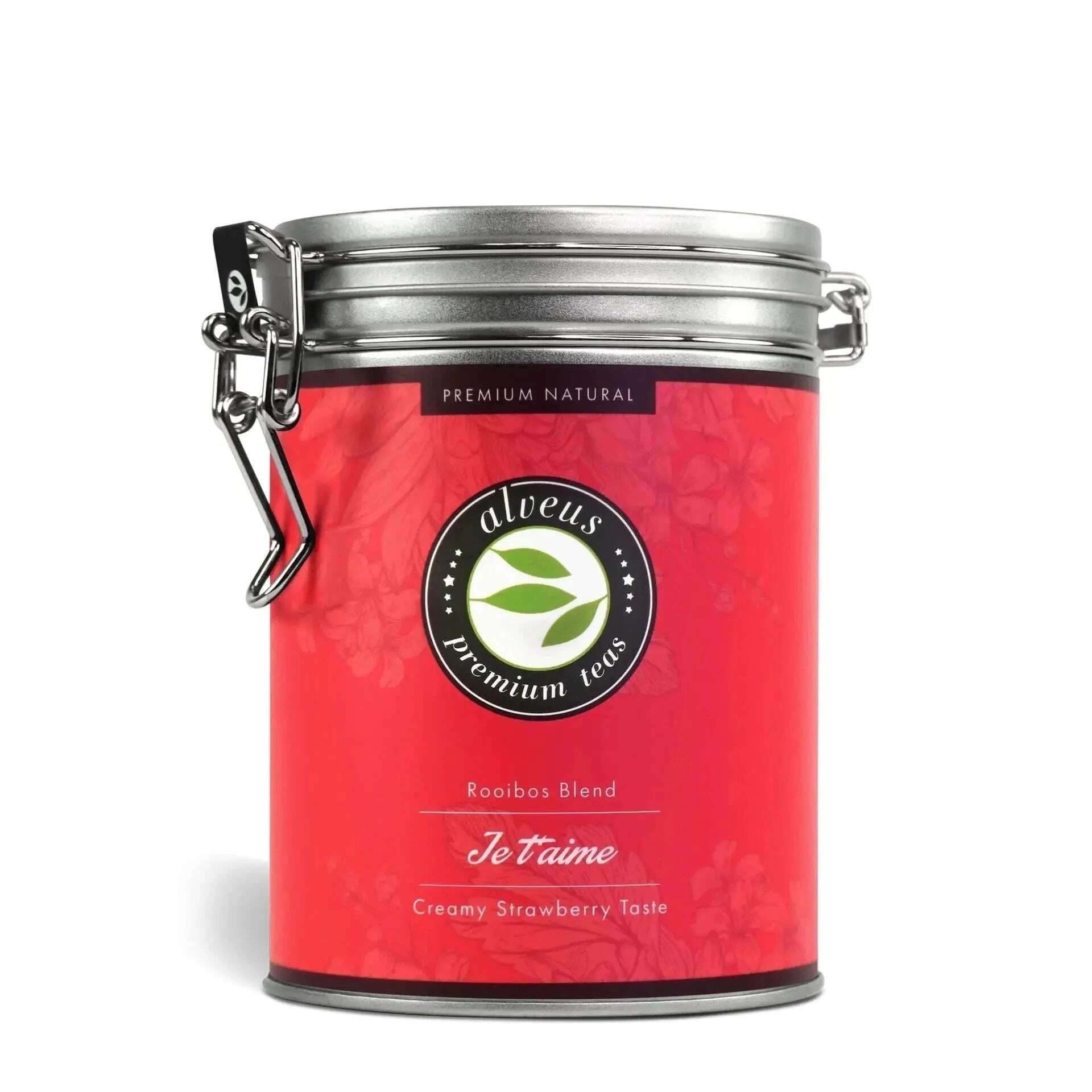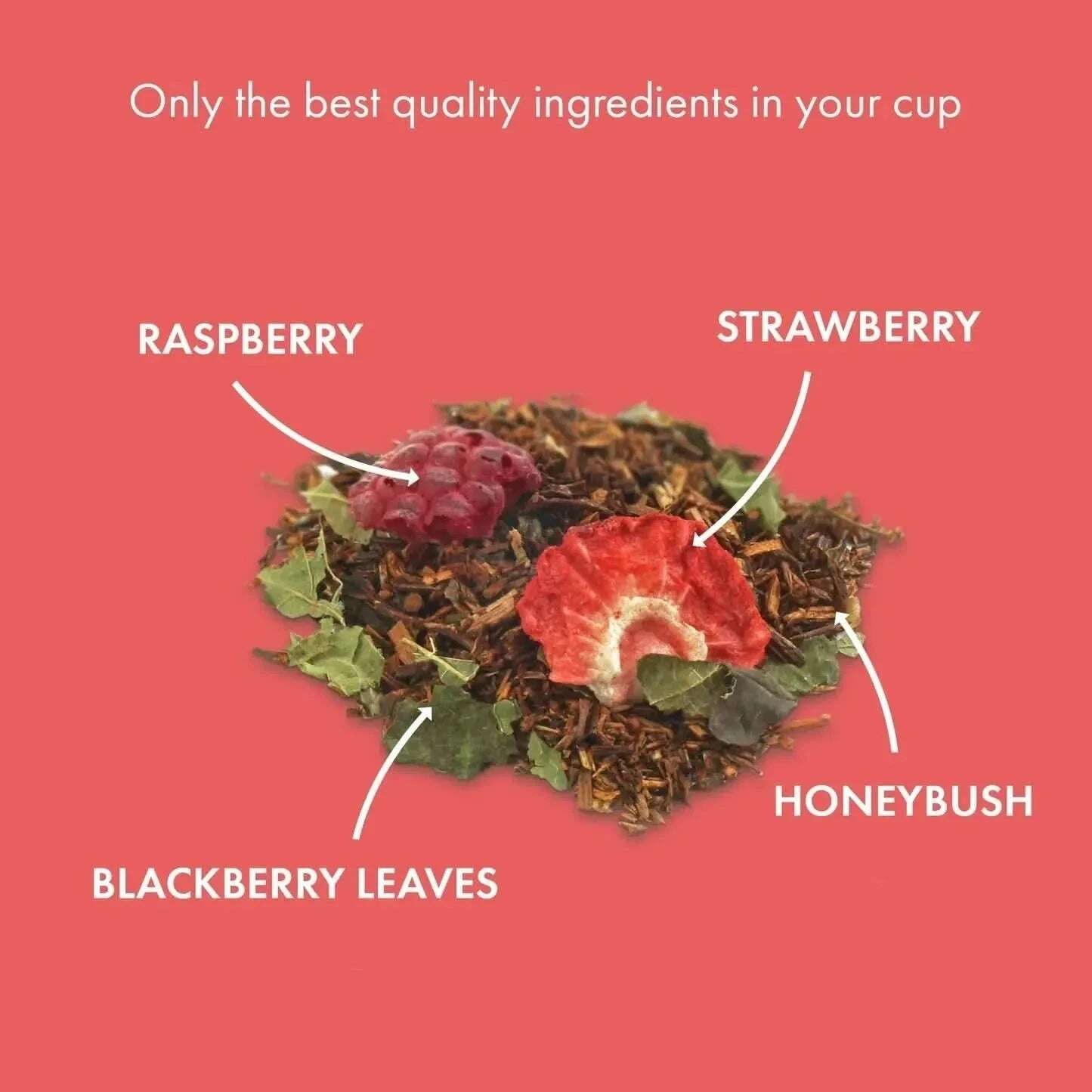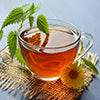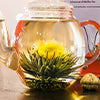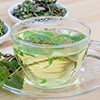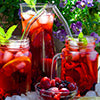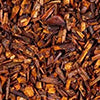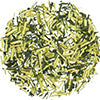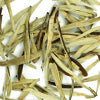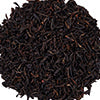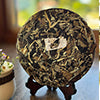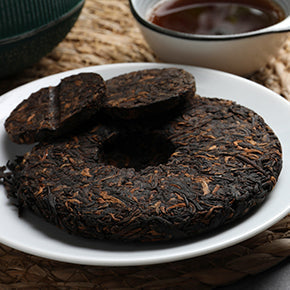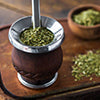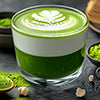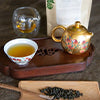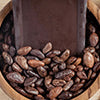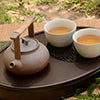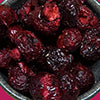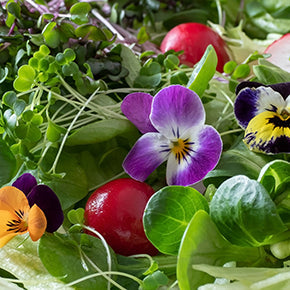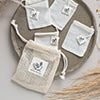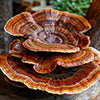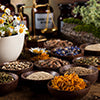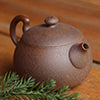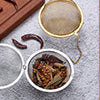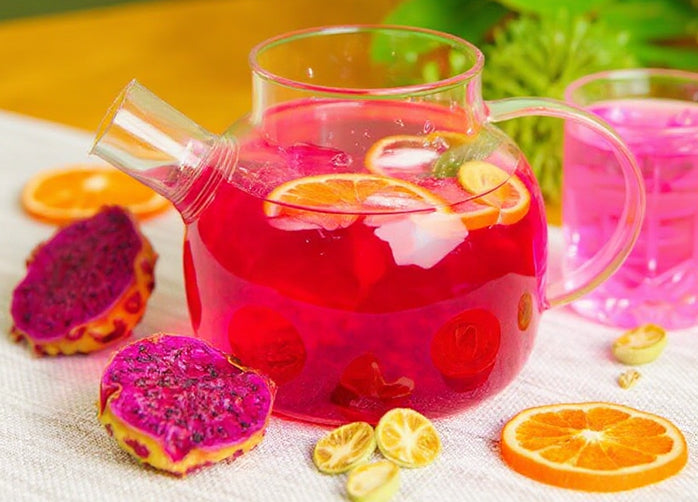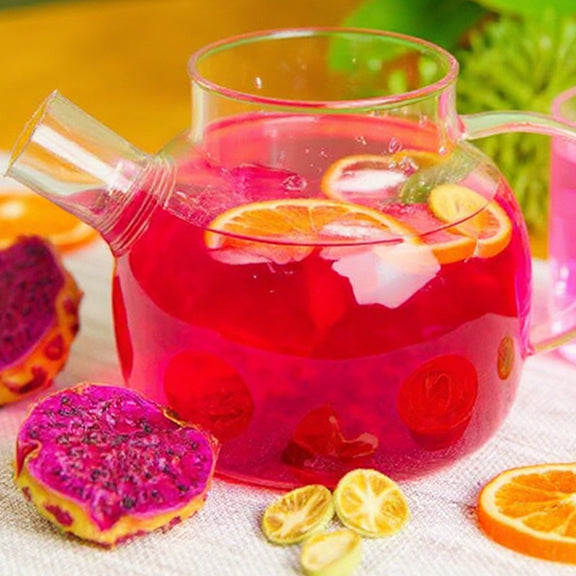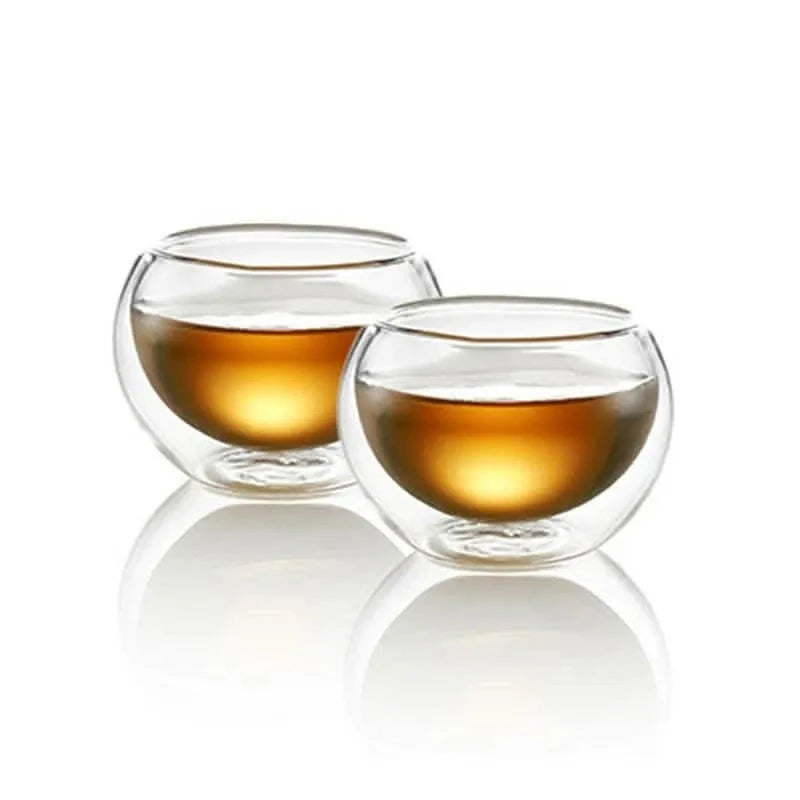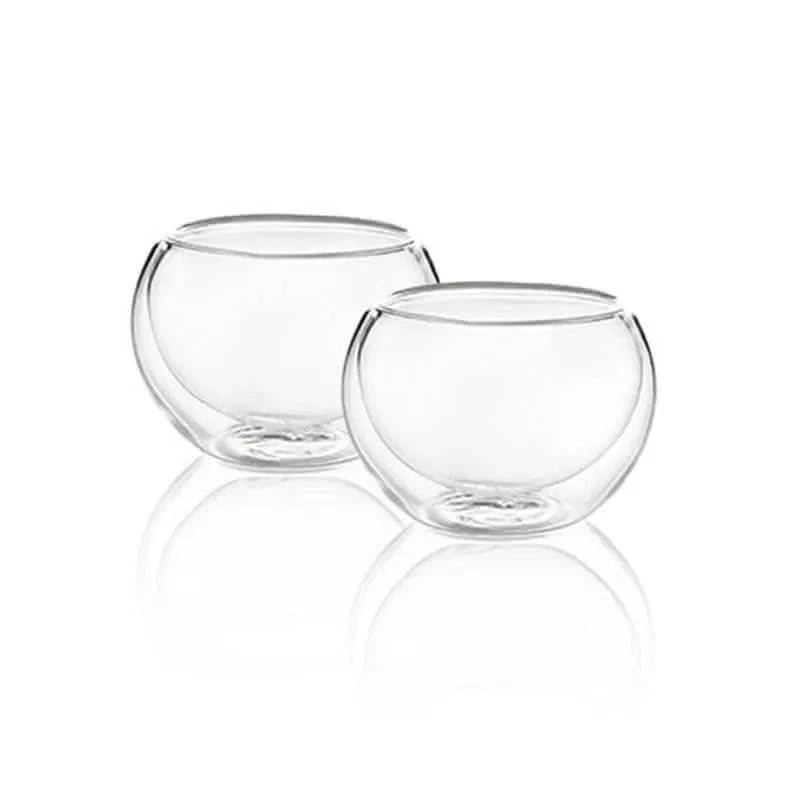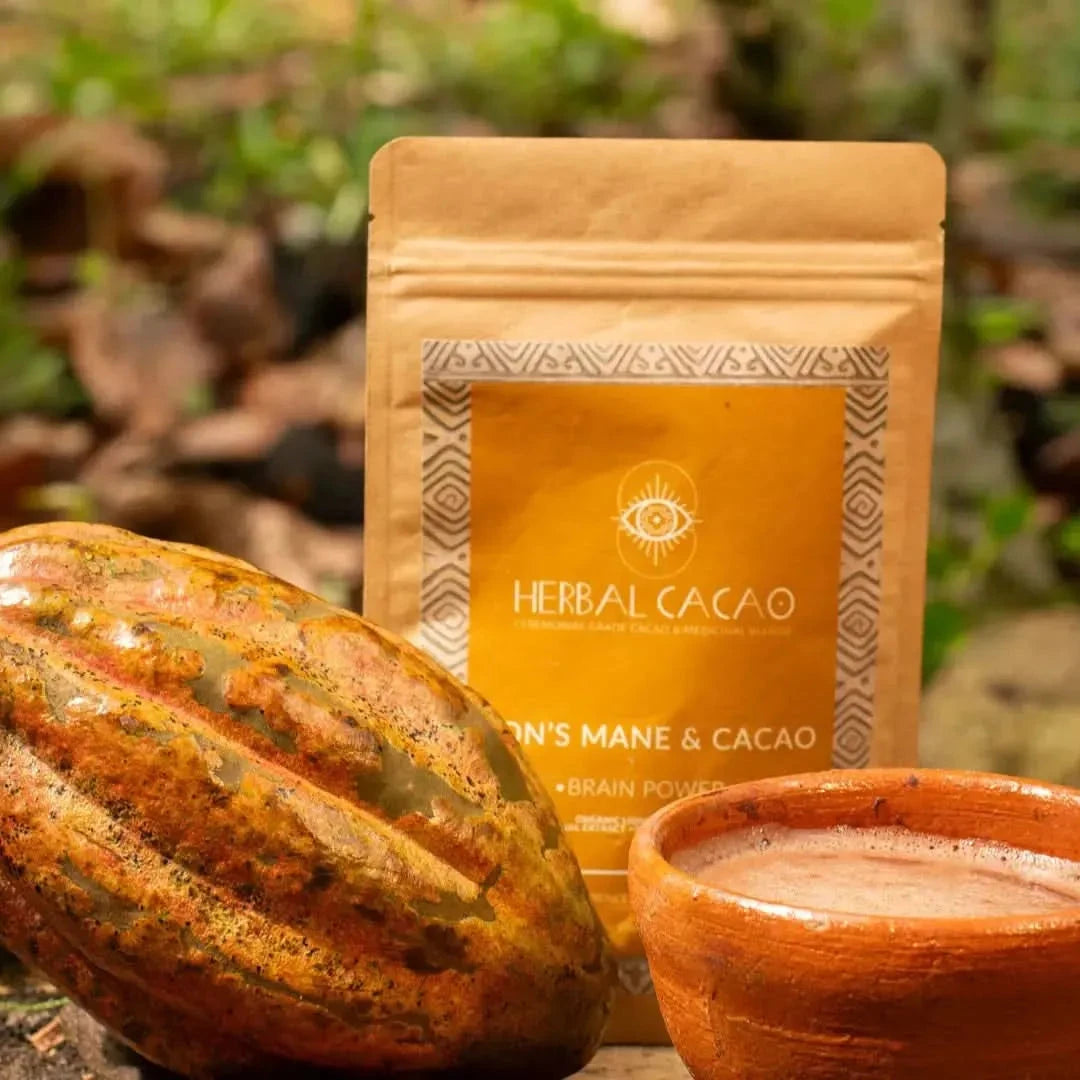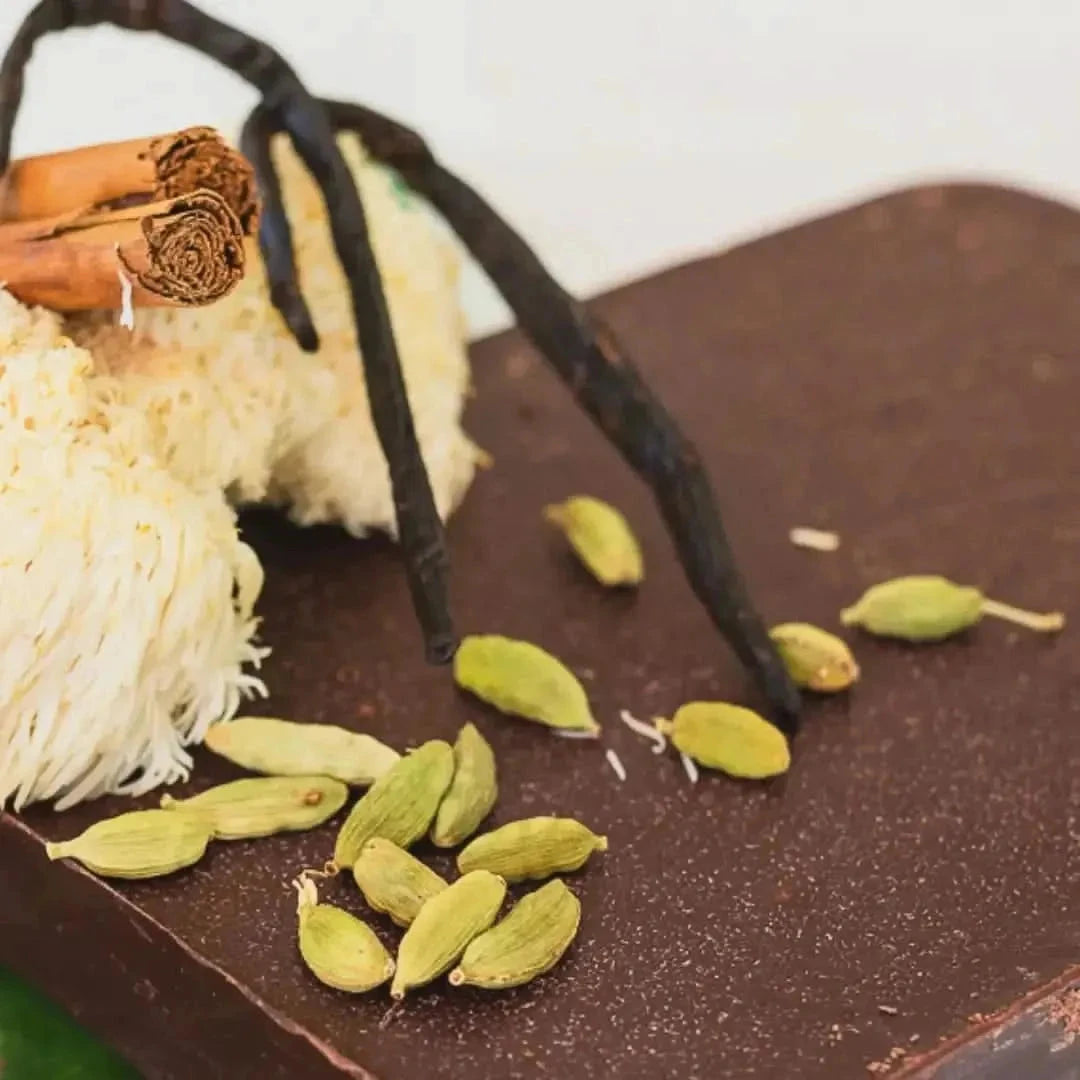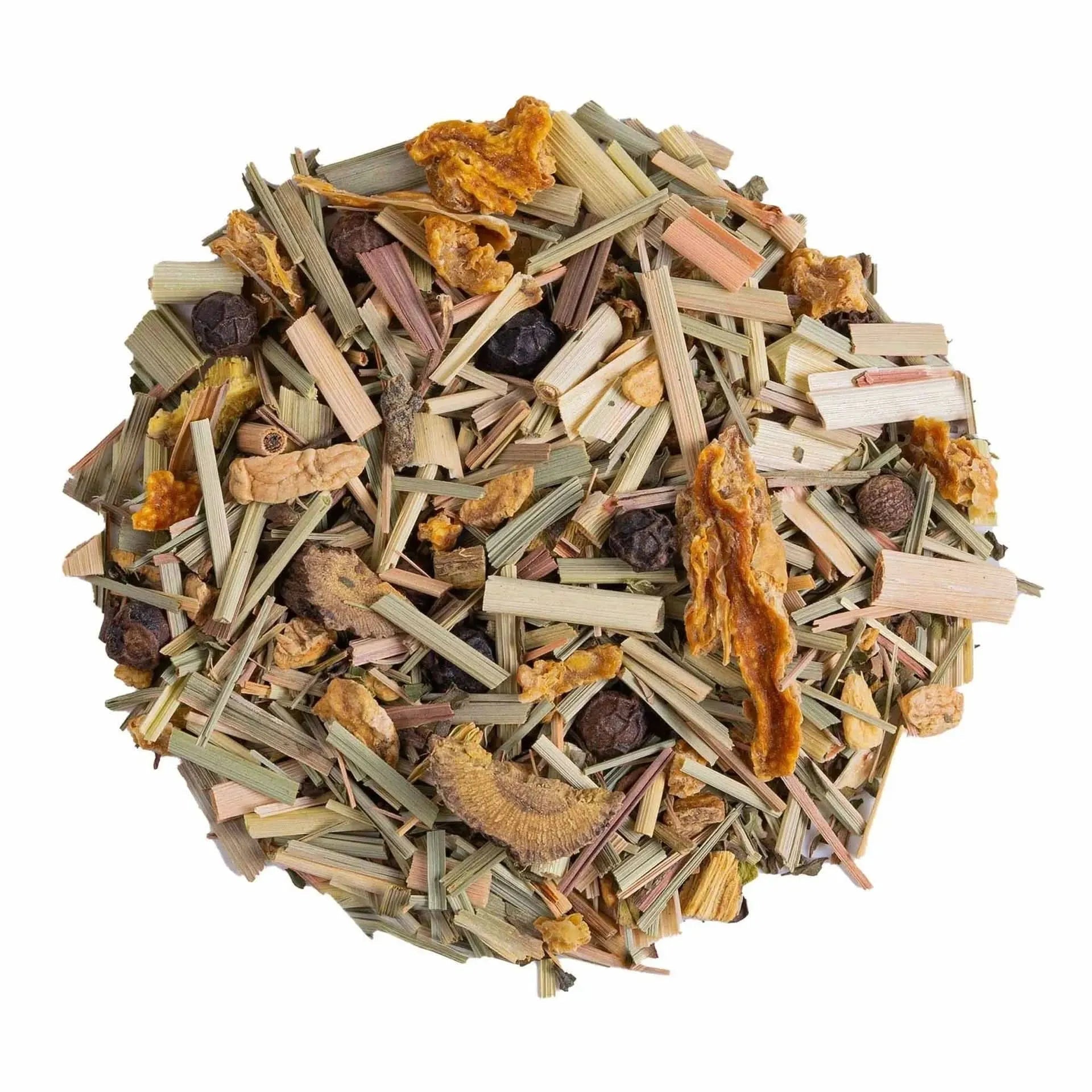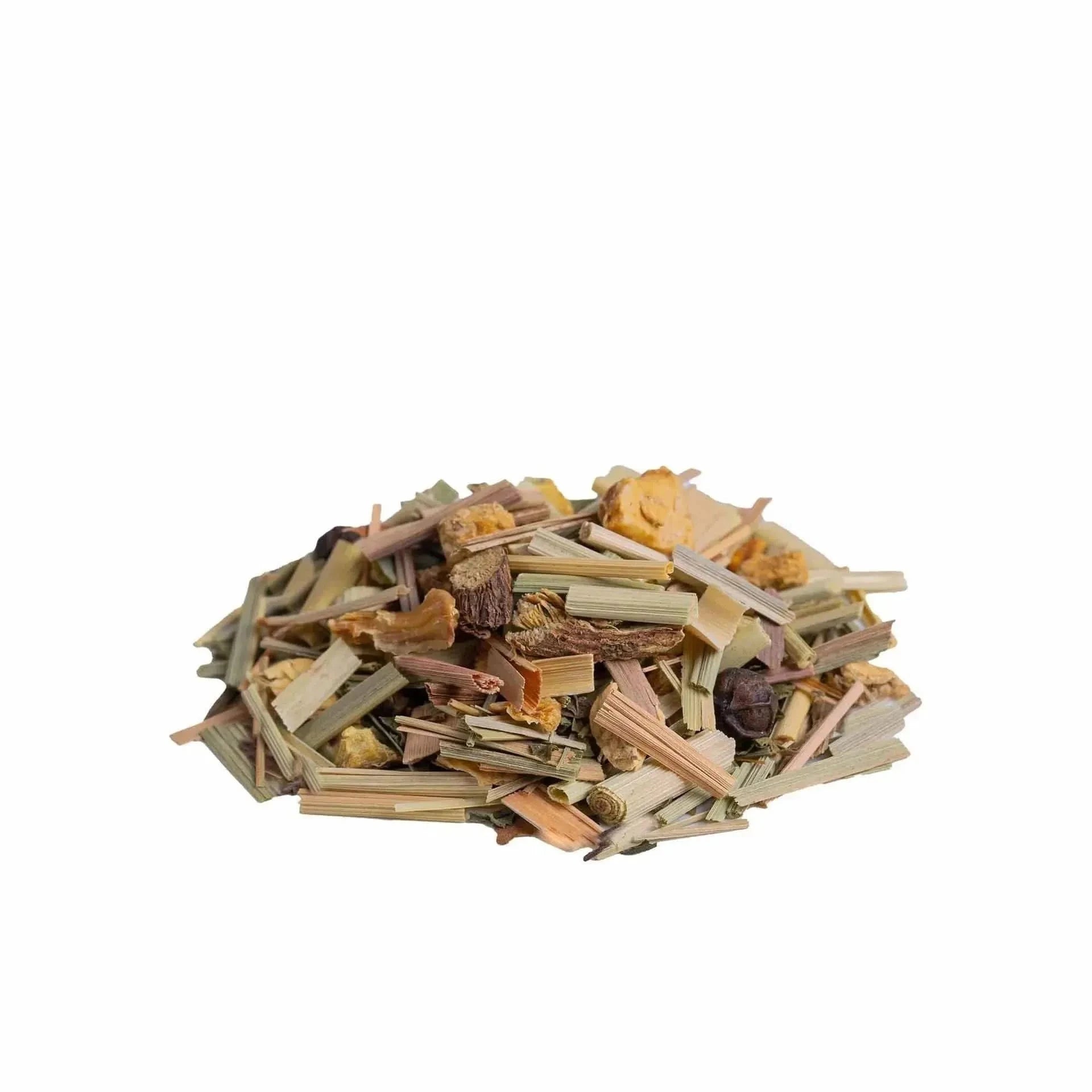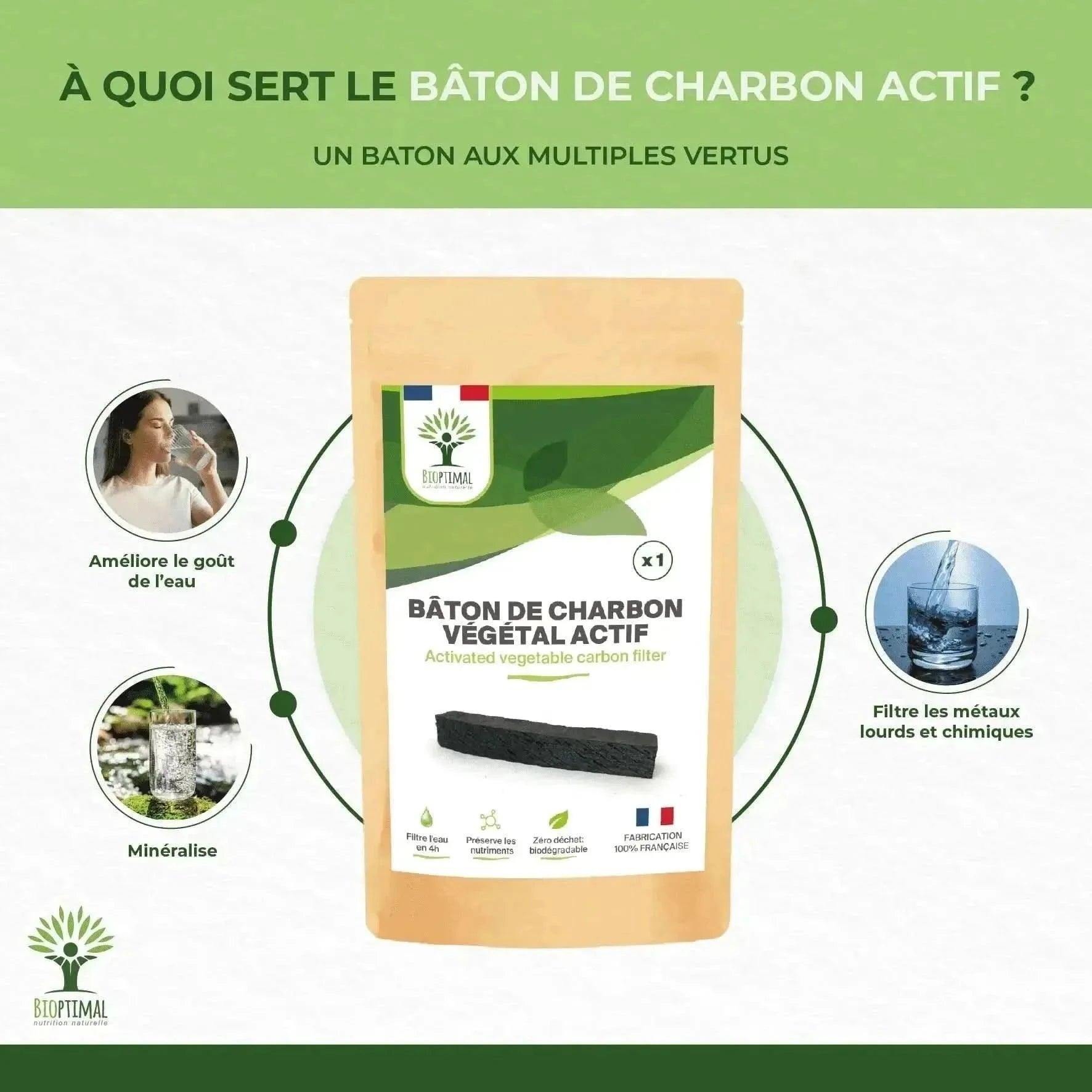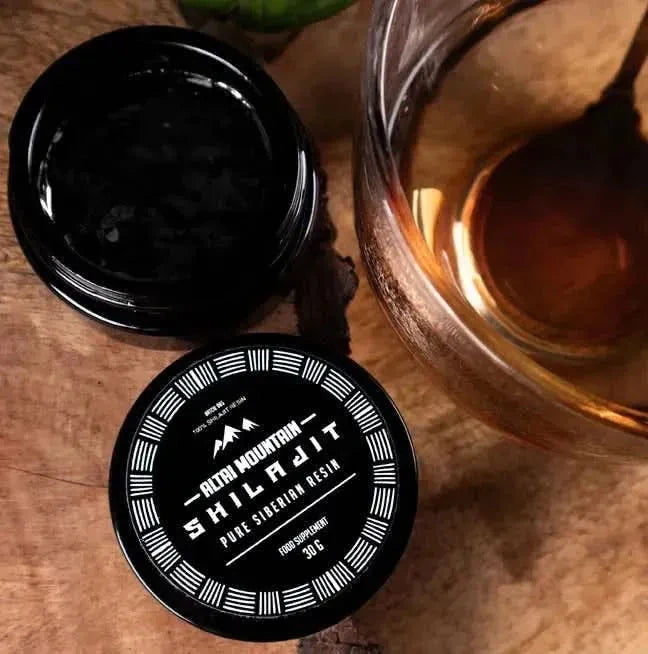Herbal infusion
Filter
Sort by:
Description
Herbal infusions represent one of humanity's oldest botanical relationships, dating back over 5,000 years to ancient Chinese, Egyptian, and Ayurvedic traditions. Unlike true tea from Camellia sinensis, these caffeine-free alternatives derive their properties from diverse plant materialsleaves, flowers, roots, fruits, and barksgathered worldwide. Each infusion category carries unique phytochemical profiles delivering both sensory pleasure and targeted health benefits, refined through generations of traditional knowledge and increasingly validated by modern research.
The art of herbal infusion combines precise preparation with carefully sourced botanicals to create experiences that engage all senses while supporting wellness. From soothing nervines that calm overactive minds to invigorating blends that stimulate digestion, these plant preparations offer natural solutions for modern lifestyles without caffeine's stimulating effects.
Our collection encompasses several distinct categories, each with unique characteristics and preparation requirements. Herbal teas feature foundational botanicals like chamomile, peppermint, and echinacea that have sustained wellness traditions for millennia. Fruity blends merge exceptional flavor with impressive nutritional benefits. Magical teas earn their designation through remarkable visual transformations or traditionally recognized energetic properties. Our premium categories include artisanal blooming teas, indigenous South African rooibos and honeybush, and our proprietary branded blends formulated for specific wellness applications.
Whether seeking therapeutic benefits, exploring global botanical traditions, or simply enjoying exceptional flavor experiences, our infusion collection offers centuries of ethnobotanical wisdom in each cupconnecting us to our botanical heritage while providing natural support for contemporary health needs.
Types
Herbal Tea
These foundational botanical brews have sustained wellness traditions across continents for millennia, with evidence of medicinal herb use appearing in the earliest written medical texts. Each herb delivers distinct therapeutic compounds through carefully calibrated extraction methods that preserve volatile oils and delicate phytochemicals. Modern research increasingly validates traditional applications by identifying specific bioactive compounds responsible for observed benefits.
- Chamomile: Rich in apigenin and bisabolol that promote relaxation, sleep quality, and digestive comfort through direct action on the central nervous system and gastrointestinal tract.
- Peppermint: Contains menthol and rosmarinic acid supporting digestive function through antispasmodic effects on smooth muscle tissue while providing cooling sensation and antimicrobial properties.
- Lemon Balm: Features citral, citronellal and rosmarinic acid enhancing mood, cognitive function, and stress resilience through modulation of GABA pathways and acetylcholine regulation.
- Lavender: Provides linalool and linalyl acetate that soothe nervous tension, support sleep quality, and reduce anxiety through interaction with neurotransmitter systems.
- Echinacea: Delivers alkamides, polysaccharides, and flavonoids strengthening immune response through increased white blood cell production and enhanced macrophage activity.
- Ginger: Offers gingerols and shogaols that warm circulation, invigorate digestion, and reduce inflammation through multiple enzymatic pathways.
- Nettle: Supplies minerals, chlorophyll, and histamine-modulating compounds supporting detoxification, reducing allergic response, and providing nutritive benefits.
- Dandelion: Provides taraxacum and inulin supporting liver function, gentle detoxification, and prebiotic gut health.
Fruity Blends
These vibrant, refreshing infusions merge exceptional flavor experiences with impressive nutritional benefits. Unlike commercial fruit drinks containing minimal actual fruit content and added sweeteners, authentic fruit infusions provide genuine fruit compounds through careful dehydration and blending processes that preserve volatile aromatics and beneficial phytochemicals. Their tangy, sweet profiles often require no additional sweetening while delivering significant antioxidant capacity, vitamins, and soluble fiber.
- Hibiscus Paradise: Deep crimson infusion featuring Egyptian hibiscus blossoms, rosehips, and elderberries delivering cardiovascular benefits through anthocyanins and organic acids with clinically-verified blood pressure modulation.
- Berry Medley Fusion: Complex blend of blackcurrants, elderberries, blueberries, and aronia creating a deep purple brew exceptionally rich in anthocyanins, flavonoids, and vitamin C supporting immune function and antioxidant protection.
- Citrus Harmony: Bright, uplifting combination of lemon peel, orange segments, lemongrass, and lemon verbena providing vitamin C, limonene, and citral compounds that stimulate metabolism and support immune function.
- Tropical Paradise: Exotic combination of pineapple, mango, coconut, and passion fruit creating a vacation-like sensory experience while delivering bromelain enzymes and carotenoid antioxidants.
- Alpine Berry: Mountain-inspired blend featuring wild strawberries, raspberries, and blackberries with complementary rose petals and vanilla, offering polyphenols that support vascular health.
- Orchard Harvest: Nostalgic blend of apple pieces, cinnamon, and caramelized pear delivering pectin fiber, quercetin, and warming spice compounds supporting digestive health and comfort.
Magical Tea
These extraordinary botanicals earn their "magical" designation through remarkable visual transformations, unusual sensory effects, or traditionally recognized energetic properties. Many were historically reserved for ceremonial or ritual contexts across various cultures, where their unique characteristics symbolized transformation or heightened consciousness. While contemporary appreciation focuses primarily on their aesthetic and wellness contributions, these remarkable plants connect us to ancient traditions that recognized certain botanicals as particularly powerful or significant.
- Butterfly Pea Flower: Stunning indigo blossoms creating a remarkable deep blue infusion that transforms to vibrant purple or pink with the addition of citrus through anthocyanin pH reaction; traditionally used in Thai ceremonies while providing significant antioxidant and cognitive support.
- Egyptian Blue Lotus: Sacred aquatic flower central to ancient Egyptian spiritual practices; contains mild psychoactive compounds including aporphine and nuciferine promoting relaxation and enhanced sensory appreciation.
- Ginkgo Biloba: Leaves from the world's oldest tree species, dating back 270 million years and considered sacred in Eastern traditions; contains ginkgolides and bilobalides enhancing microcirculation in the brain, supporting cognitive function and memory.
- Damiana: Aromatic shrub from Central America traditionally used for mood enhancement; contains compounds influencing hormone regulation and nervous system function promoting overall wellbeing and emotional balance.
- Marshmallow Leaf: Traditional European herb containing remarkable mucilage compounds creating a distinctive slippery, cooling sensation while soothing mucous membranes throughout digestive and respiratory systems.
- Skullcap: Powerful nervine from North American indigenous traditions; contains scutellarin and baicalin compounds modulating GABA receptors in the brain, providing remarkable calming effects without sedation.
Benefits
Stress Relief and Relaxation
Contemporary life's chronic stress patterns create numerous health challenges effectively addressed by nervine herbs. Compounds like apigenin in chamomile and linalool in lavender interact with GABA neurotransmitters to promote calmness without sedation. Clinical studies show these botanicals reduce cortisol levels while improving well-being measurements. Regular consumption creates cumulative benefits through nervous system regulation rather than temporary symptom masking, offering sustainable stress management without pharmaceutical side effects.
Digestive Support
The enteric nervous system (our "second brain") responds remarkably well to botanical intervention. Carminative herbs like peppermint, ginger, and fennel provide immediate relief through antispasmodic effects on gastrointestinal tissue, reducing cramping and discomfort. Their volatile oils demonstrate antimicrobial properties against problematic gut bacteria while preserving beneficial flora. Bitter herbs stimulate digestive secretions and peristalsis, improving overall digestive efficiency. Multiple clinical trials confirm these applications, with peppermint showing efficacy comparable to conventional IBS medications.
Immune Enhancement
Botanical immune modulators work through sophisticated pathways enhancing normal immune function rather than simply stimulating or suppressing activity. Echinacea increases macrophage activity and natural killer cell production while elderberry contains anthocyanins inhibiting viral reproduction by blocking hemagglutinin. Rose hips provide exceptional vitamin C concentrations alongside bioflavonoids enhancing absorption. These complementary mechanisms create comprehensive immune support for both acute and preventative applications.
Antioxidant Protection
Herbal infusions provide remarkable free radical neutralization through diverse polyphenols unavailable elsewhere. Rooibos contains rare antioxidants like aspalathin with exceptional ORAC values, while hibiscus anthocyanins demonstrate efficacy against lipid peroxidation, protecting cellular membranes. Berry polyphenols cross the blood-brain barrier, offering neuroprotection. Regular consumption correlates with reduced markers of oxidative stress in clinical measurements and epidemiological studies linking herbal tea consumption with reduced age-related degeneration.
Cardiovascular Benefits
Several herbal infusions demonstrate significant cardiovascular support through multiple mechanisms. Hibiscus shows remarkable ability to modulate blood pressure through ACE-inhibition pathways similar to certain prescription medications but without side effects. Hawthorn provides both acute and long-term benefits through improved coronary blood flow and antioxidant protection of cardiac tissues. Berry anthocyanins improve vascular elasticity through nitric oxide modulation, while rooibos demonstrates cholesterol-modulating effects in clinical studies.
Instructions
Preparation Parameters
Different plant materials release beneficial compounds under varying conditions, requiring preparation techniques tailored to specific botanical categories:
- Herbal Teas:
- Water temperature: 90-95°C preserves volatile essential oils while extracting water-soluble compounds
- Steeping time: 5-10 minutes allows complete compound extraction; longer steeping (10-15 minutes) maximizes medicinal potency
- Cover while steeping to prevent volatile oil evaporation
- Fruity Blends:
- Water temperature: 85-90°C protects delicate fruit acids and aromatics
- Steeping time: 5-7 minutes achieves optimal flavor balance
- Cold infusion option: Place 1.5x normal amount in cold water, refrigerate 4-8 hours for exceptional flavor
- Magical Tea:
- Water temperature: 90°C balances extraction without damaging color compounds
- pH considerations: Citrus addition dramatically alters colors through anthocyanin reactions
Blooming Tea Parameters
- Water temperature: 85°C preserves visual integrity of the bloom structure
- Vessel requirements: Clear glass teapot allows full visual appreciation
- Full unfurling time: 3-5 minutes for complete bloom development
- Viewing duration: Blooms remain visually appealing for 24-48 hours
Storage Requirements
- Temperature: 18-22°C maintains optimal compound preservation
- Humidity: Below 60% prevents moisture absorption
- Light protection: Opaque containers prevent photodegradation
- Airtight containers: Essential for preserving volatile aromatic compounds
- Shelf life: Properly stored whole herbs maintain potency 12-24 months; cut materials 6-12 months; powders 3-6 months
Therapeutic Considerations
- Standard wellness consumption: 1-3 cups daily provides general support
- Acute protocols: Increased frequency (up to 5-6 cups daily) for temporary intensive support
- Physiological timing: Morning for stimulating herbs, evening for relaxing varieties
FAQs

